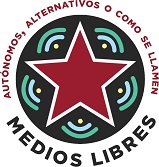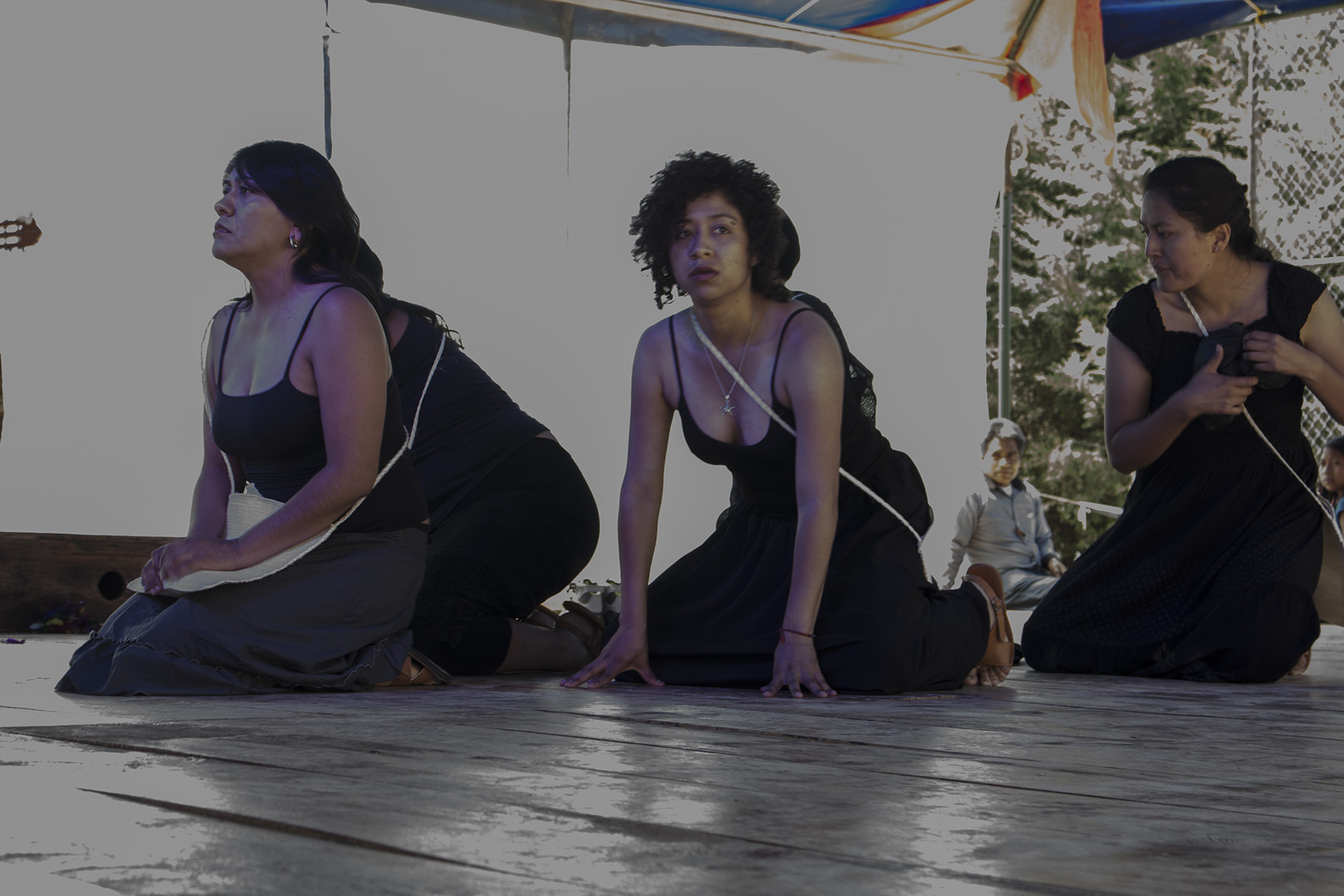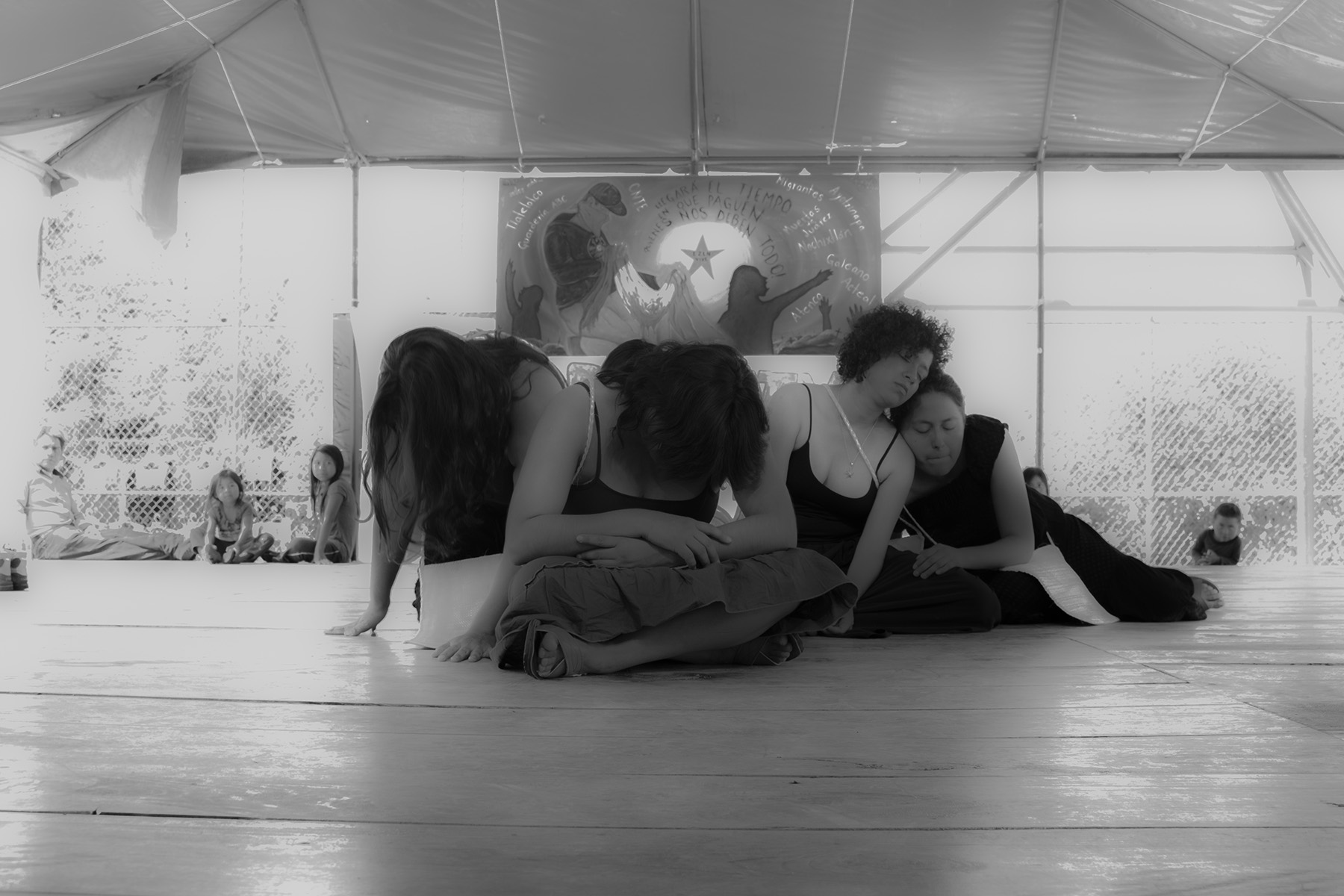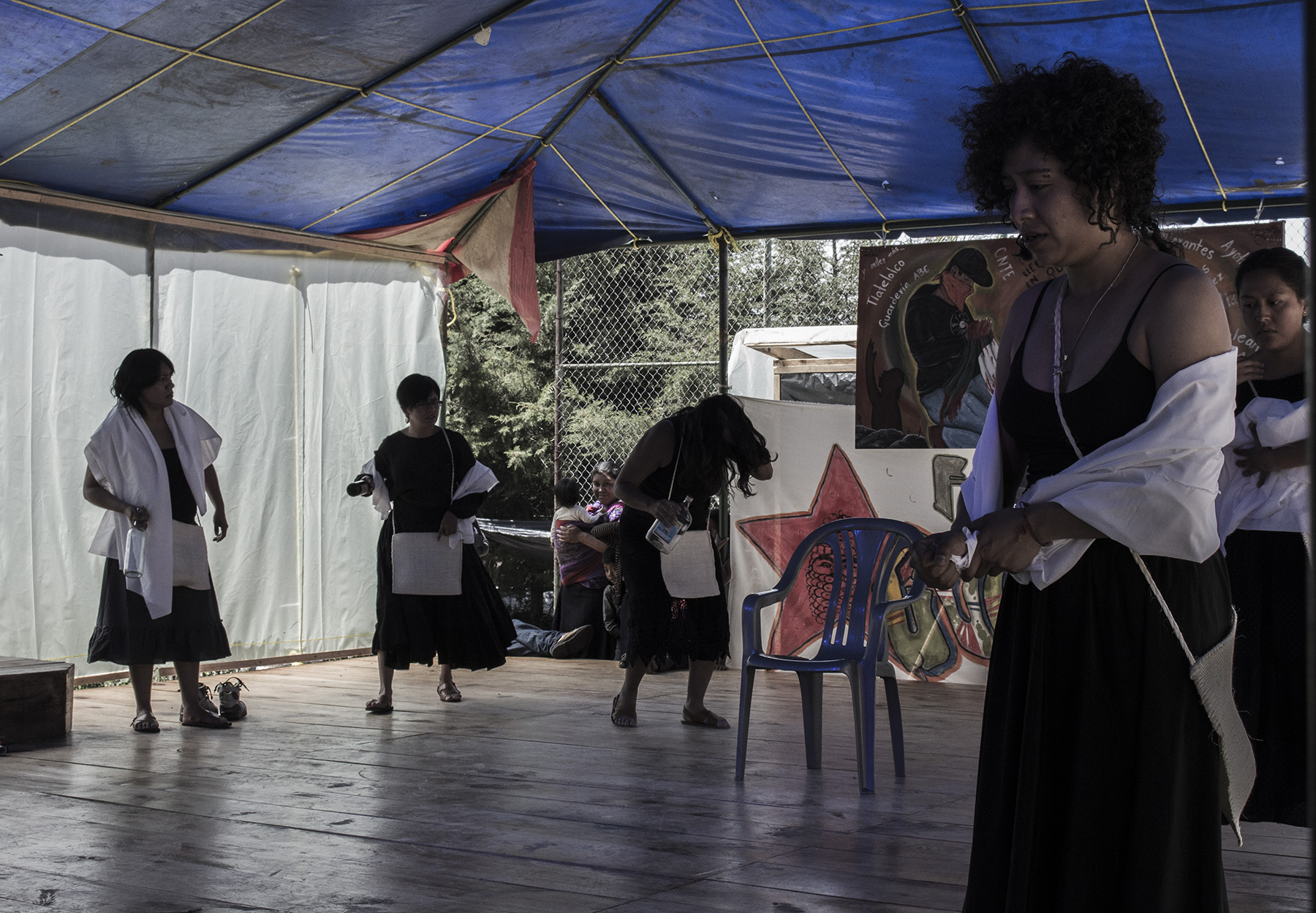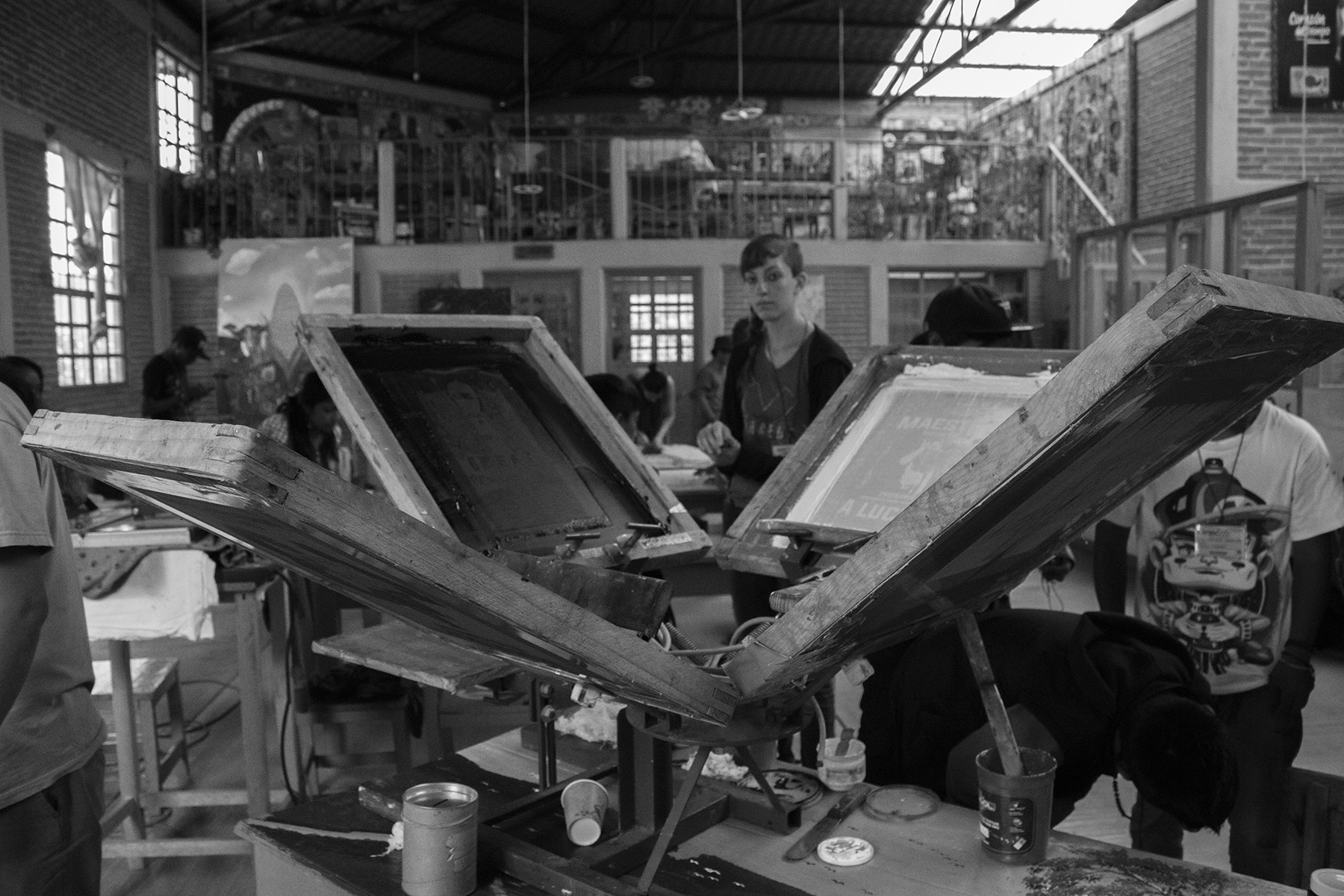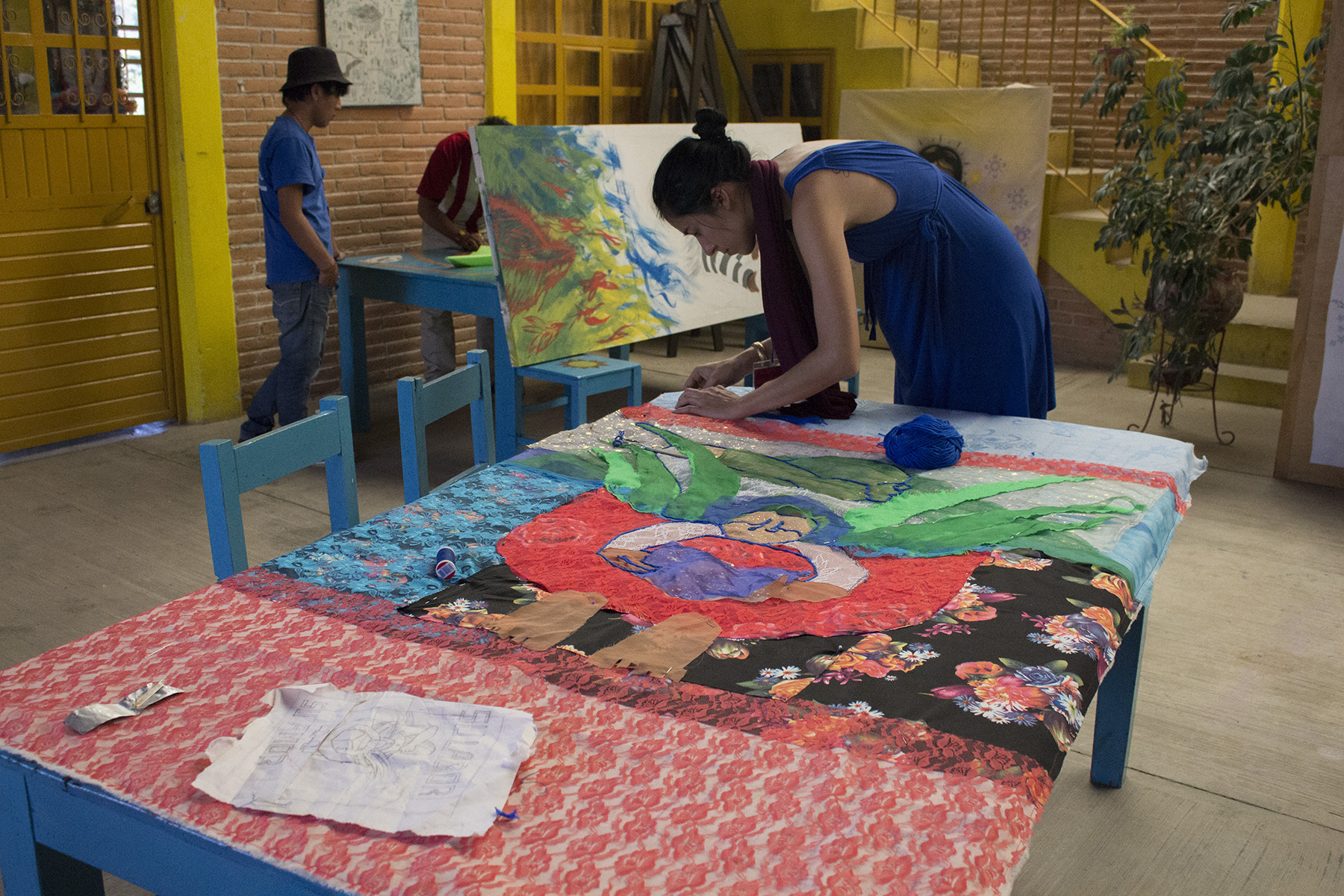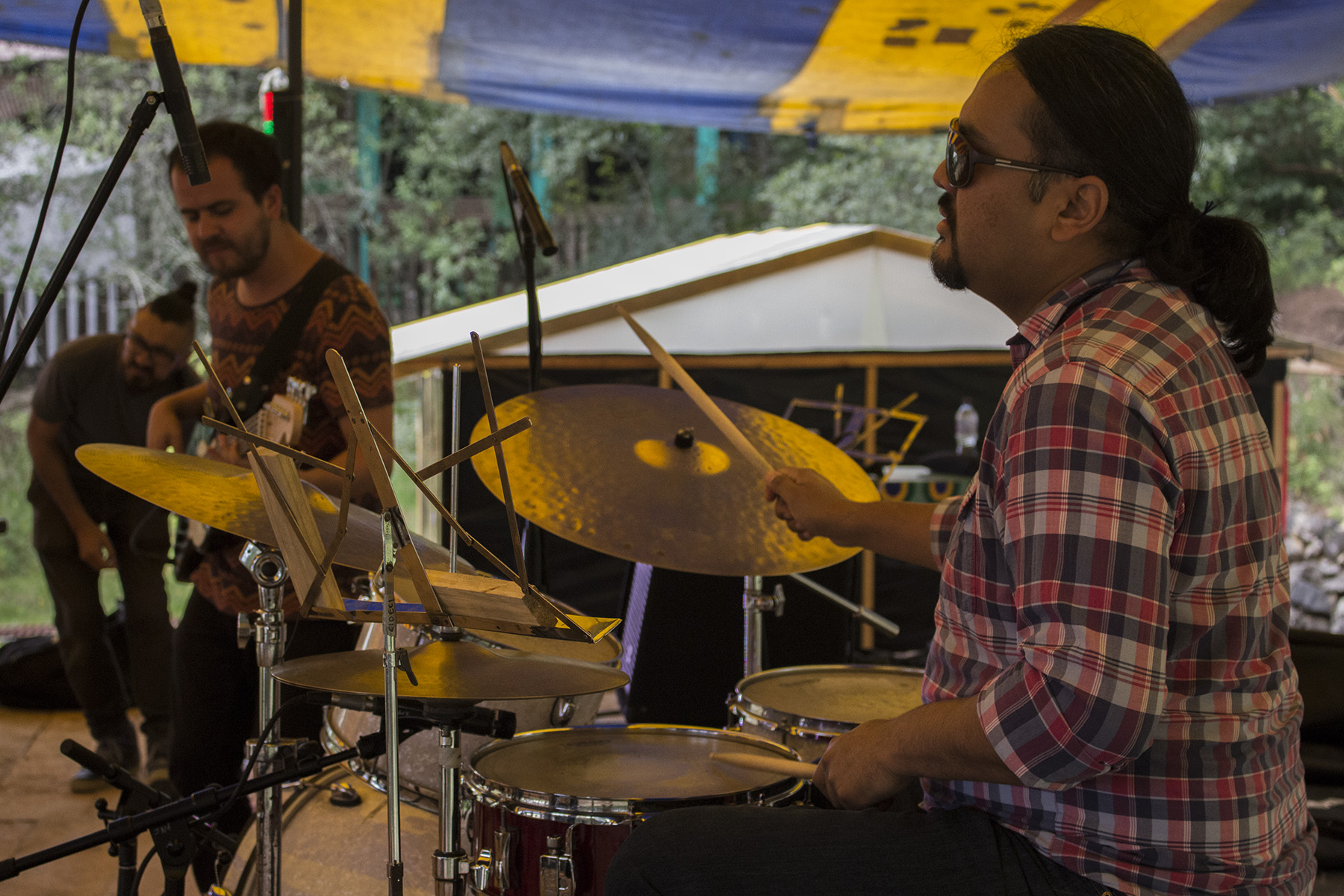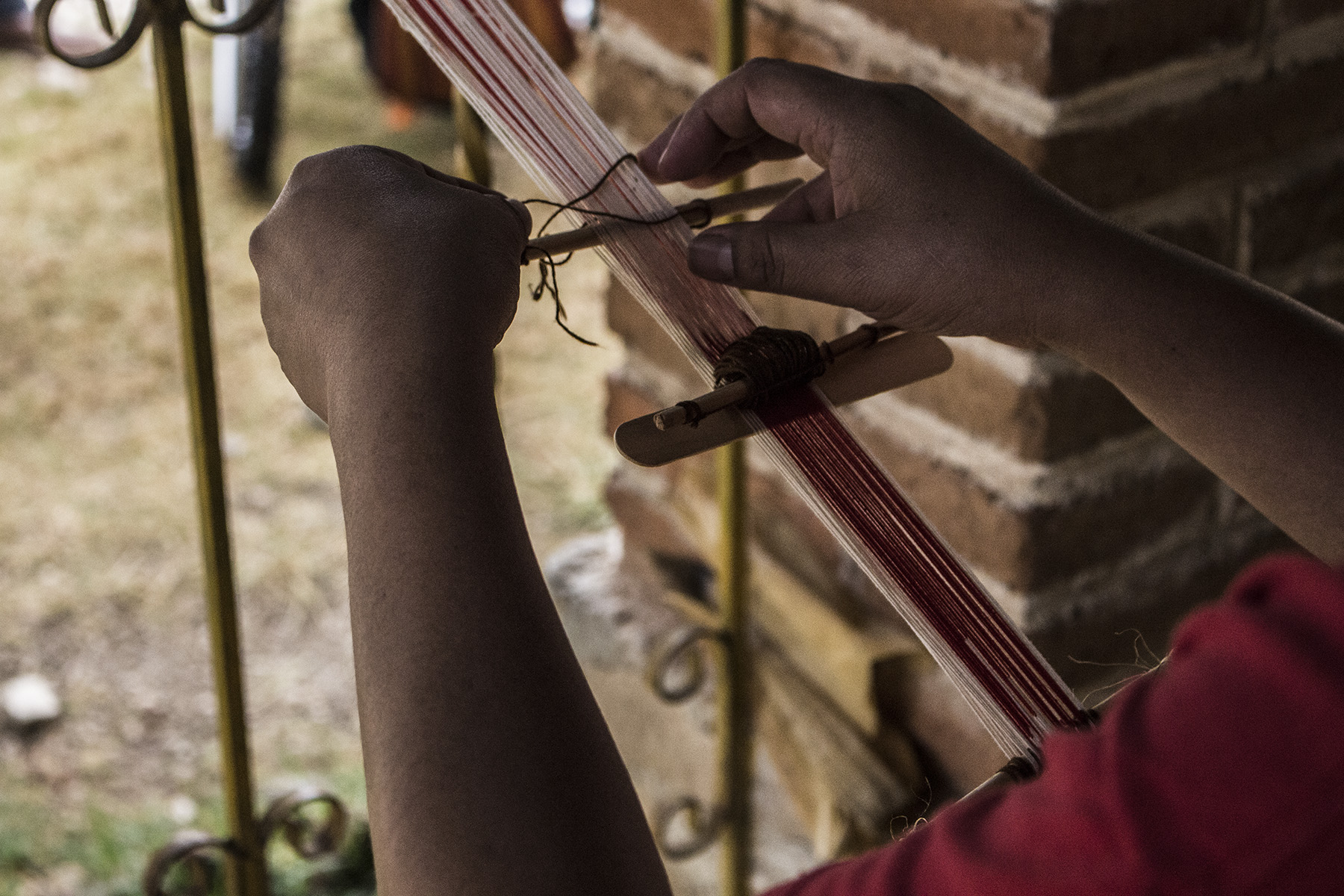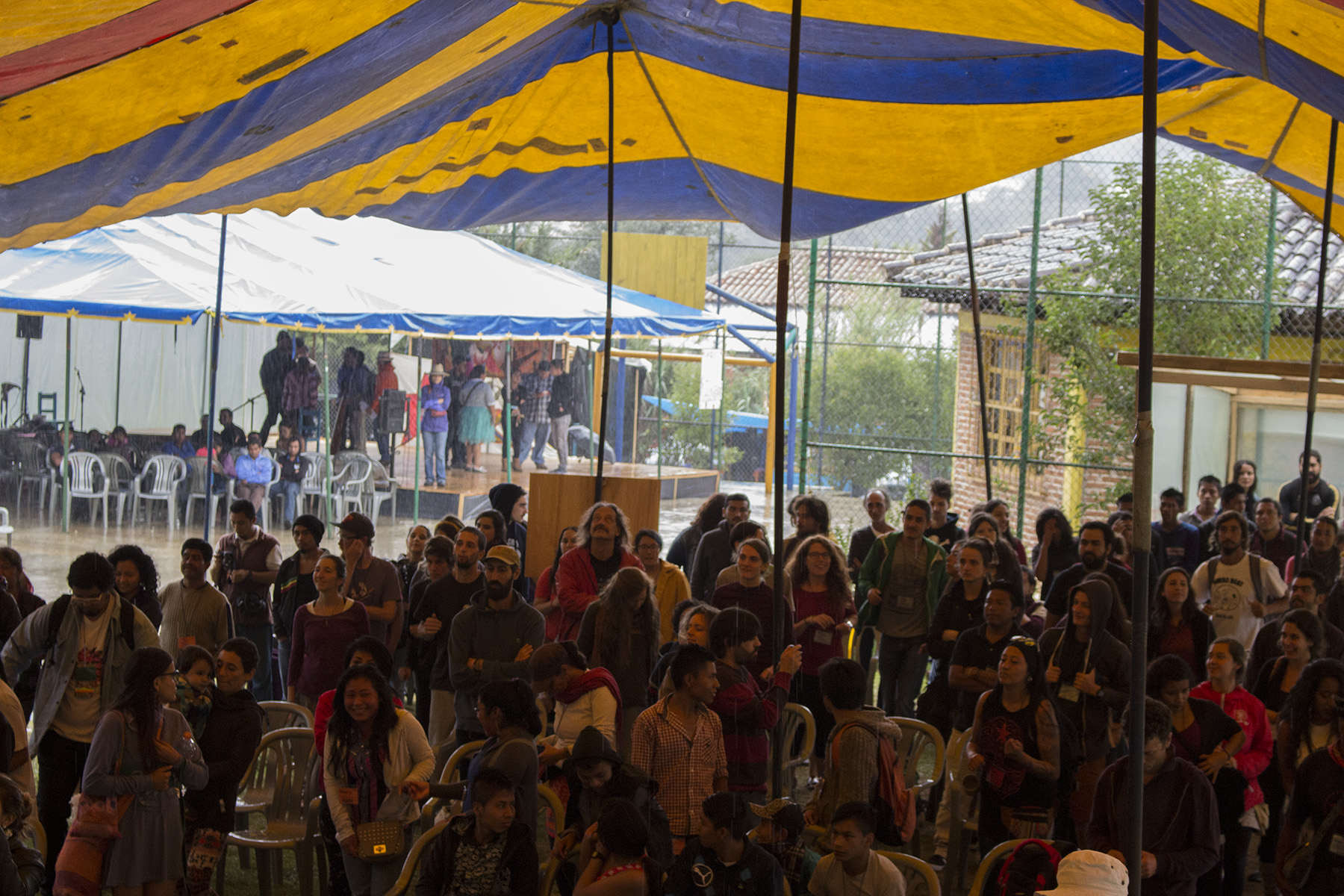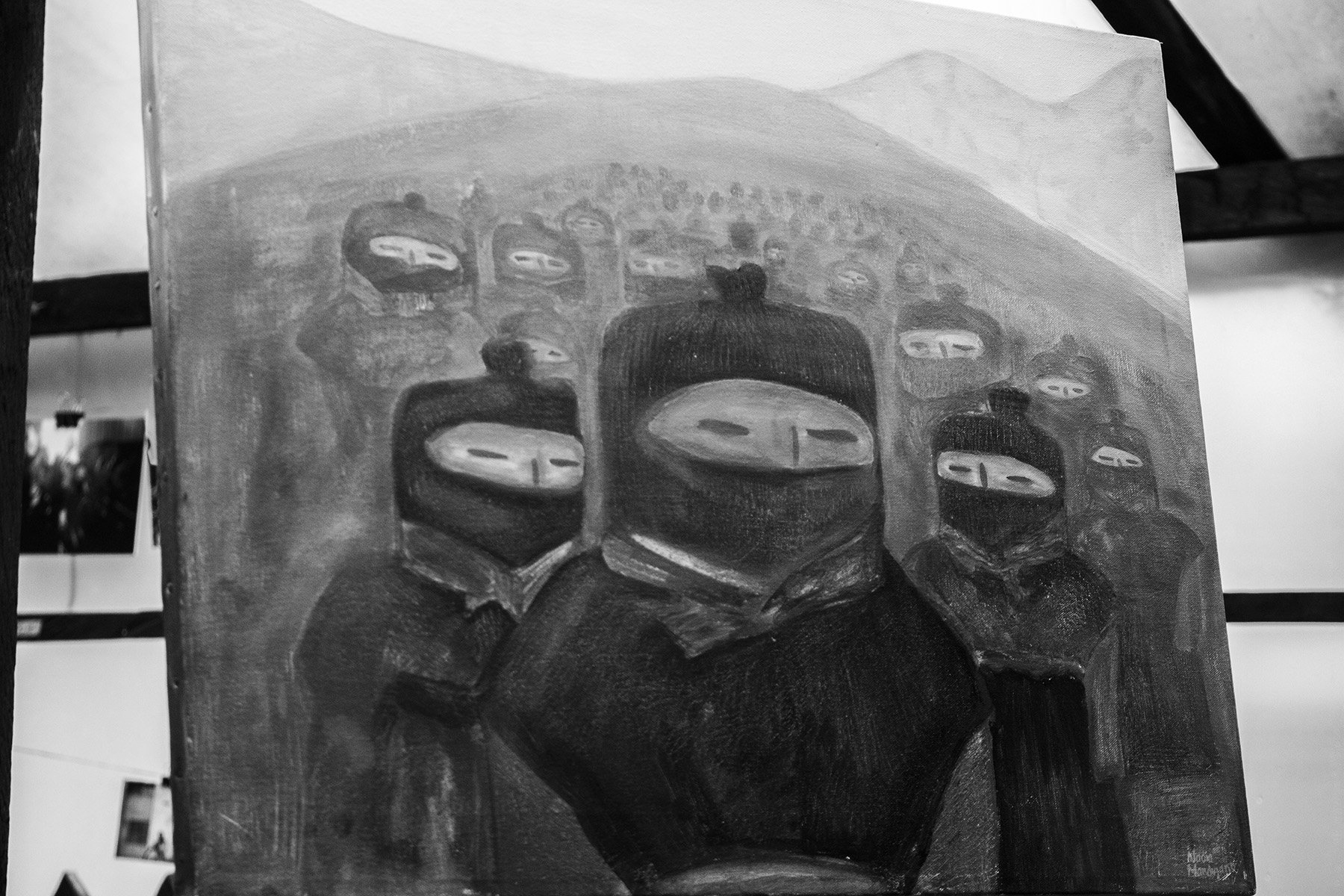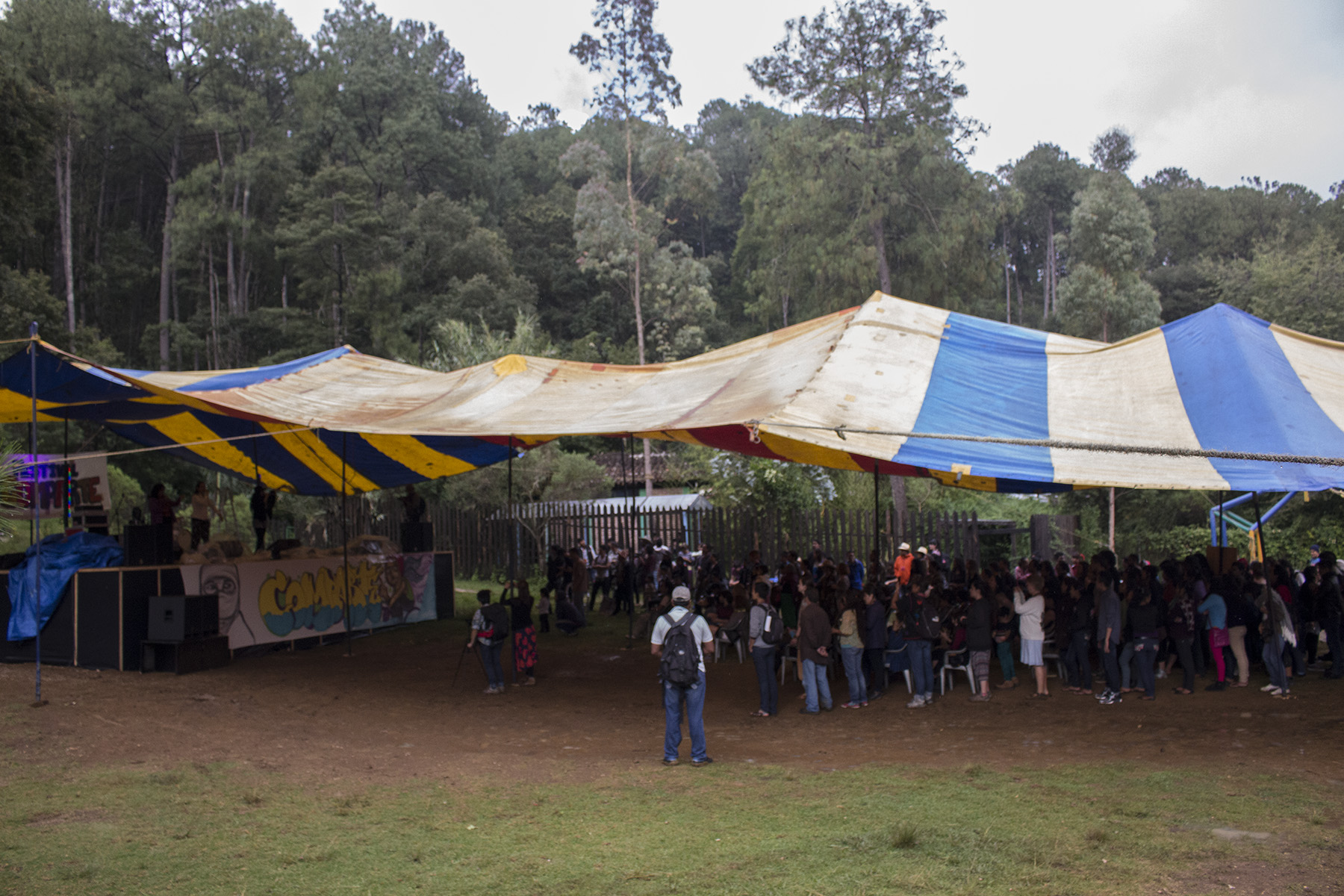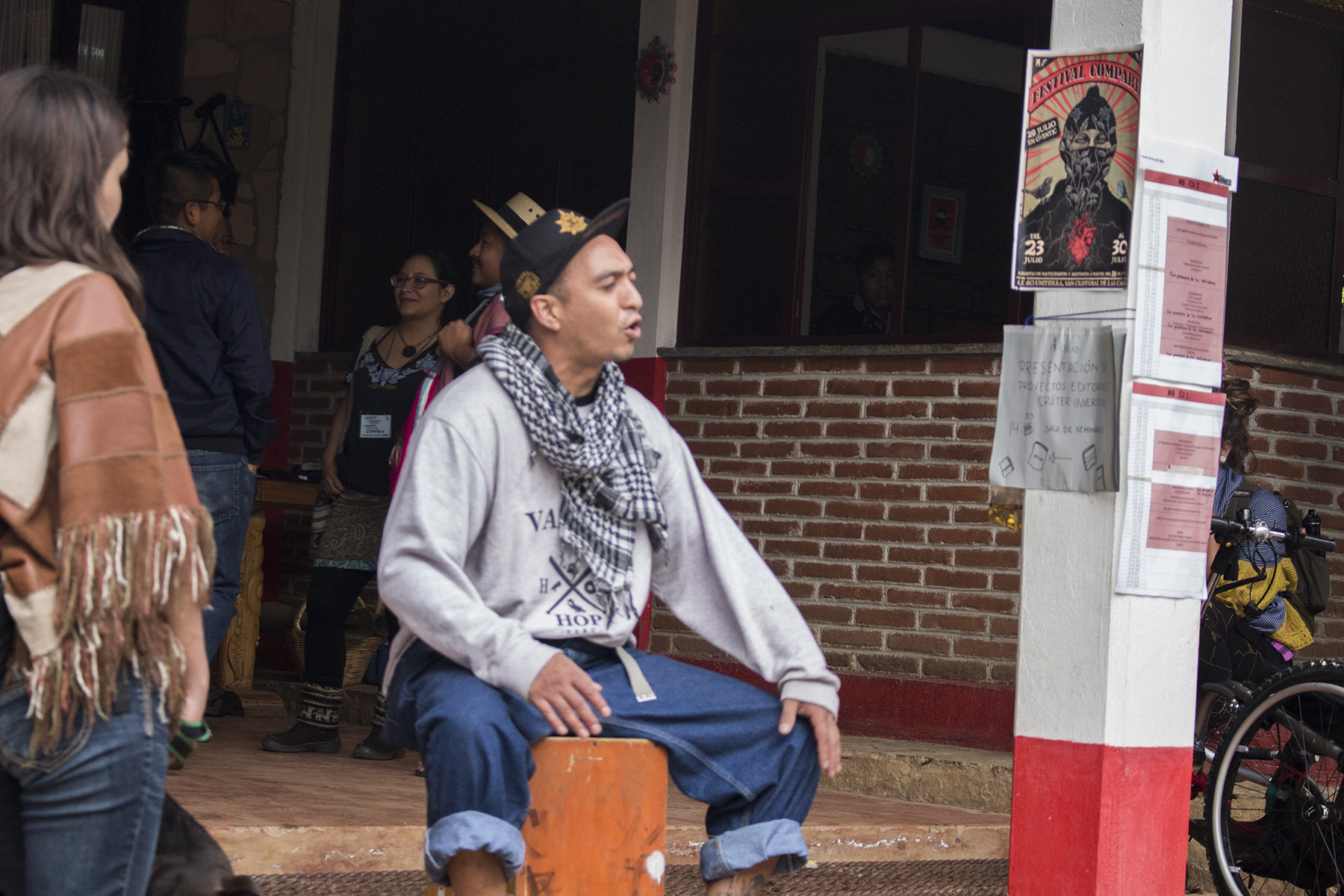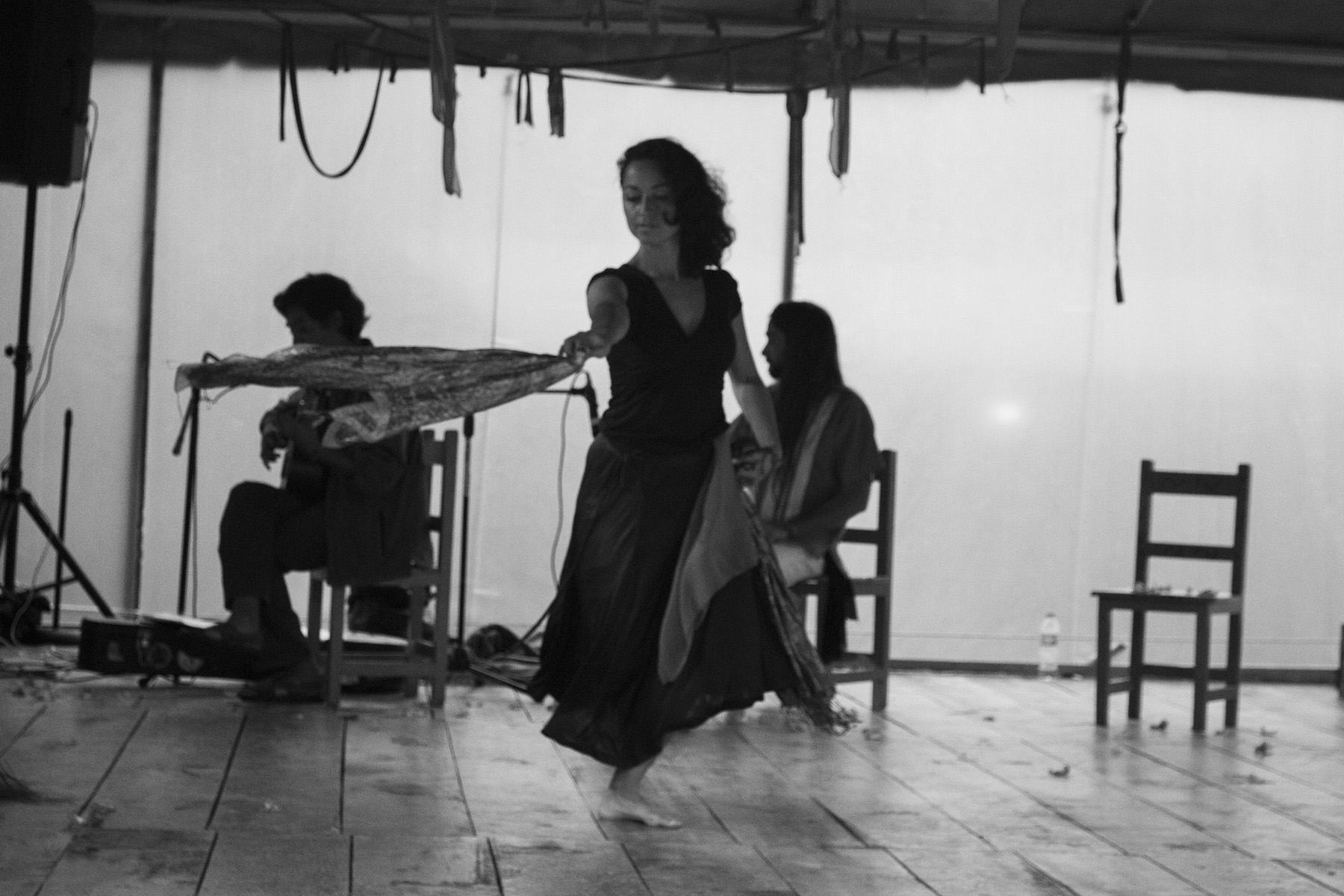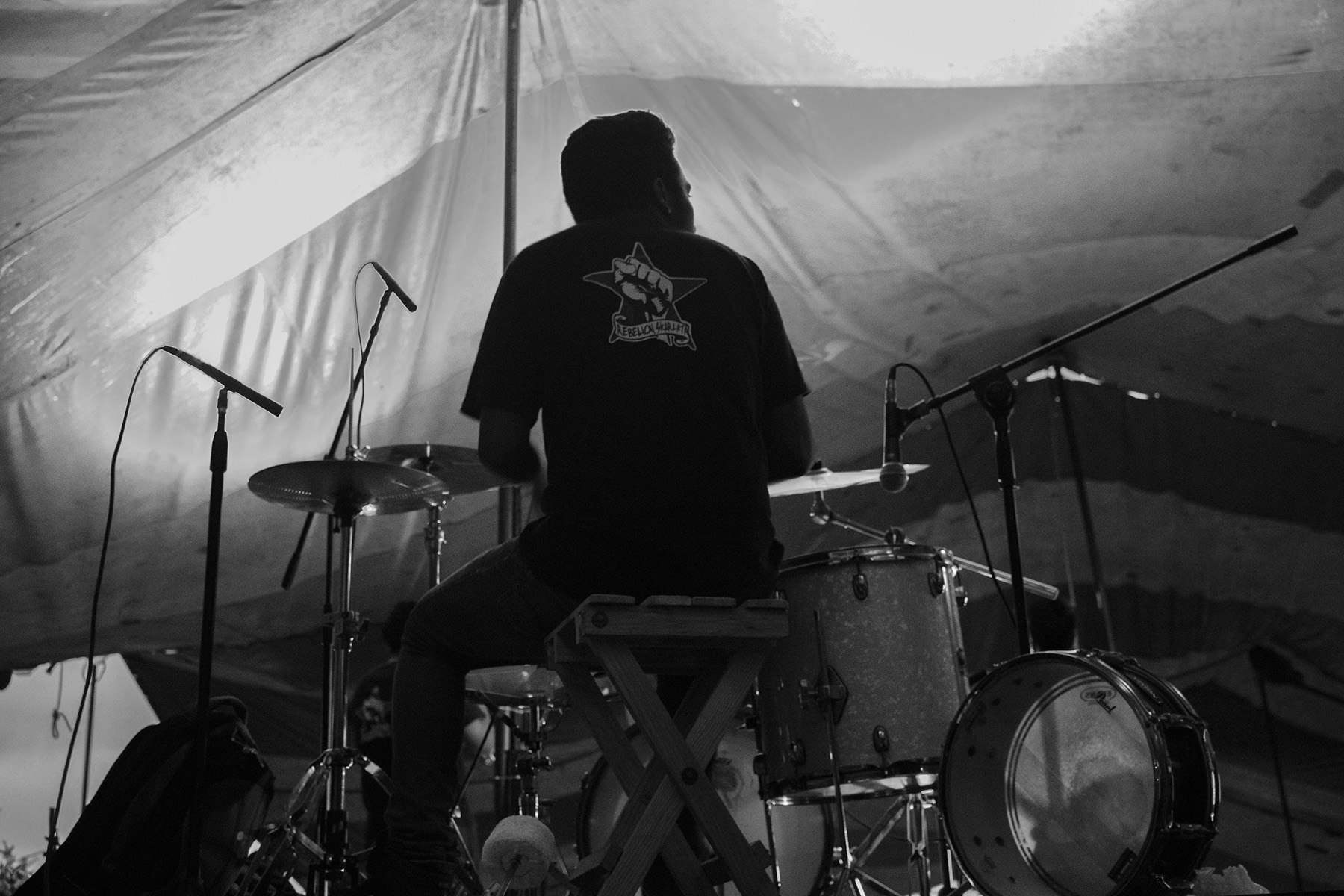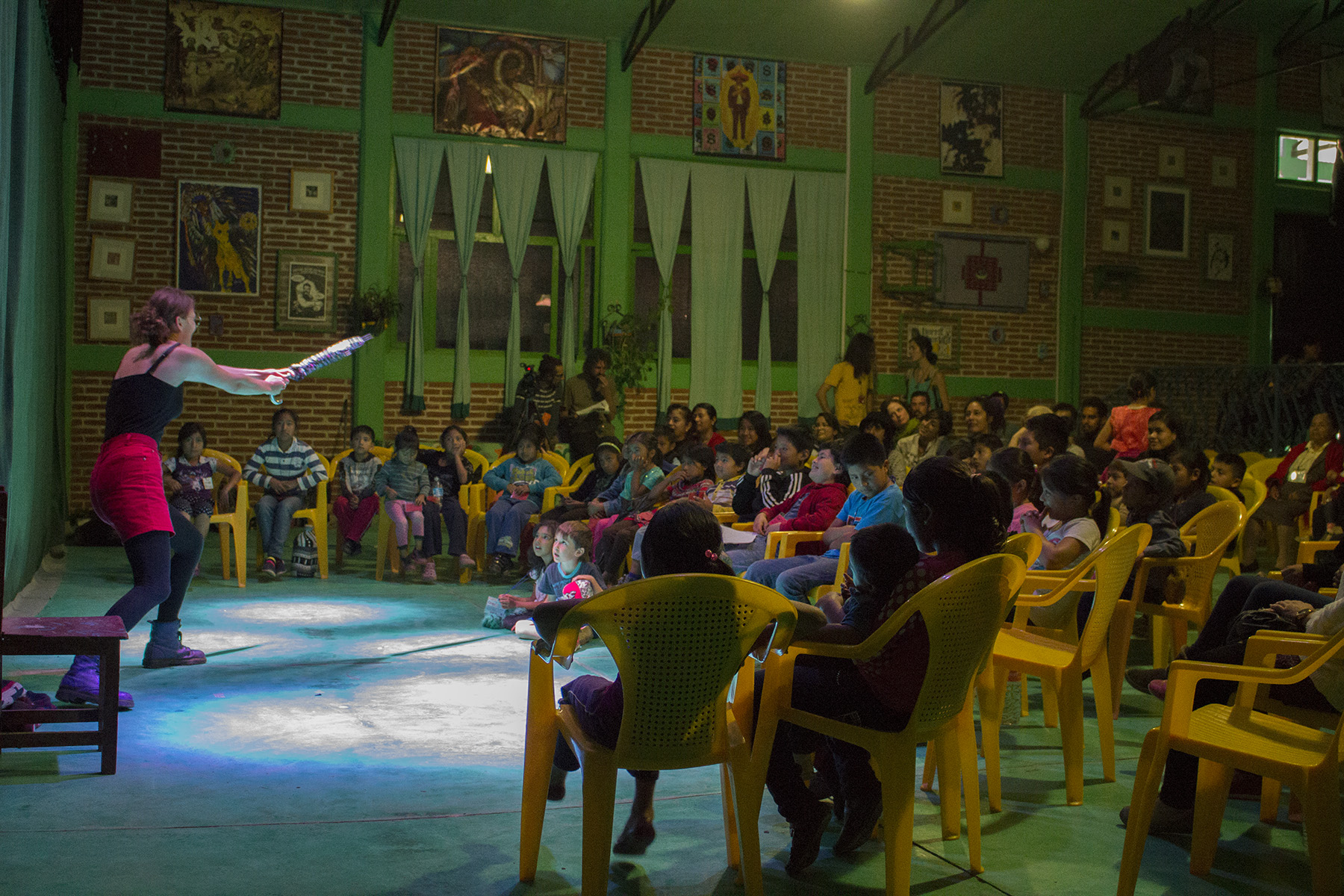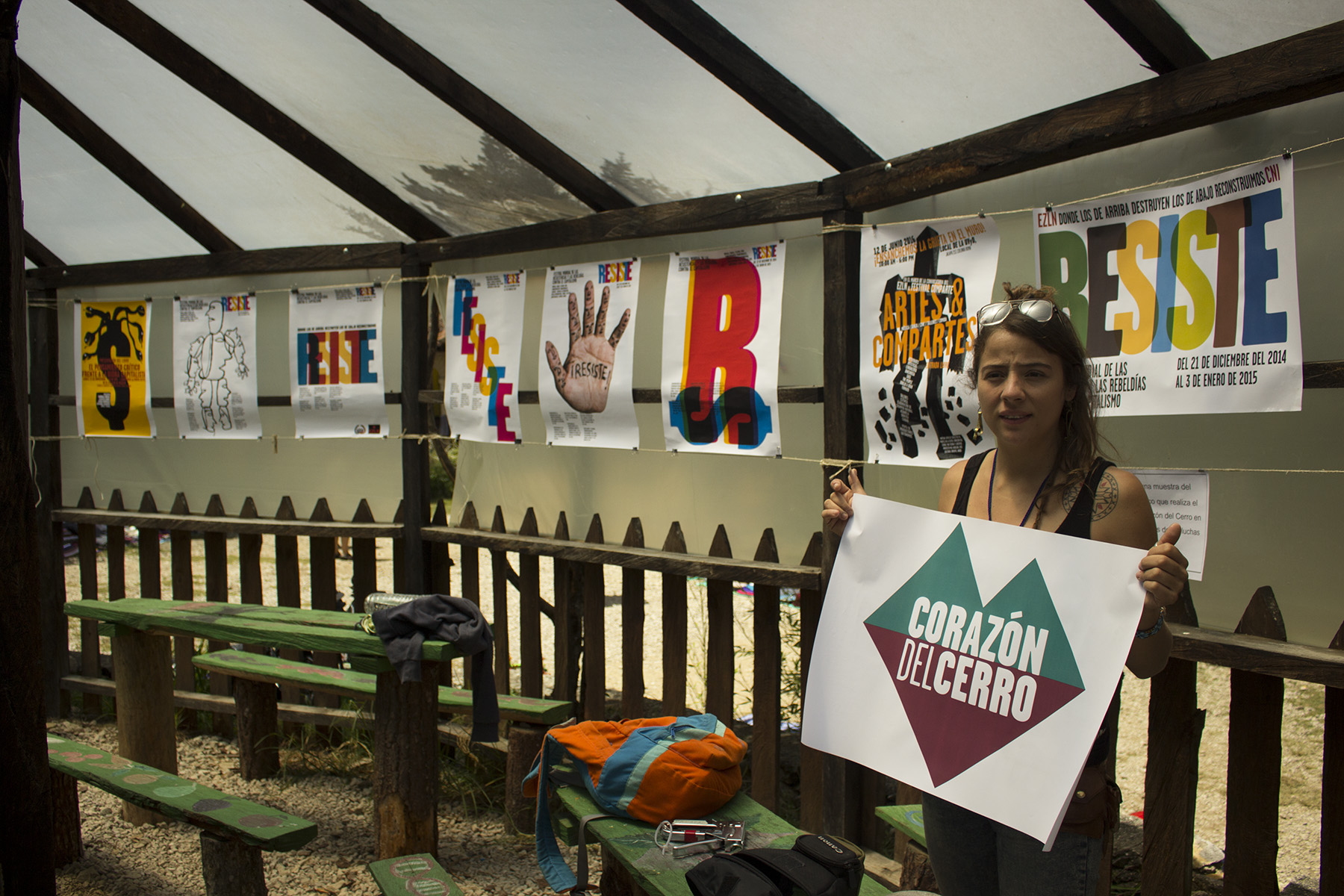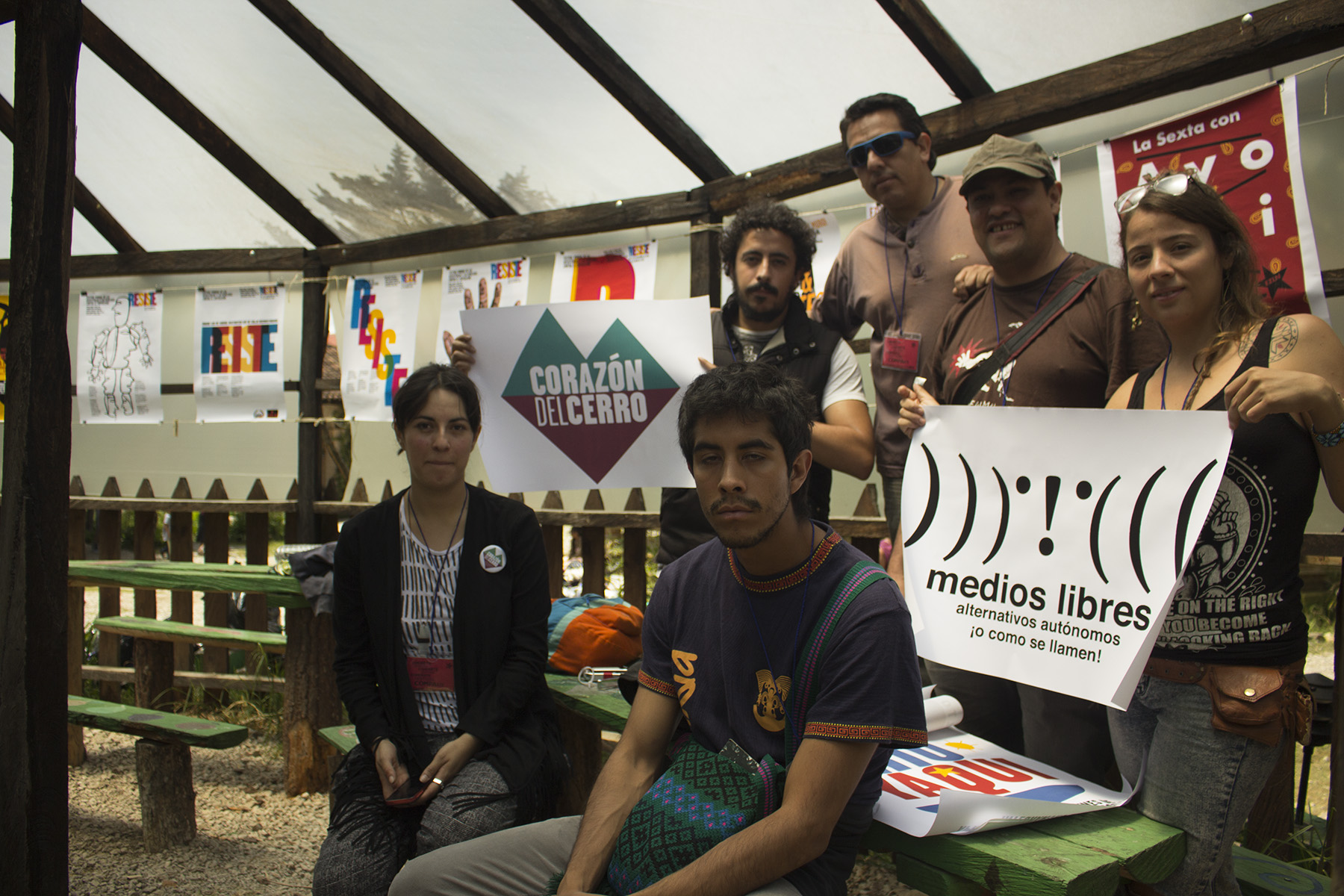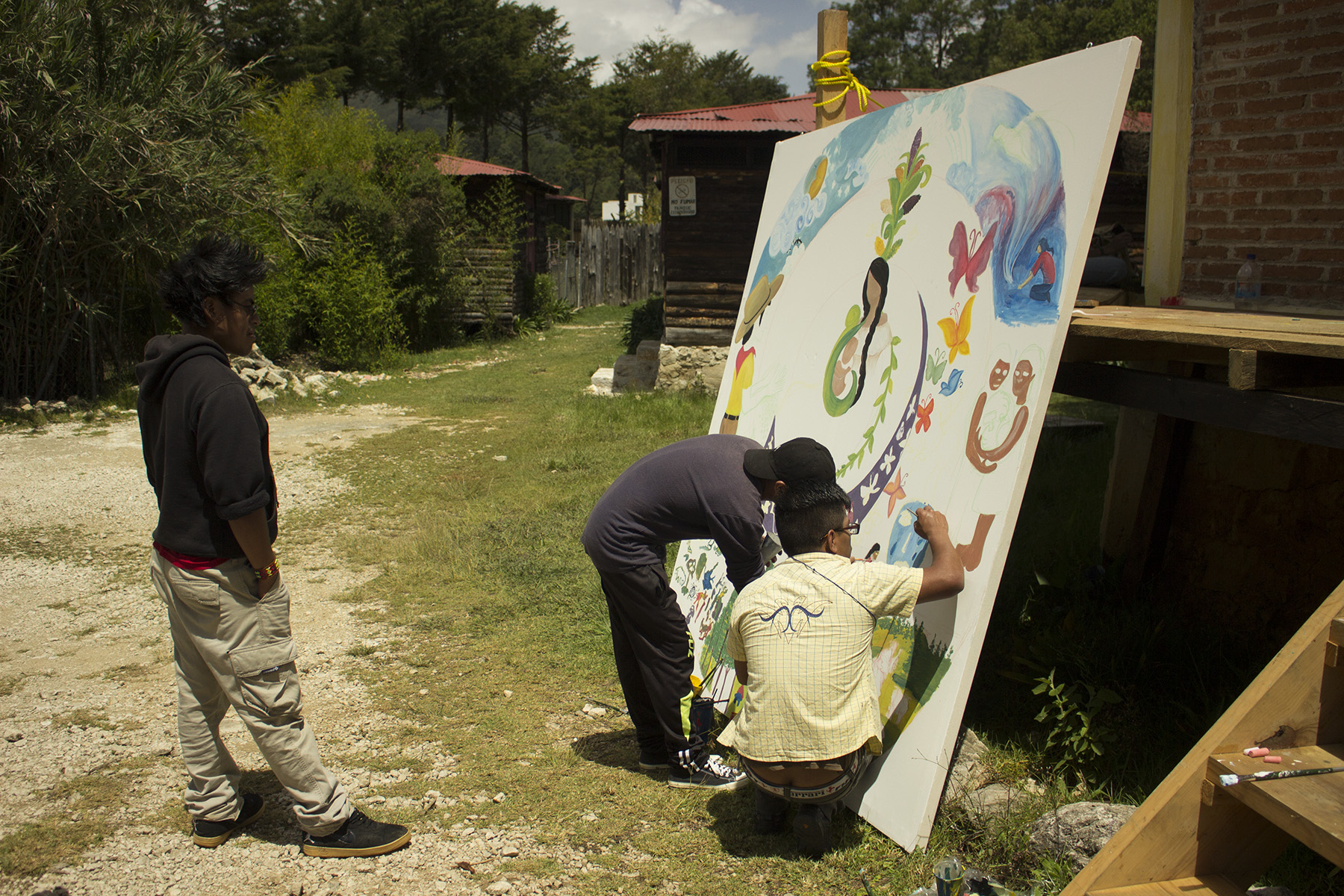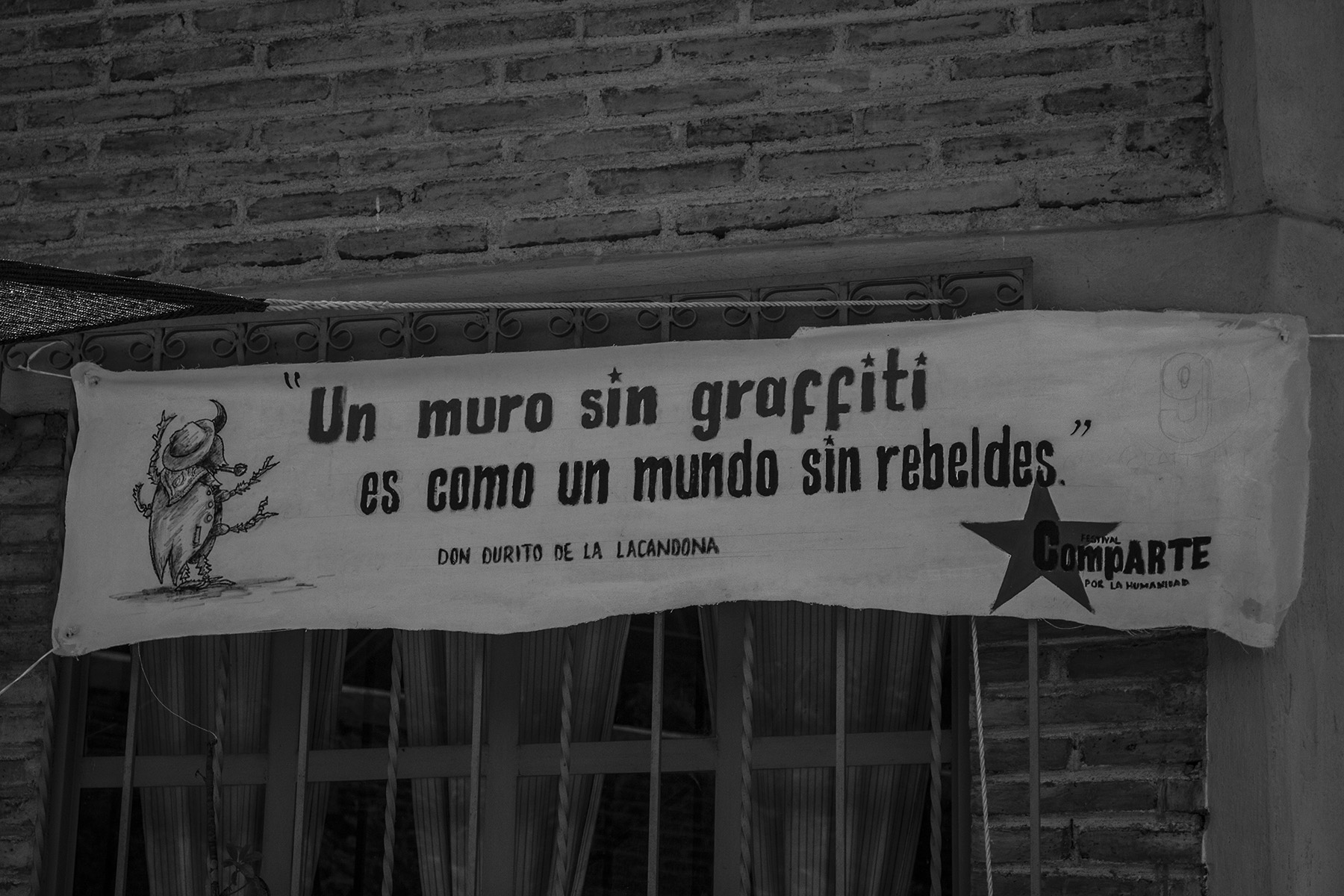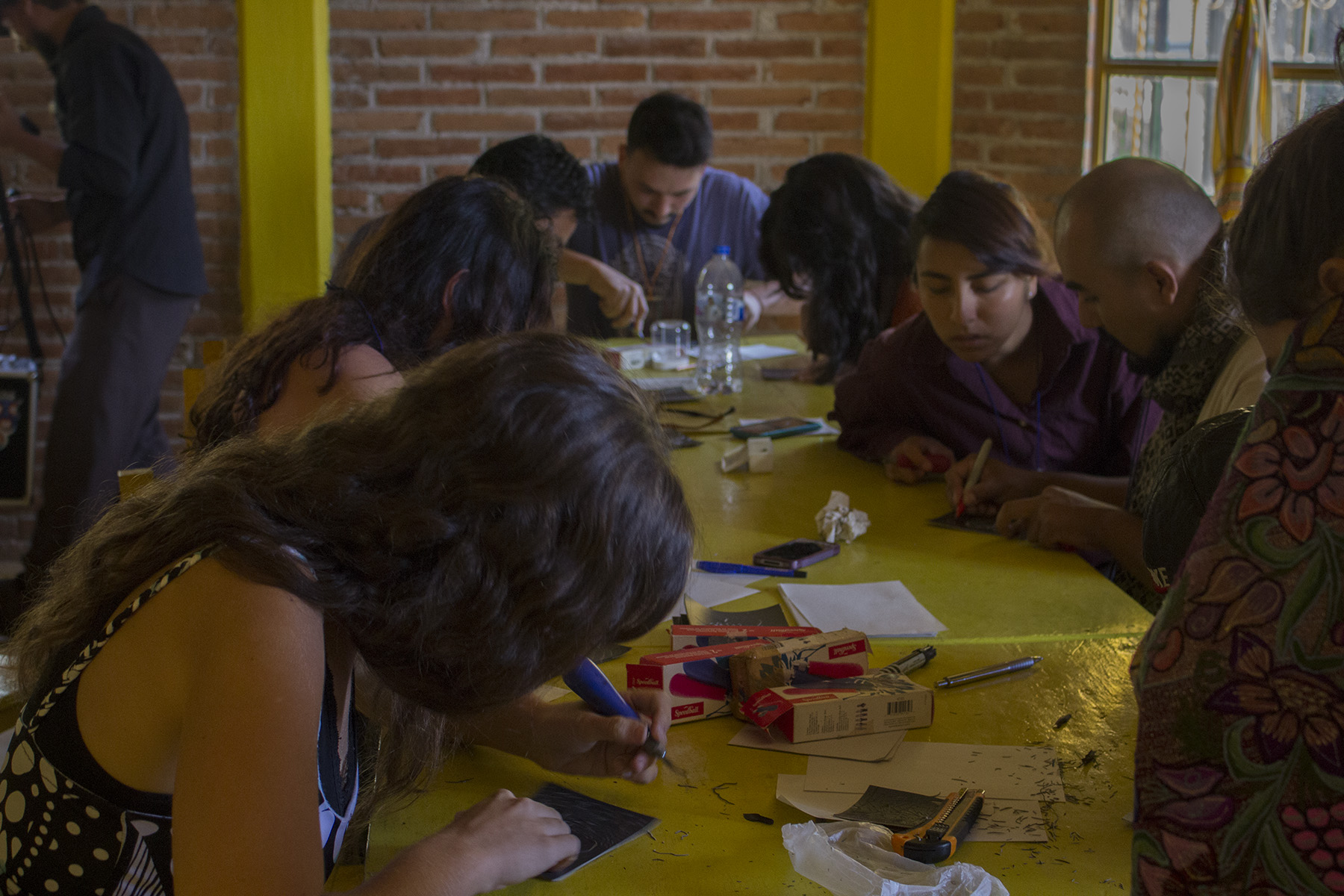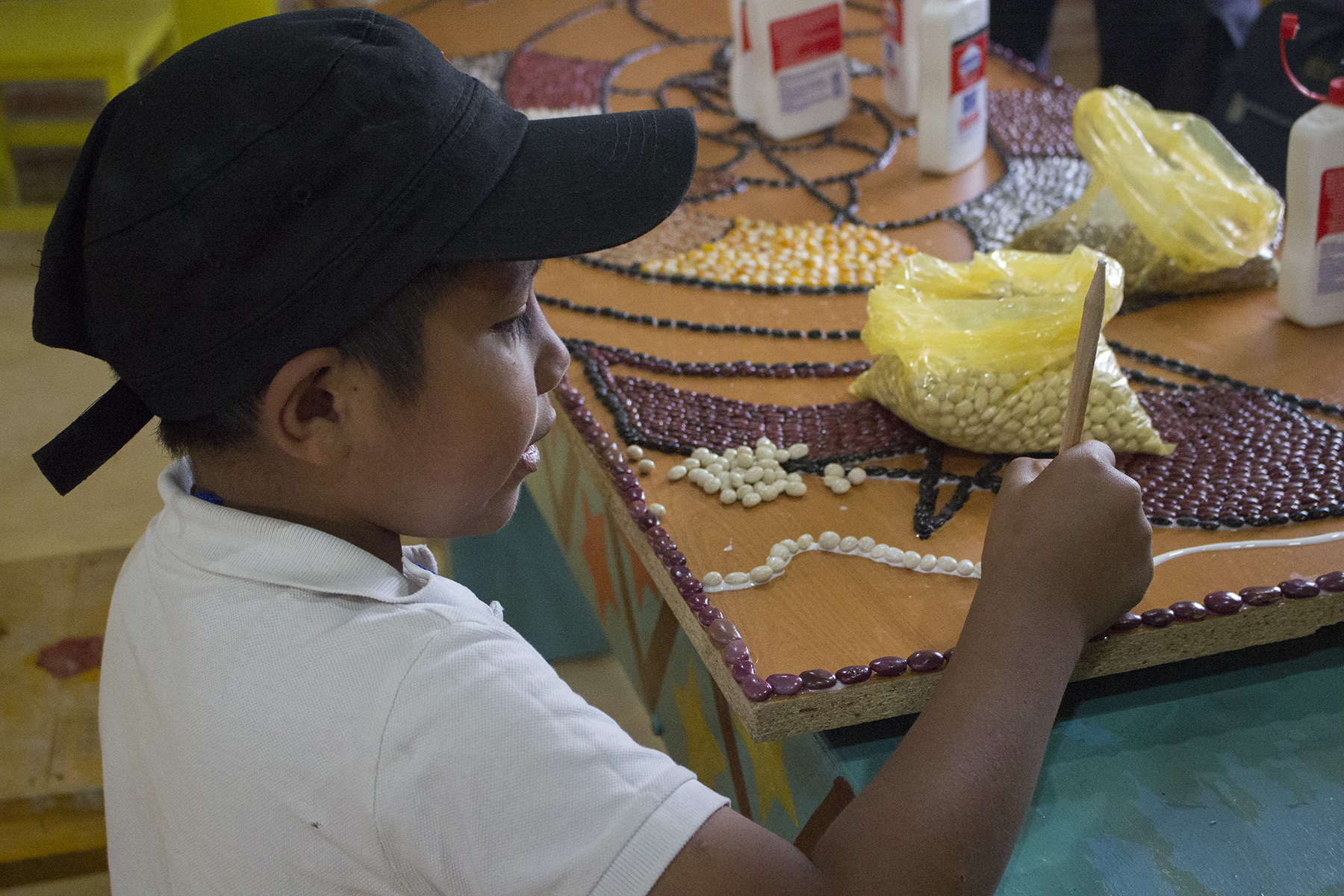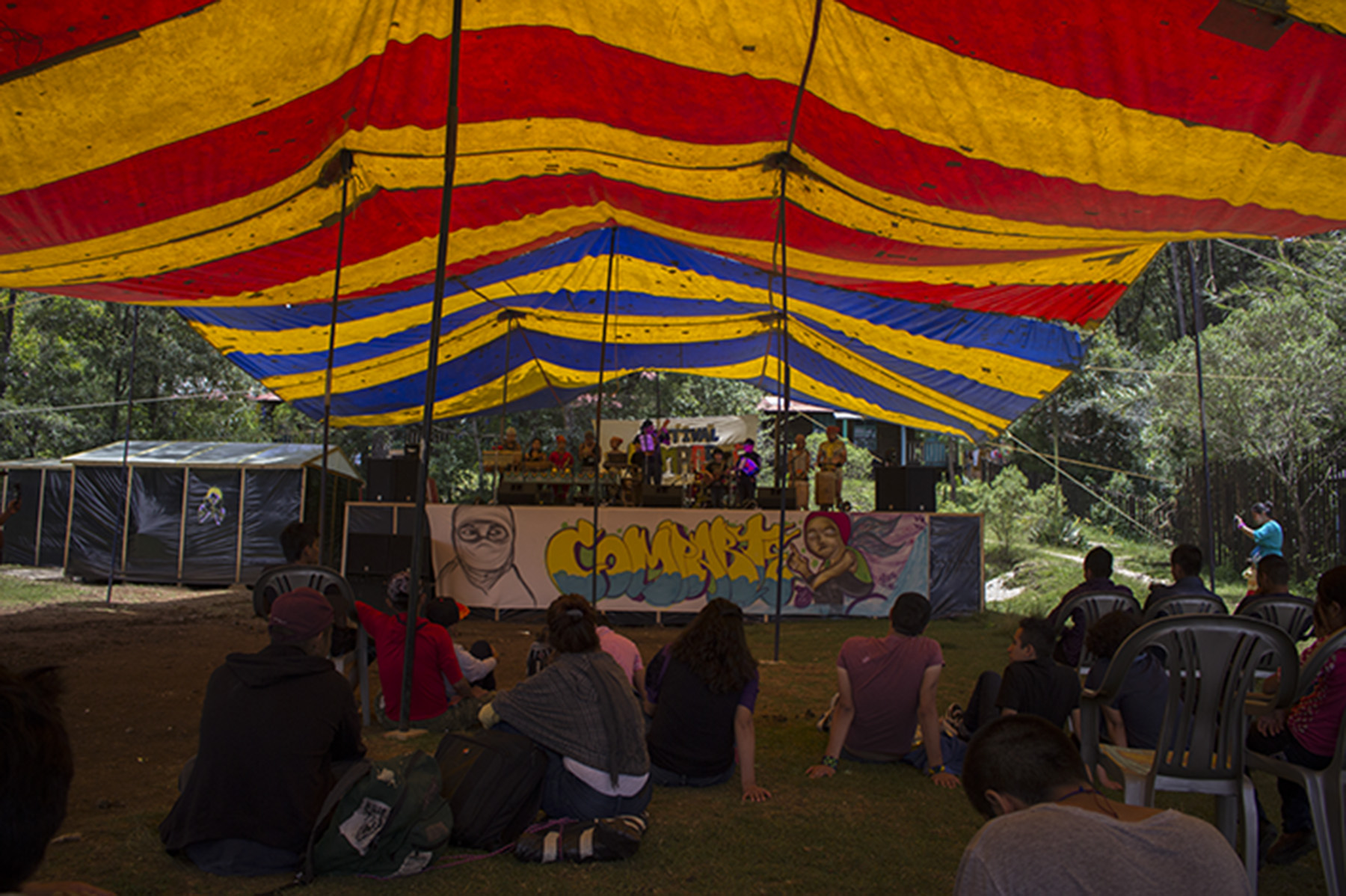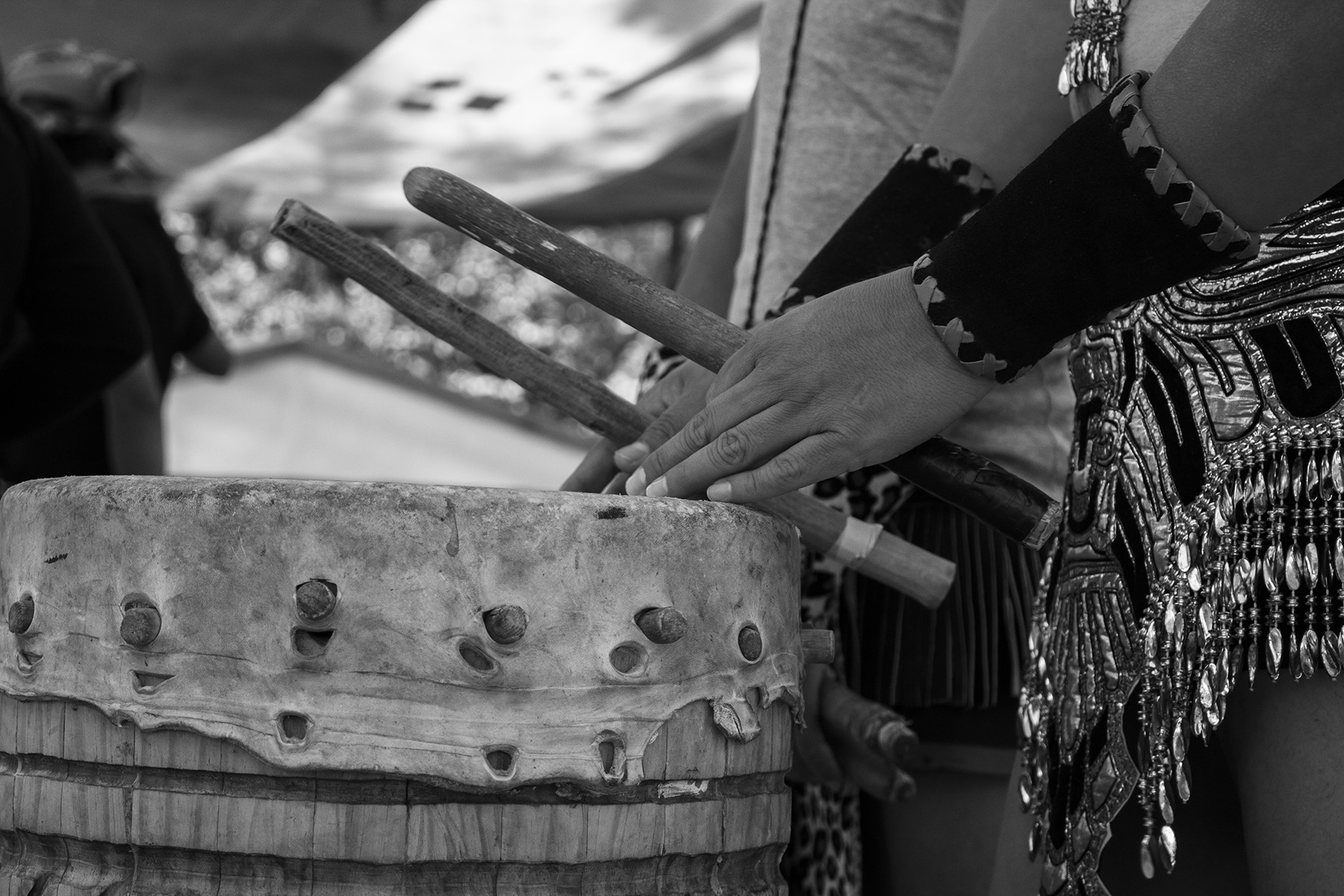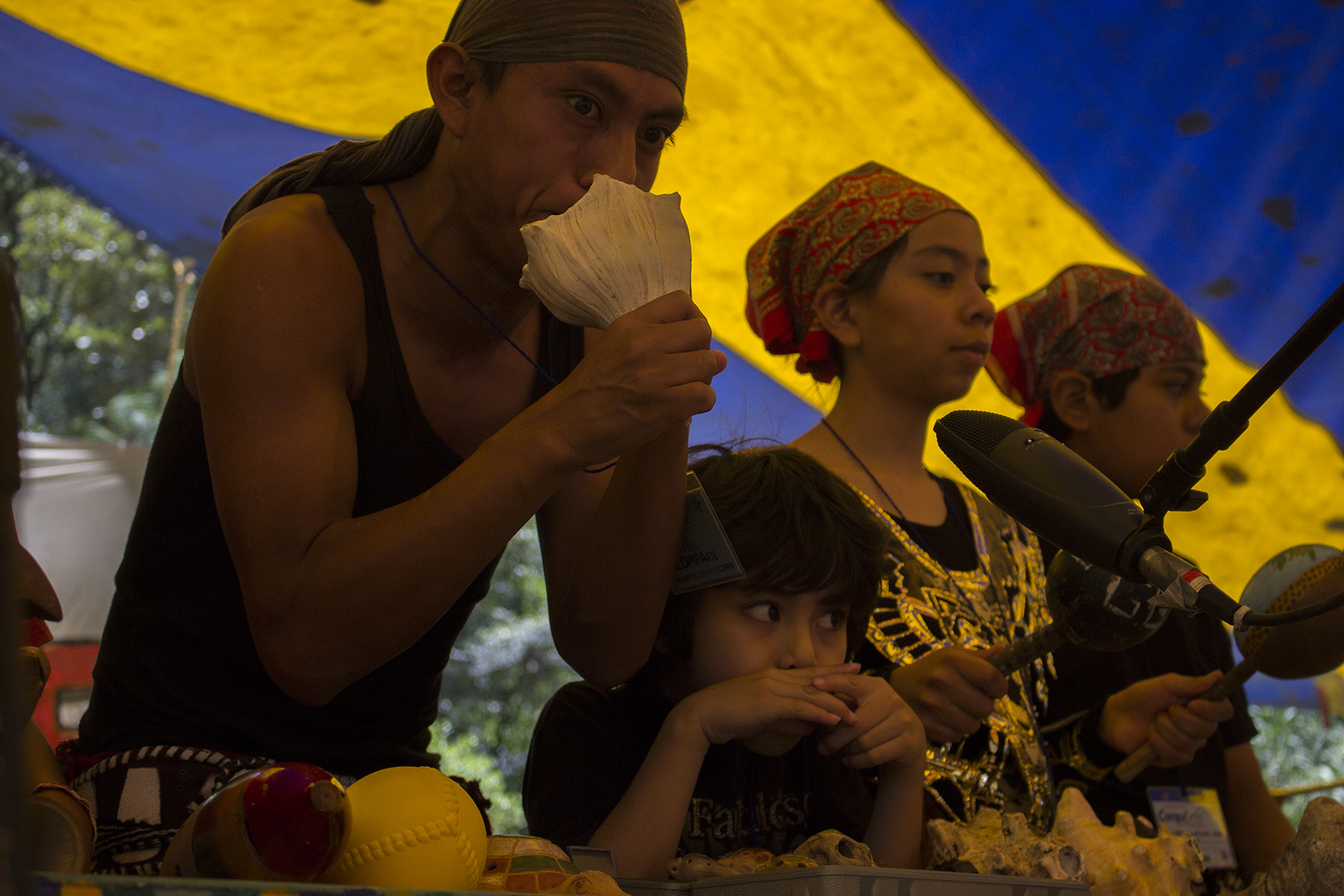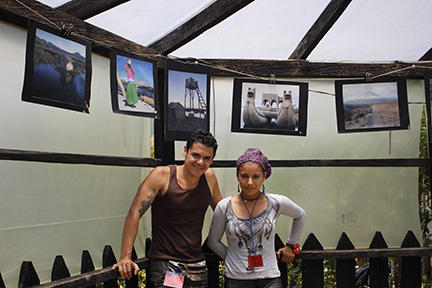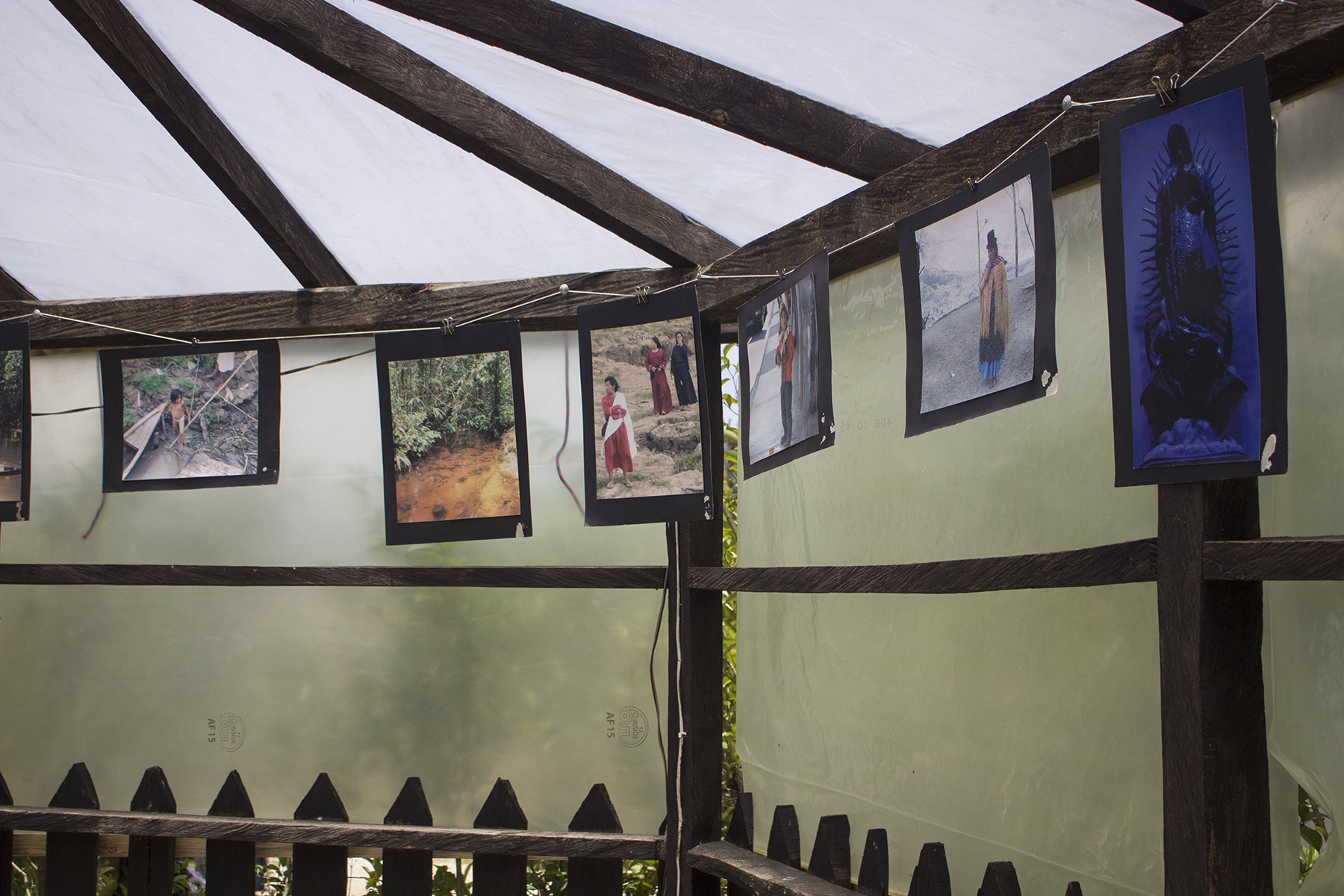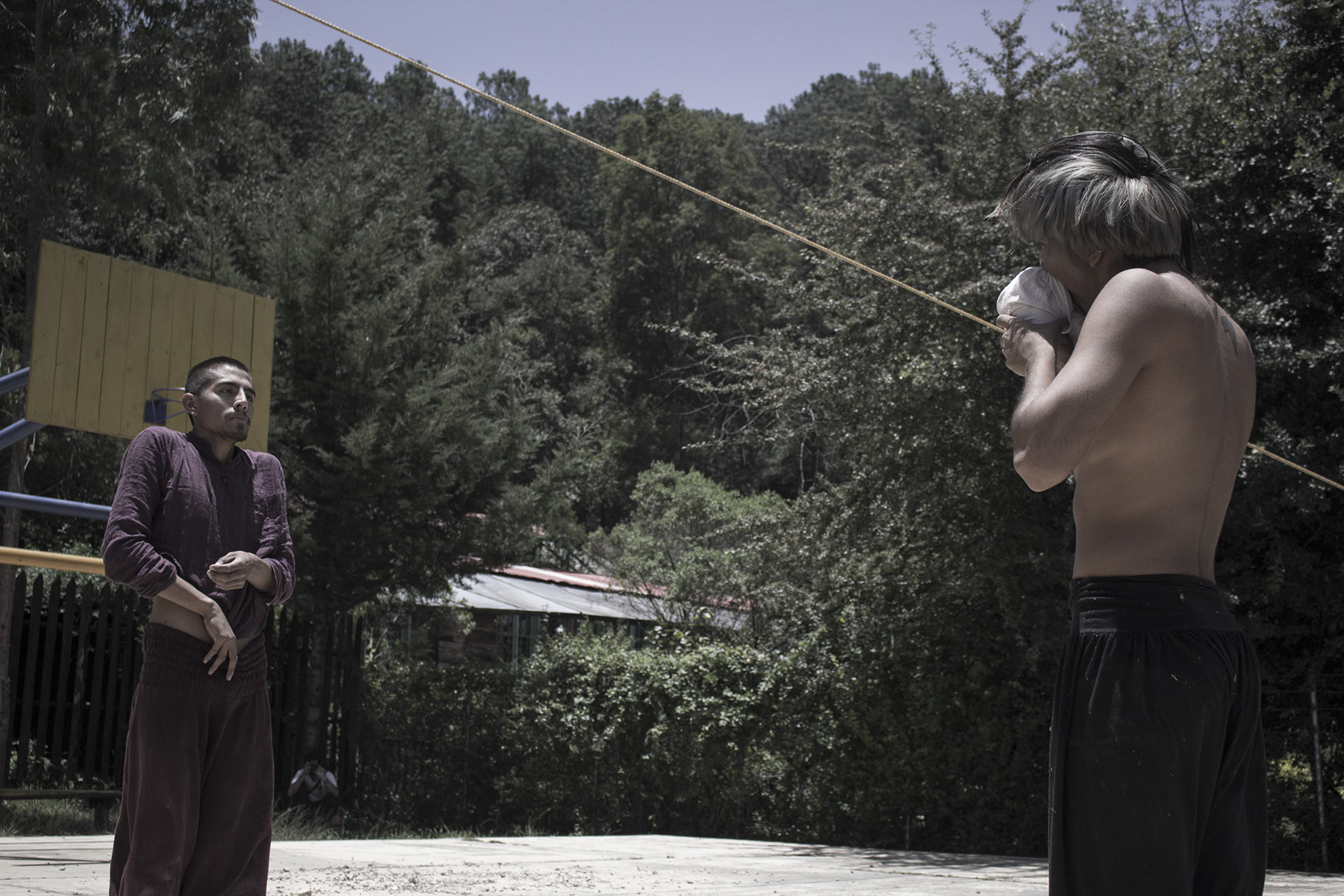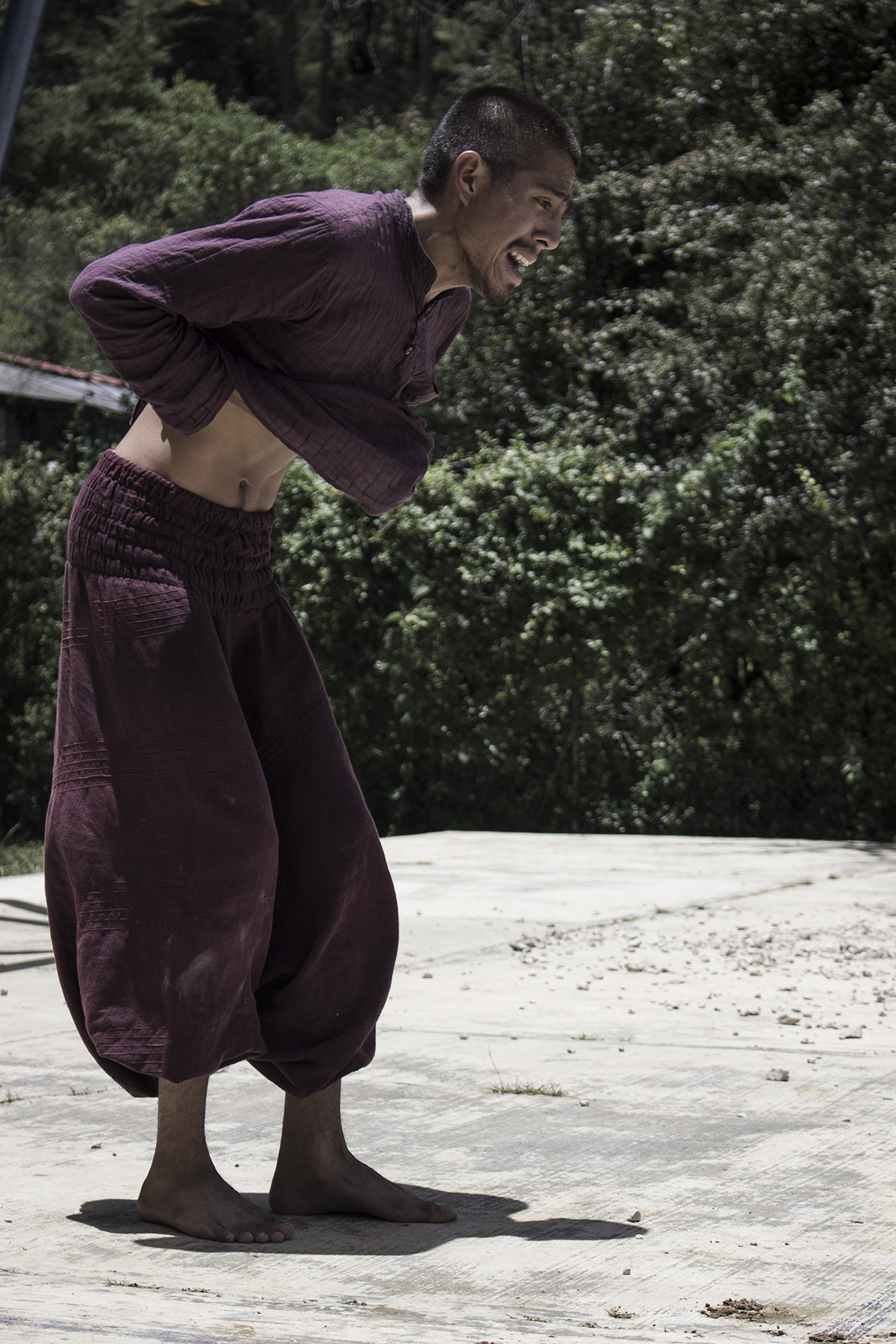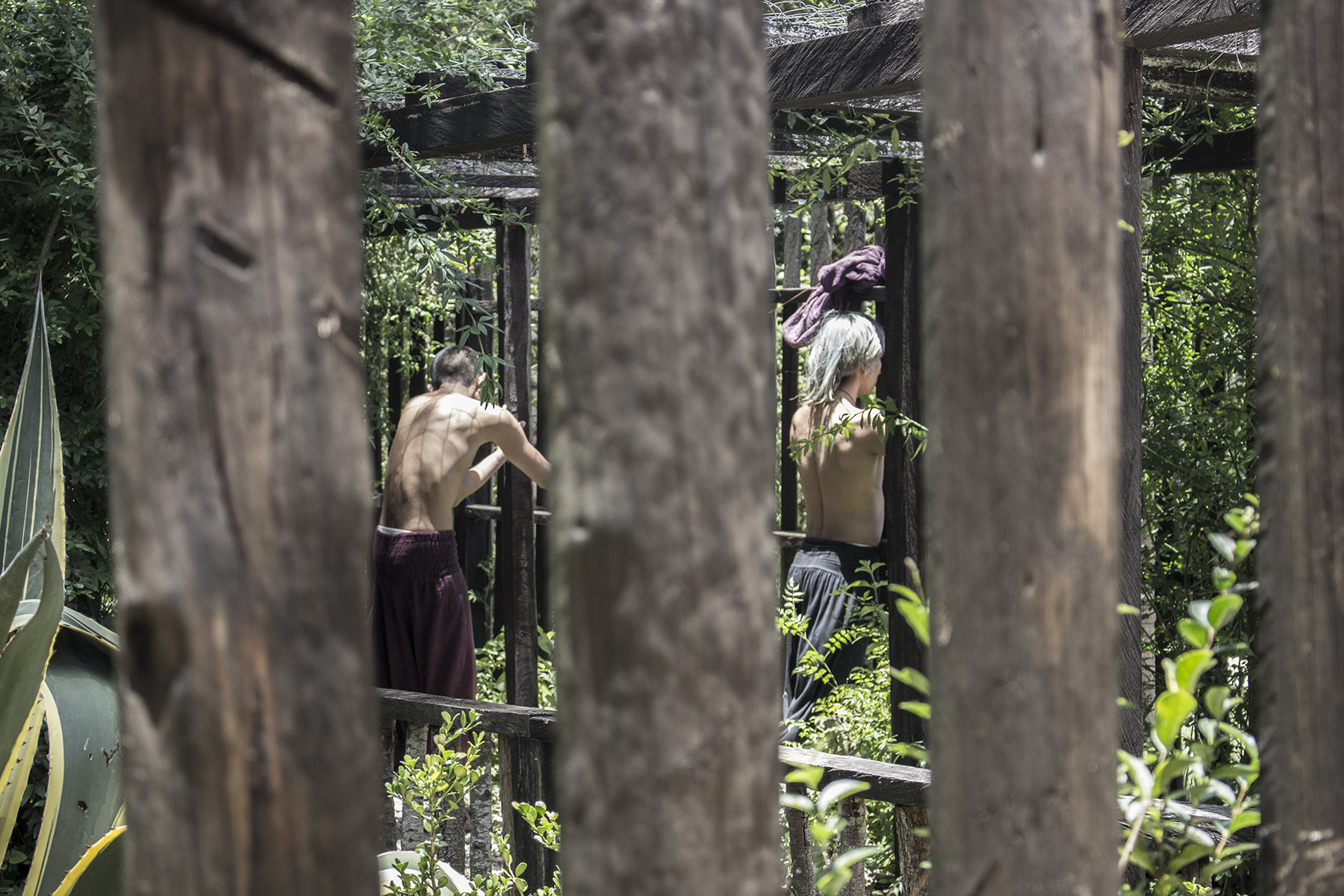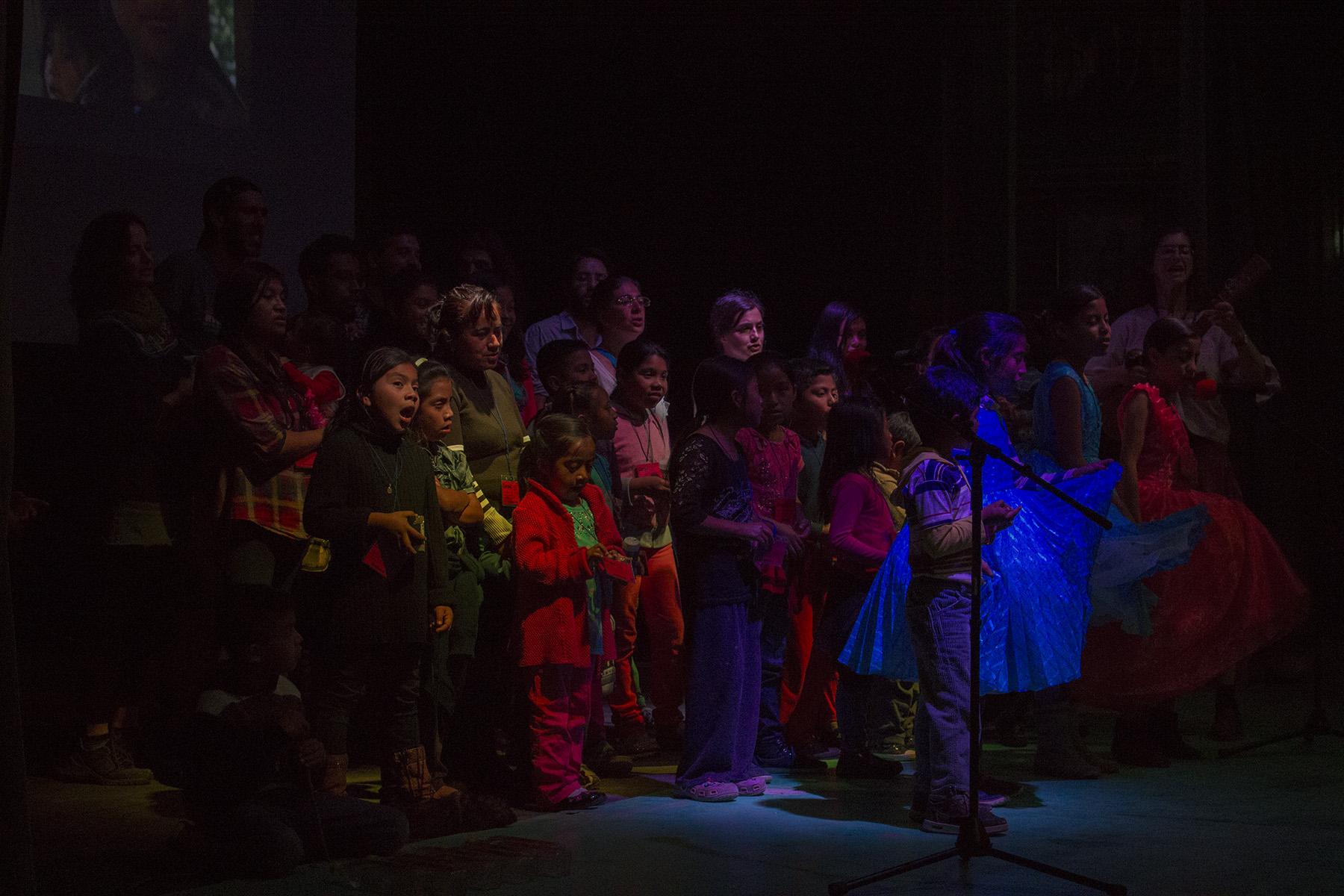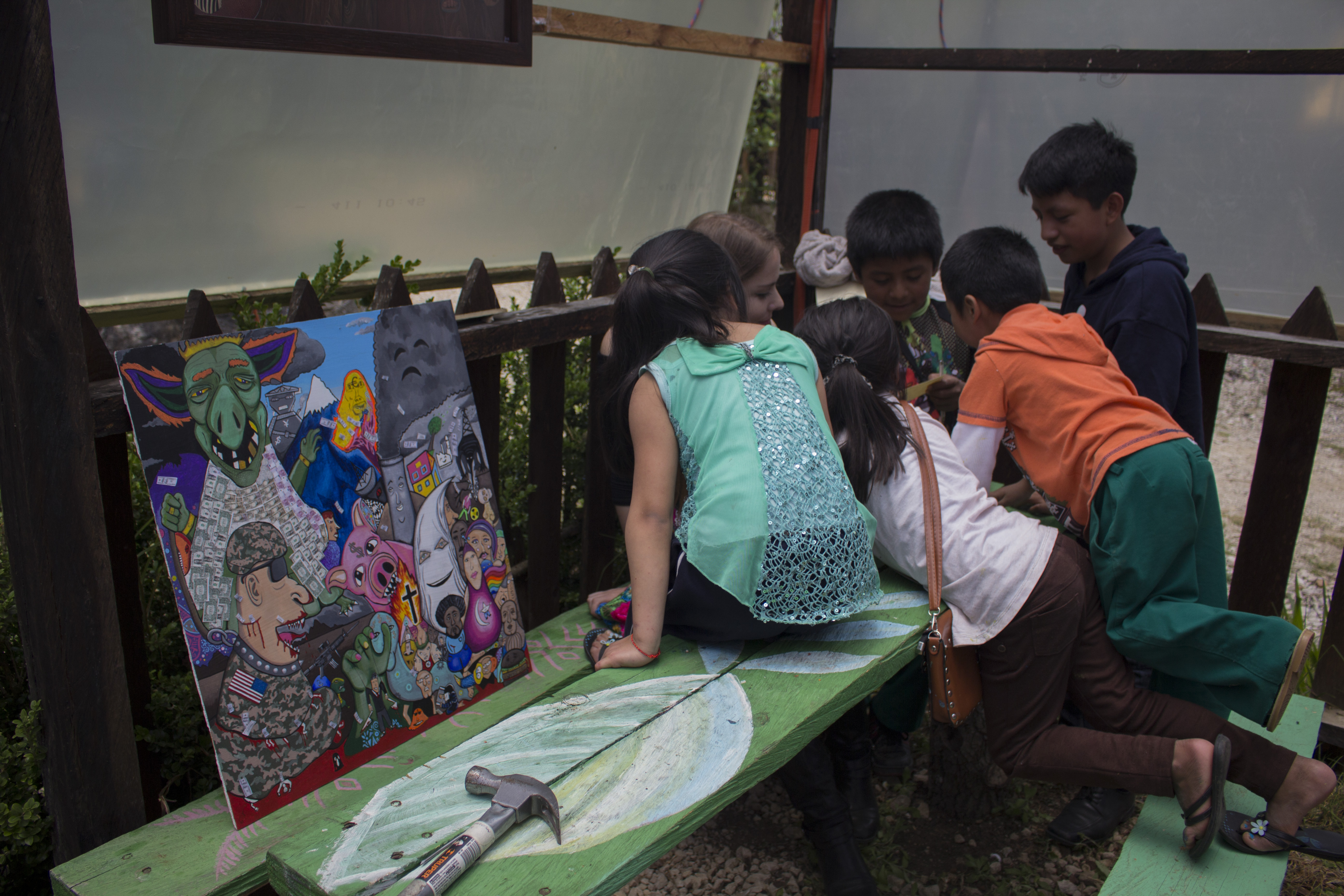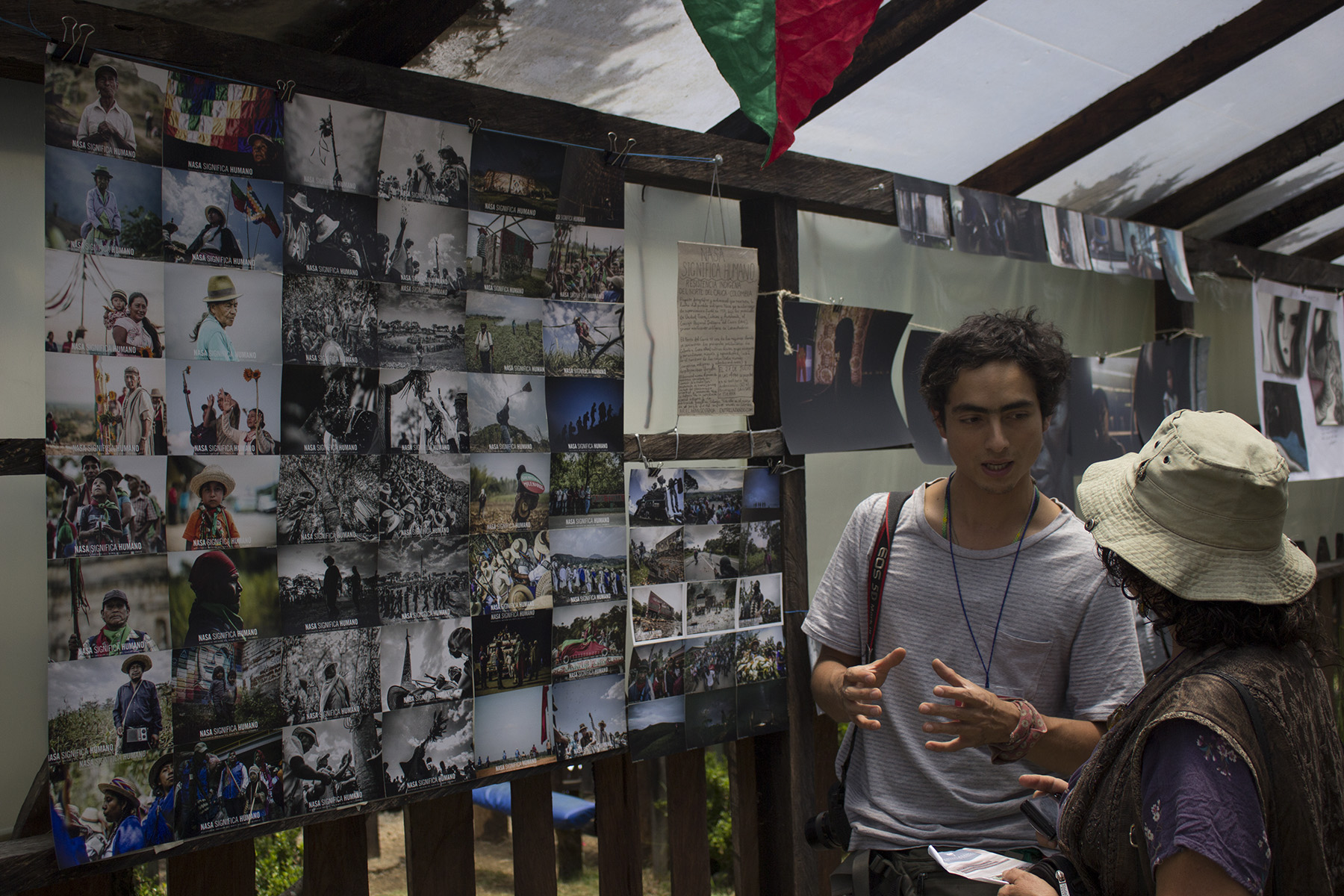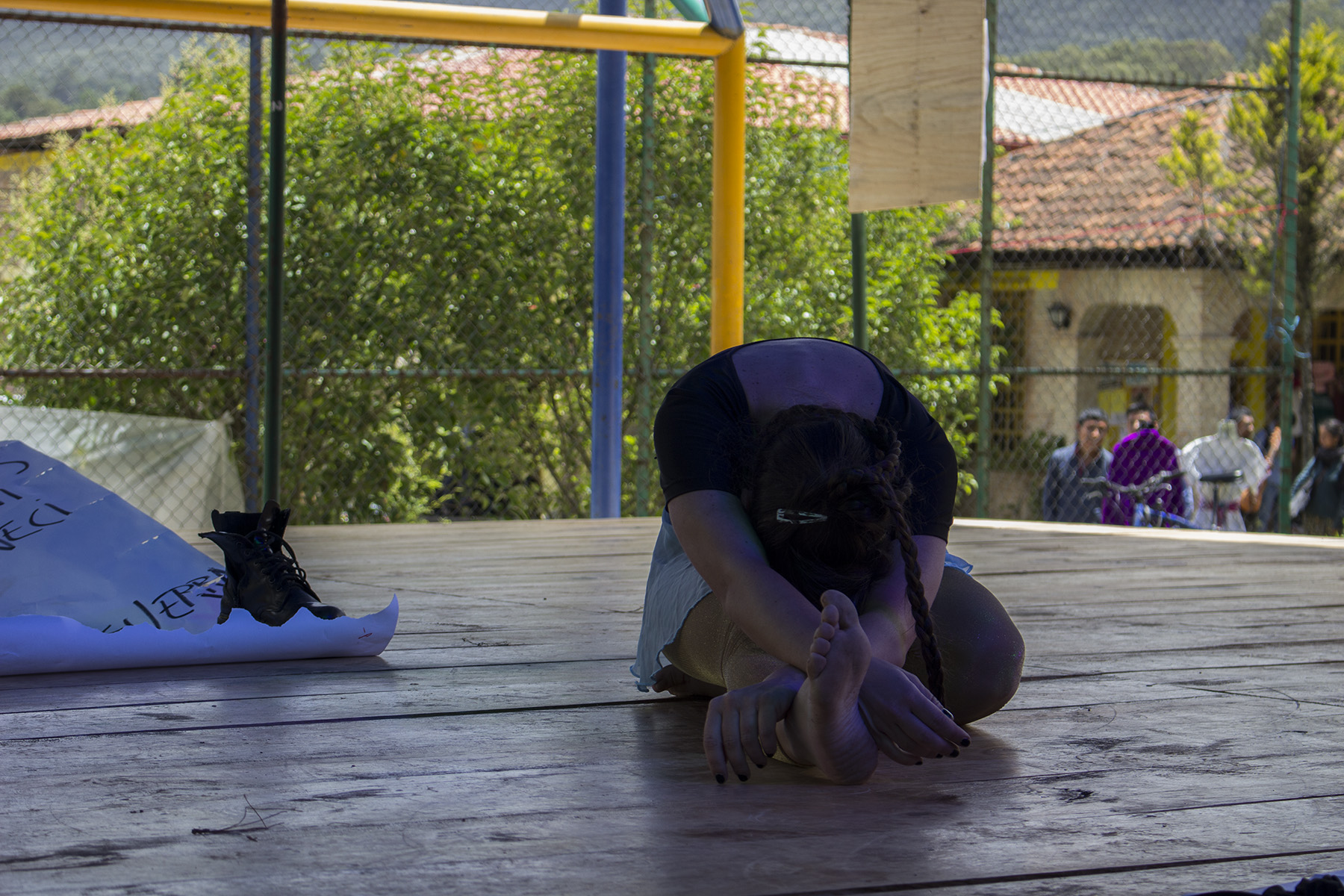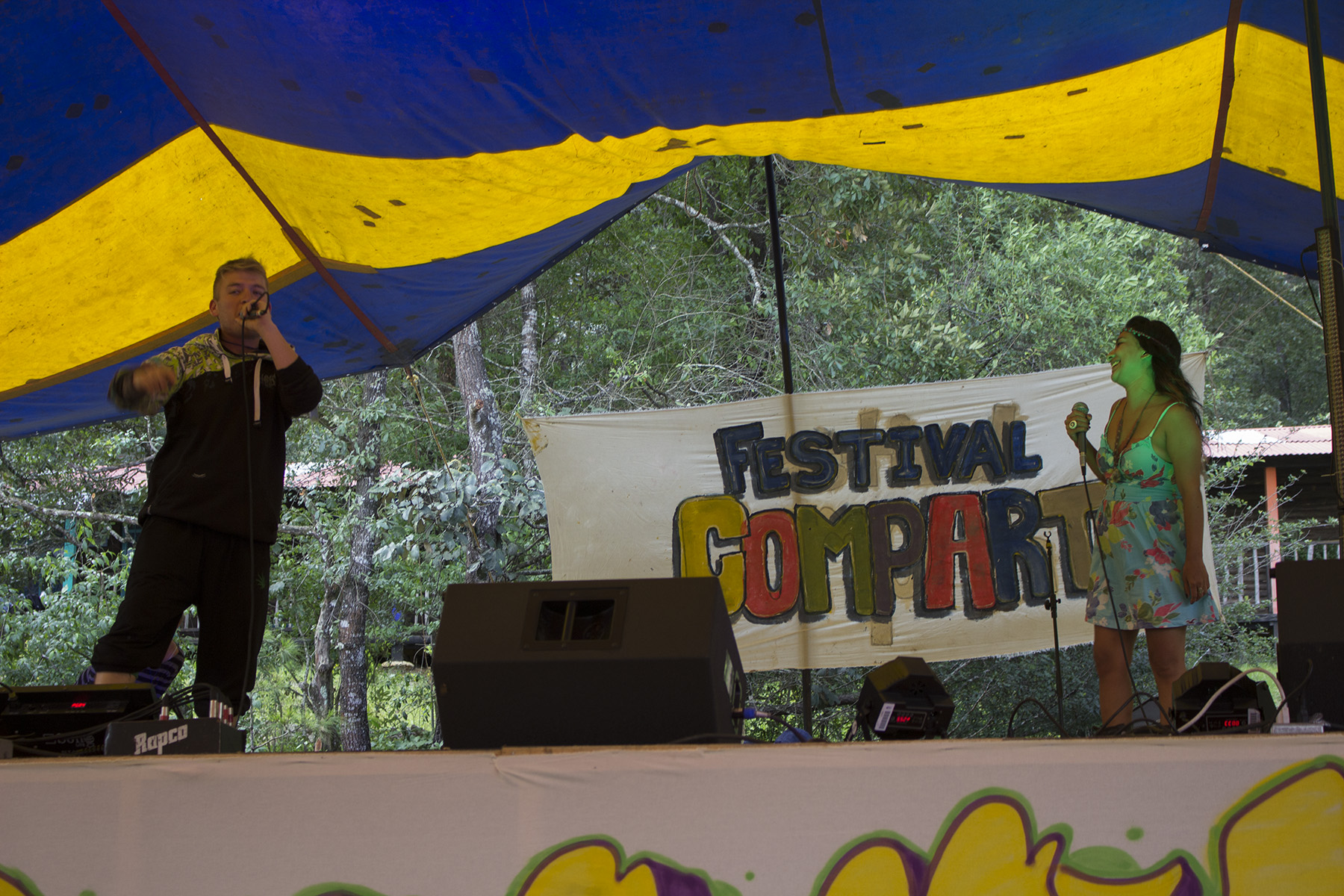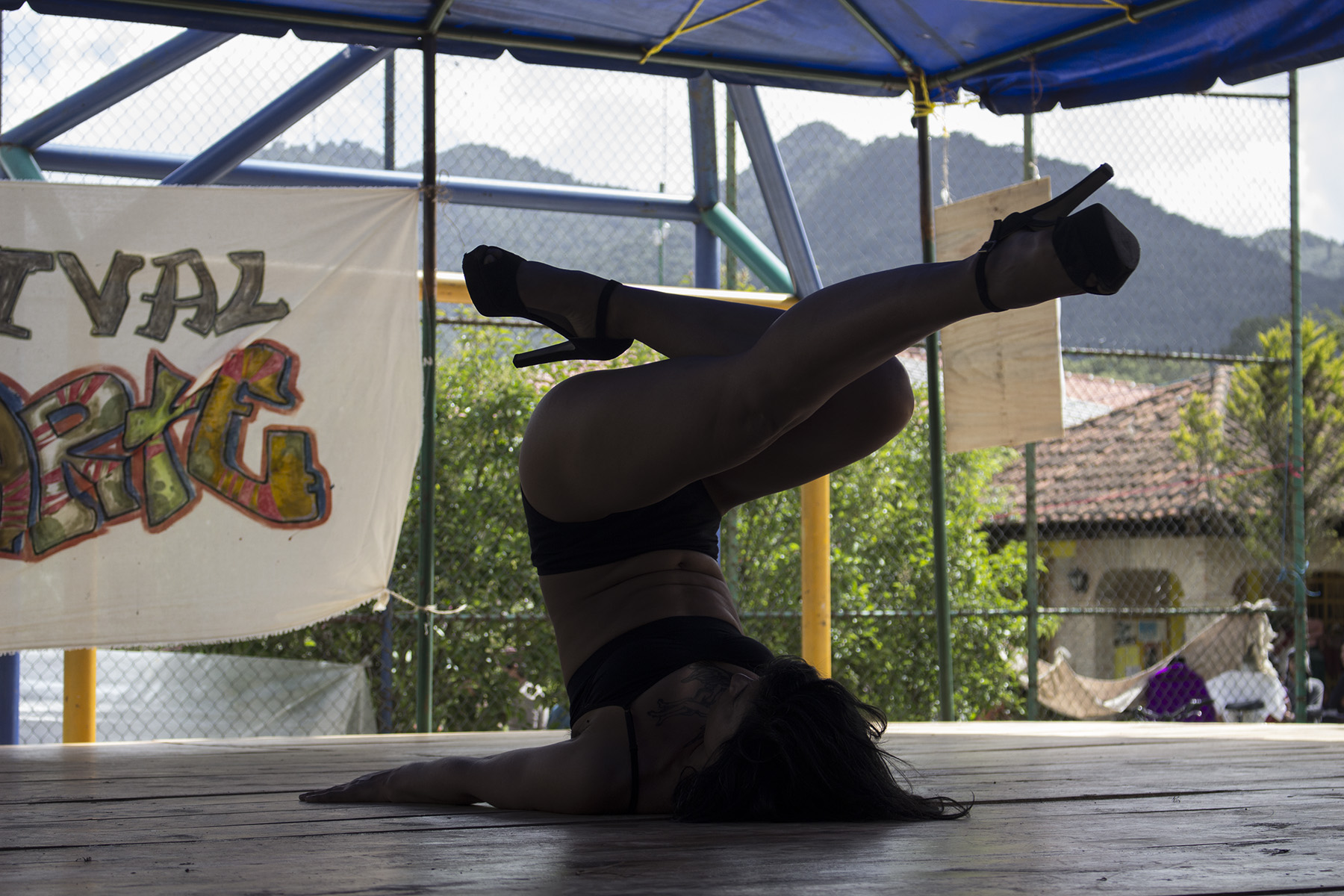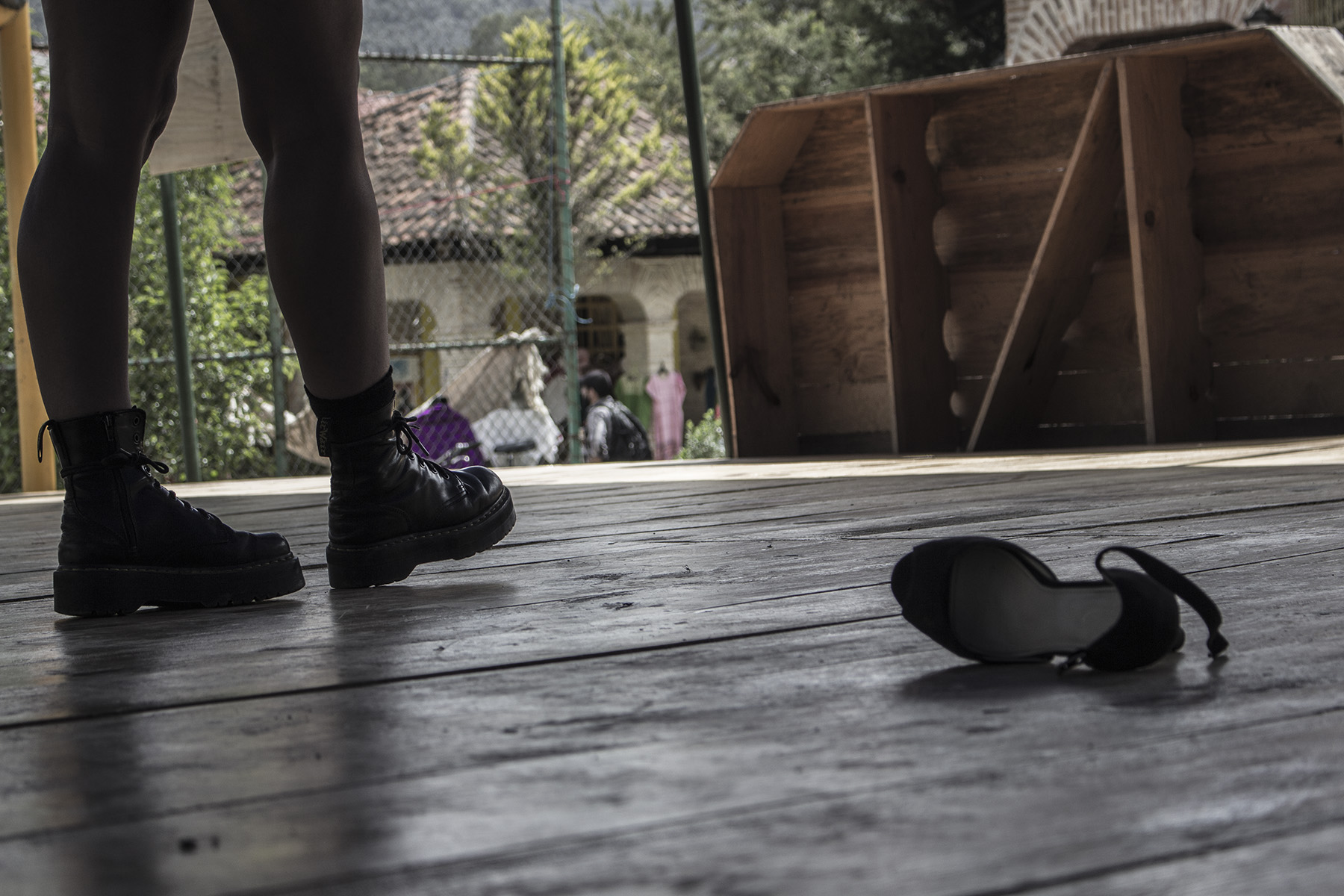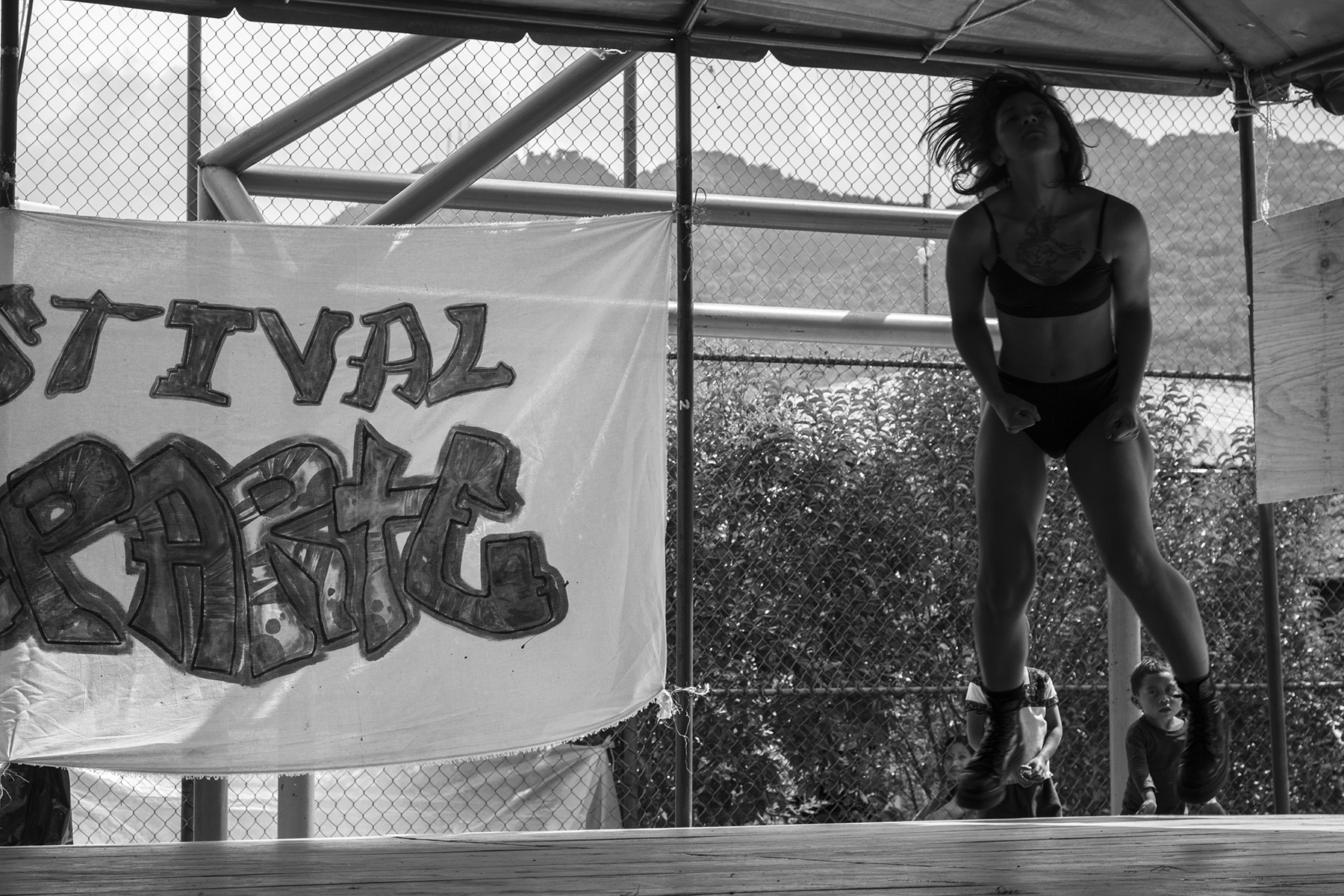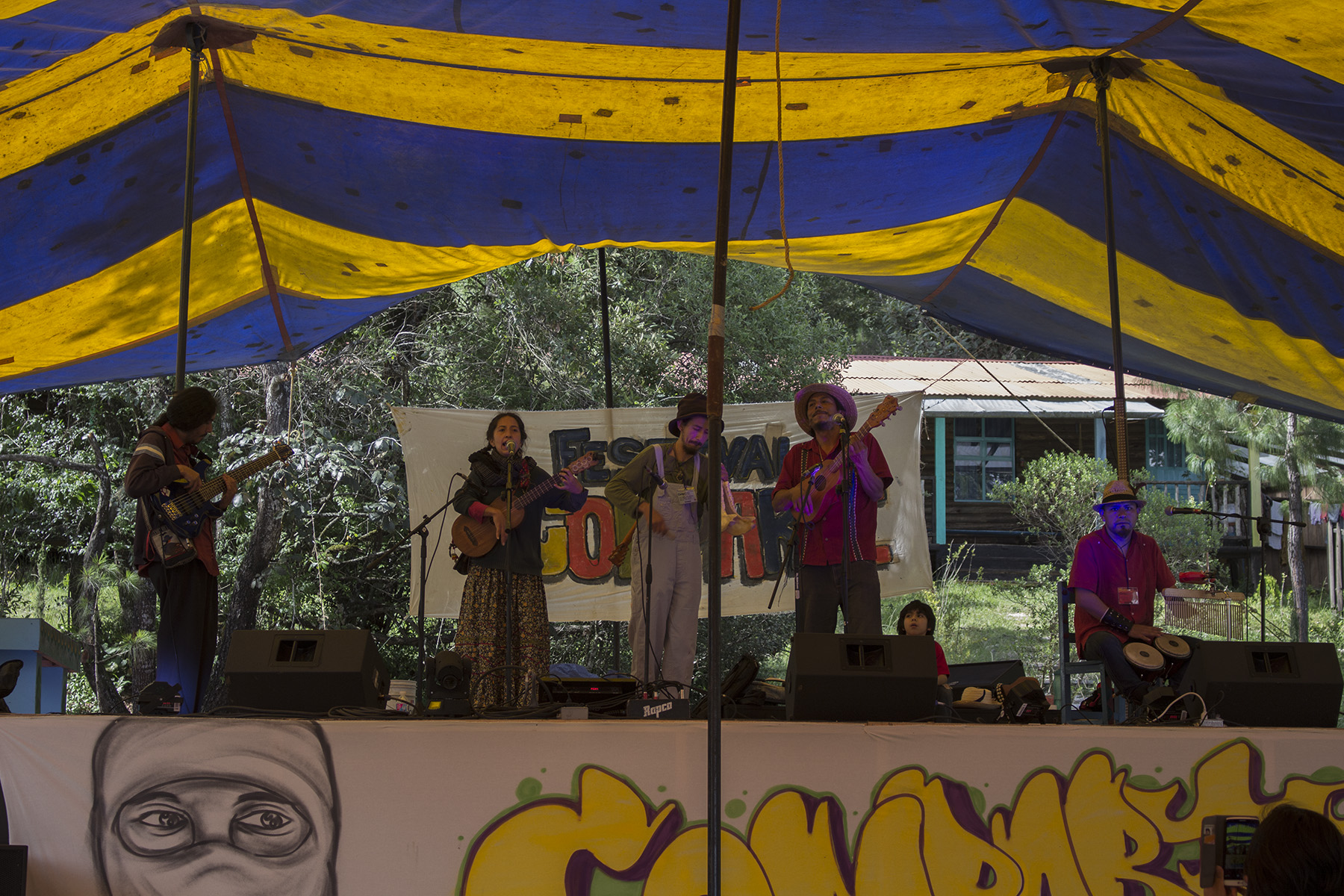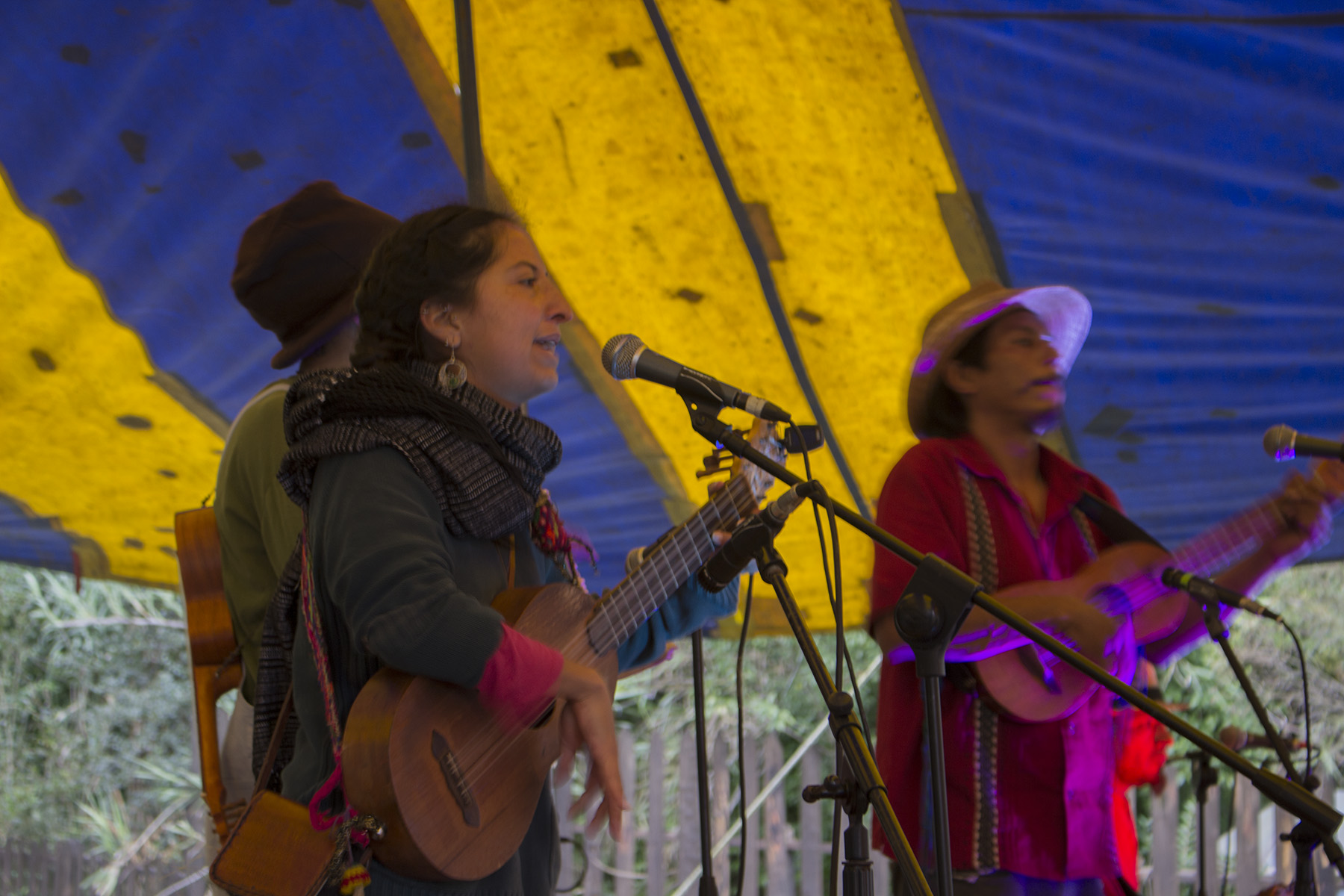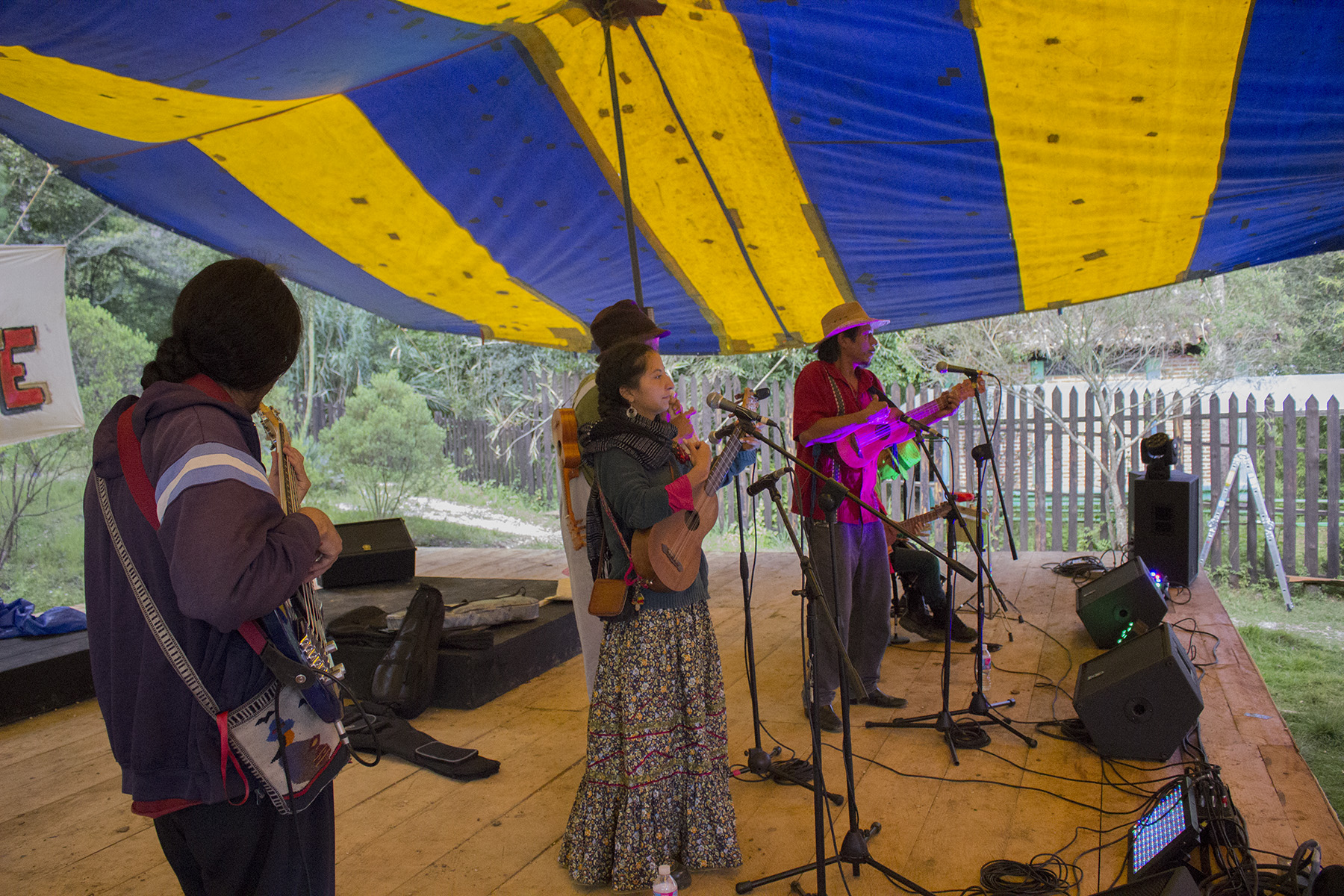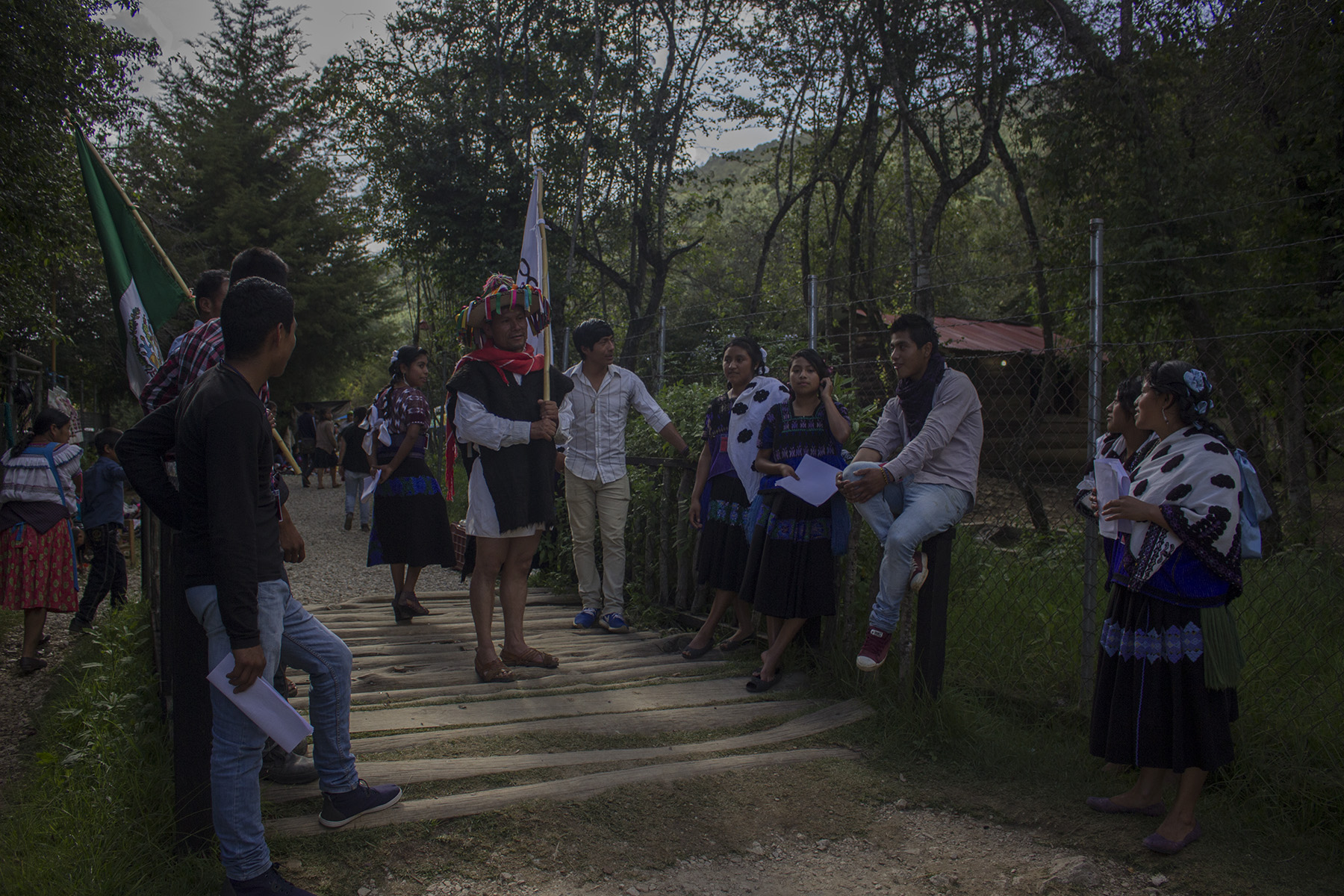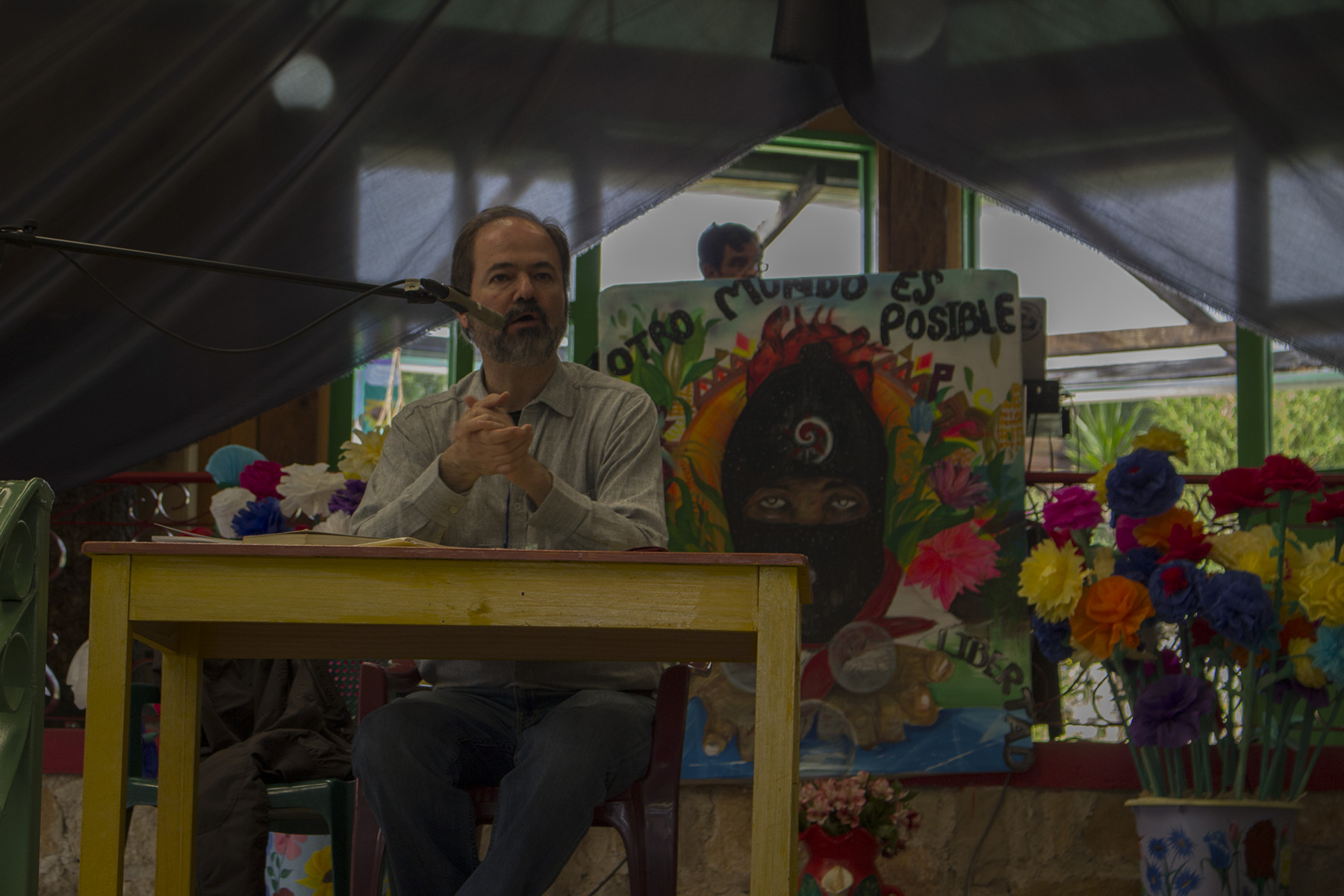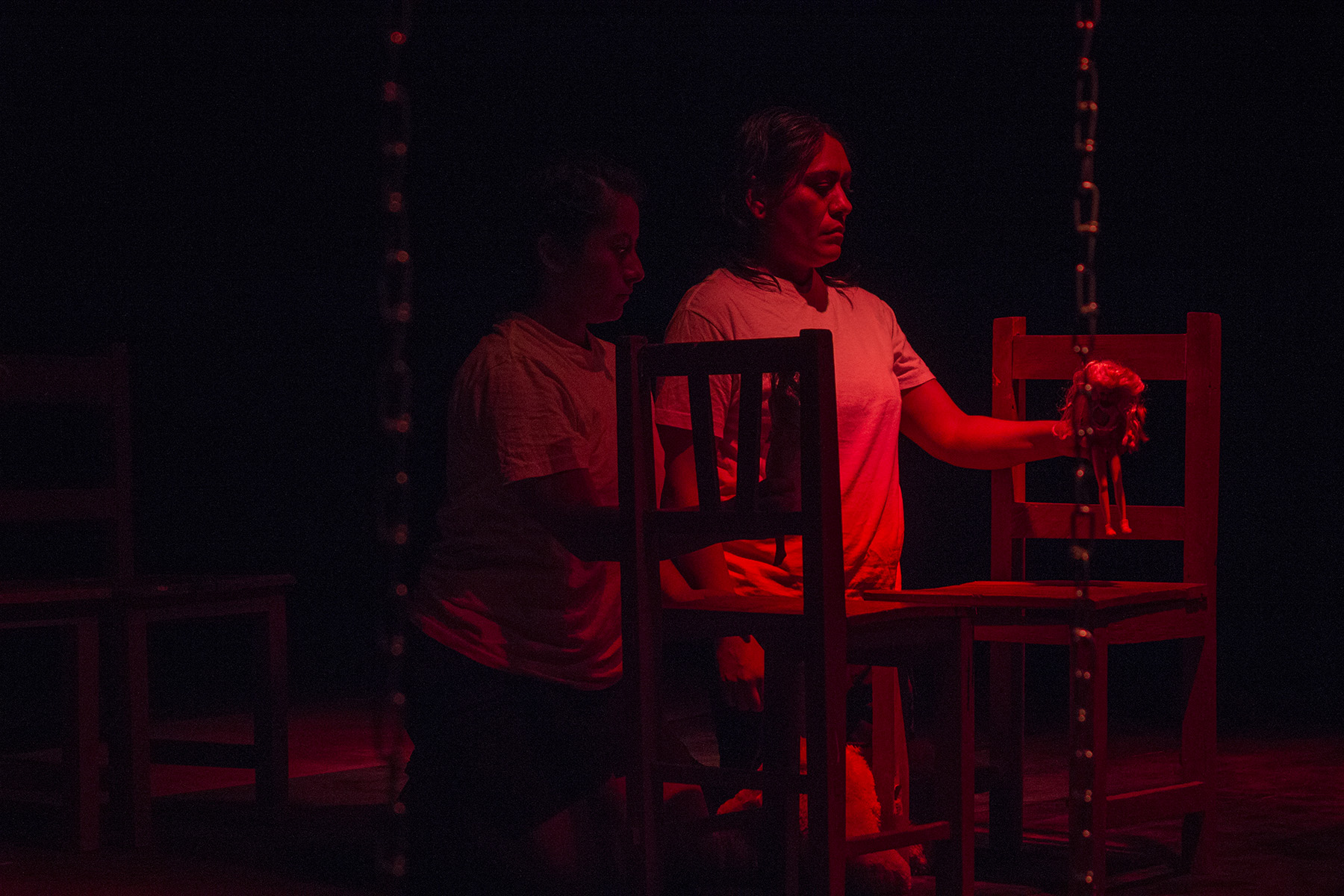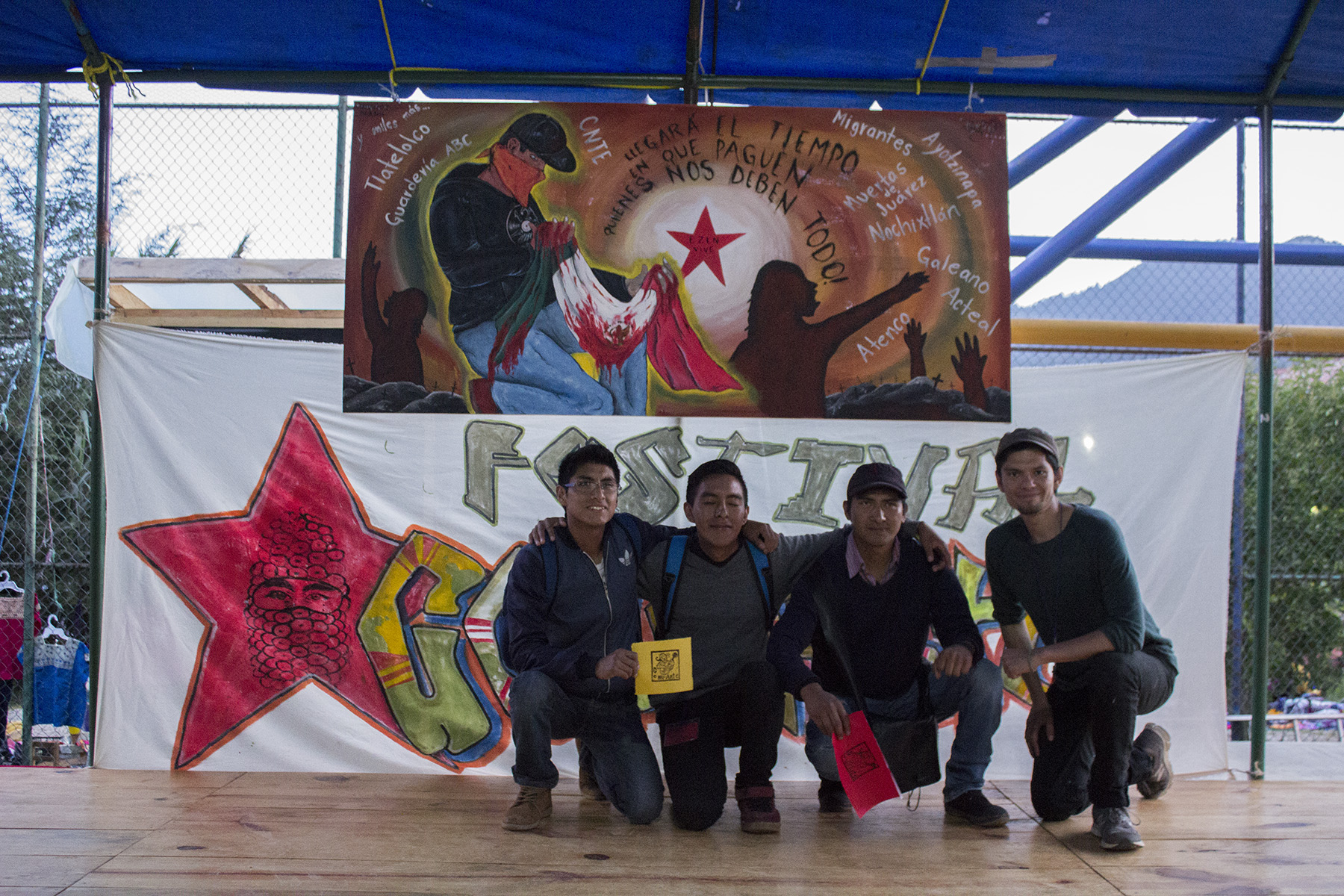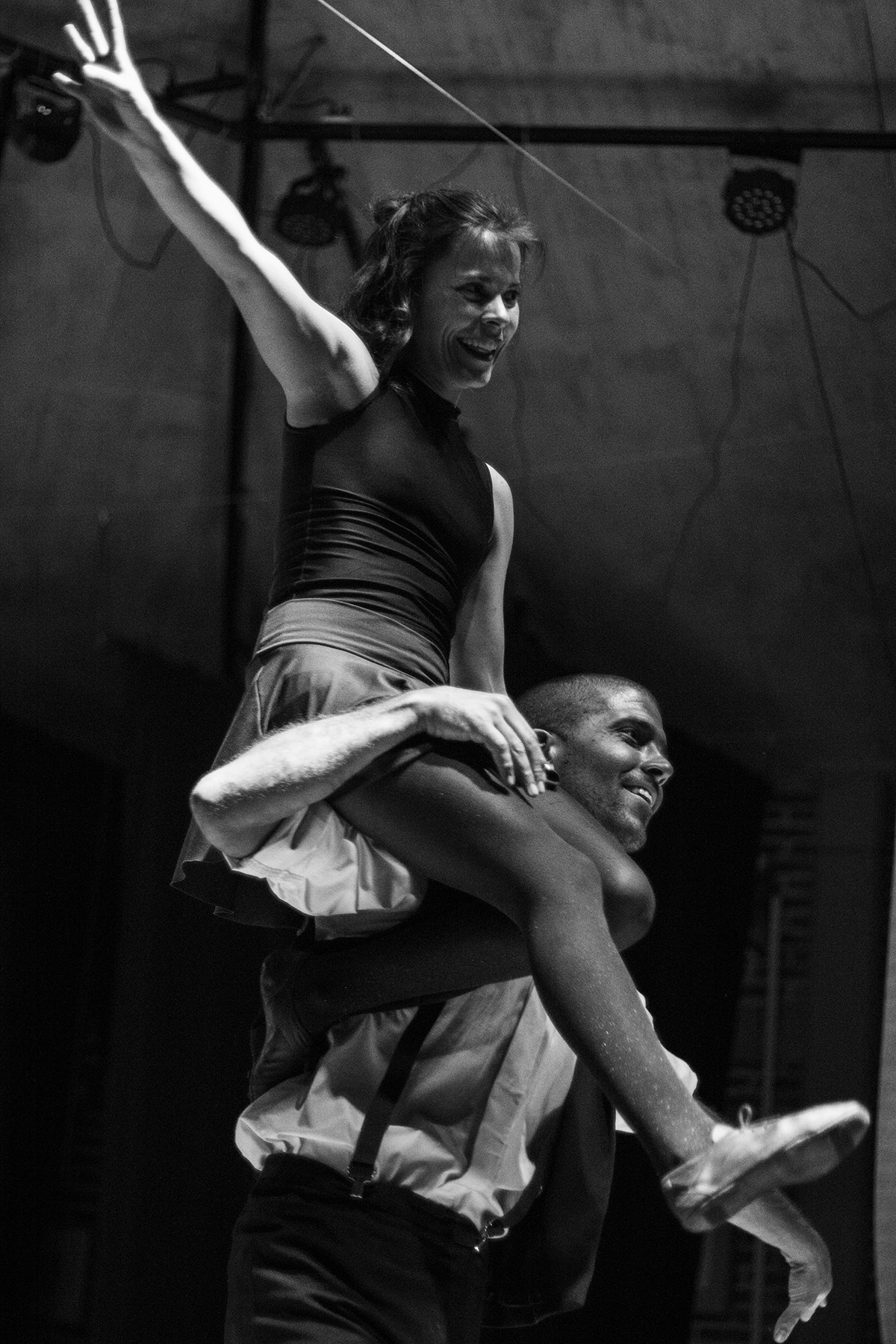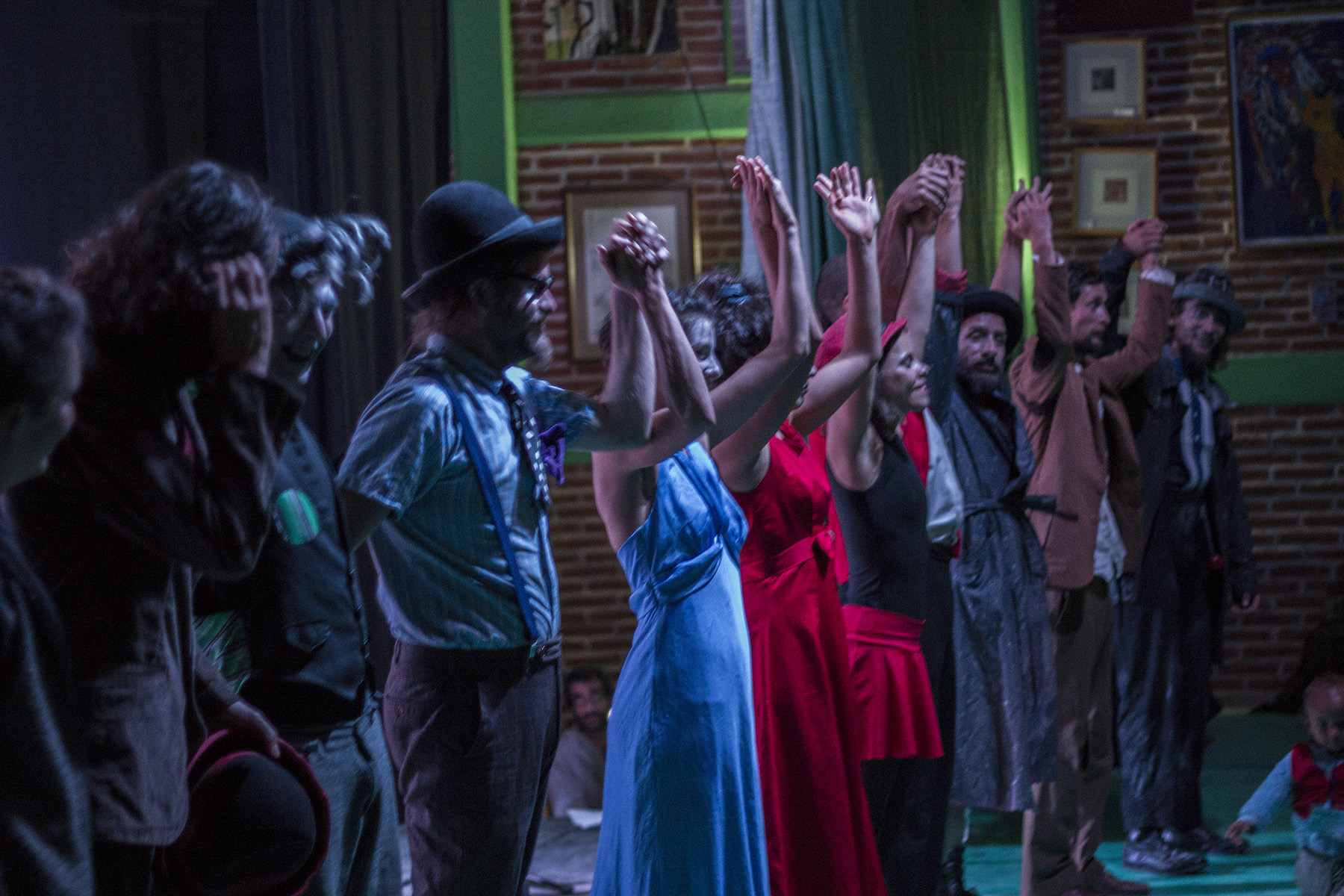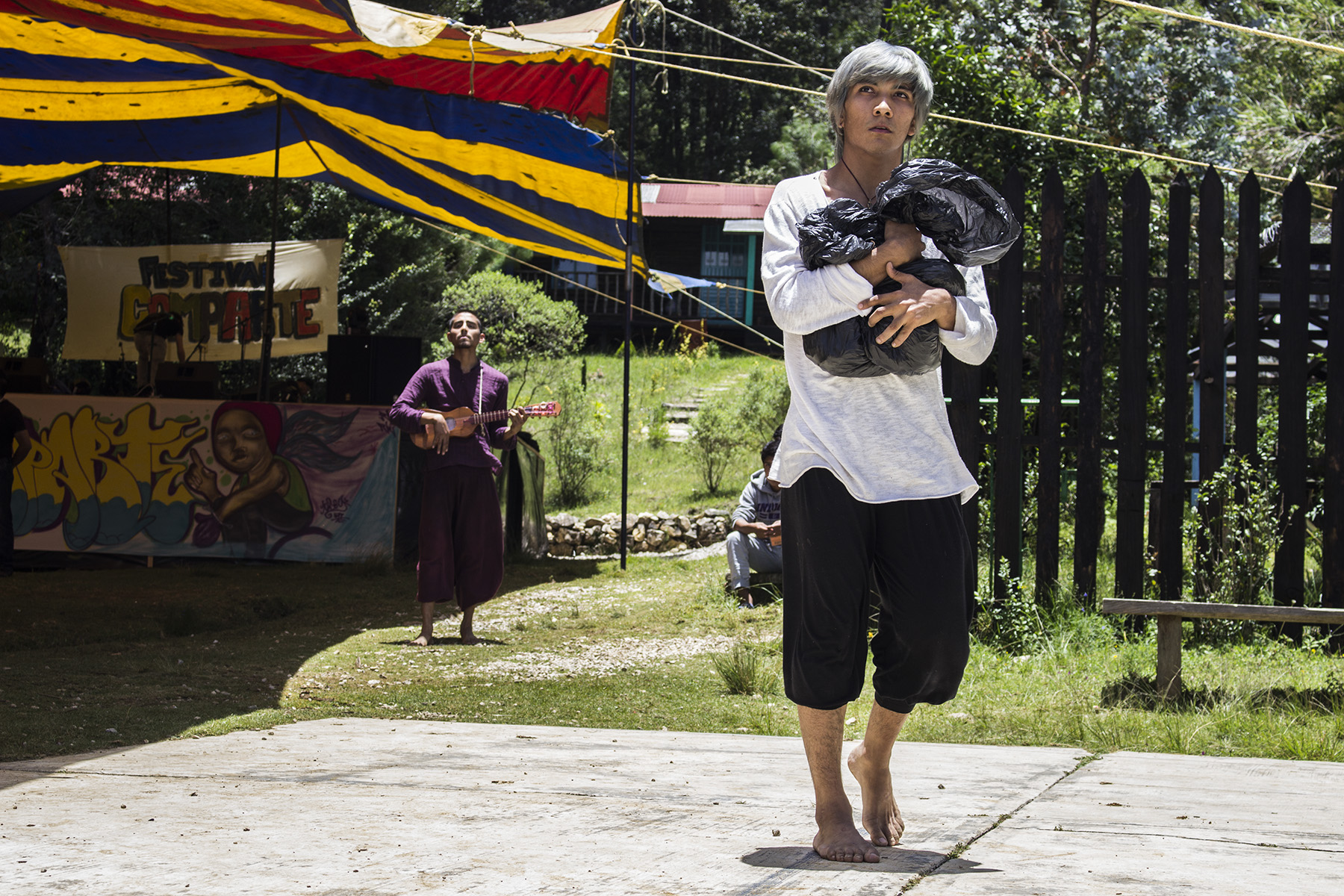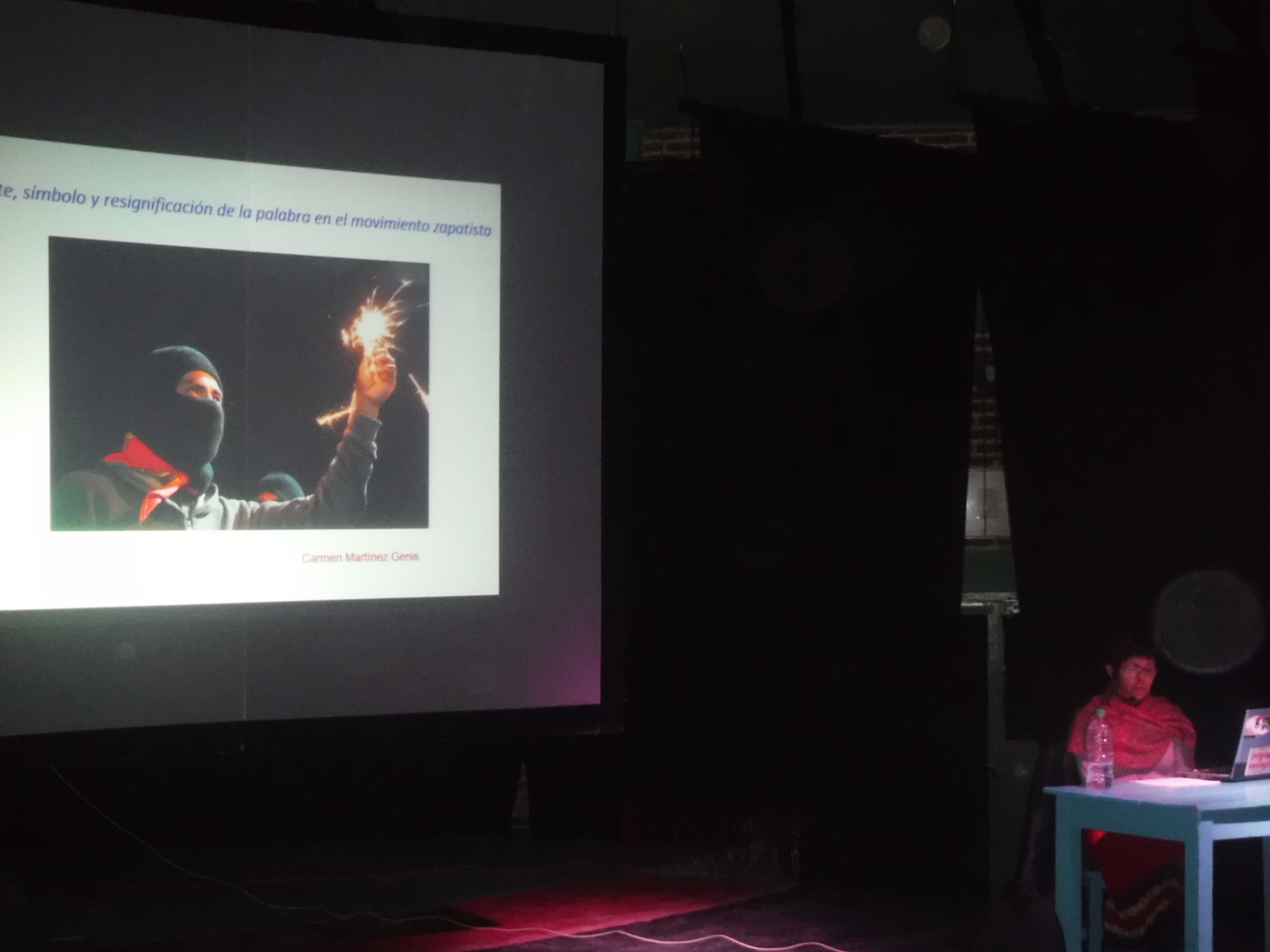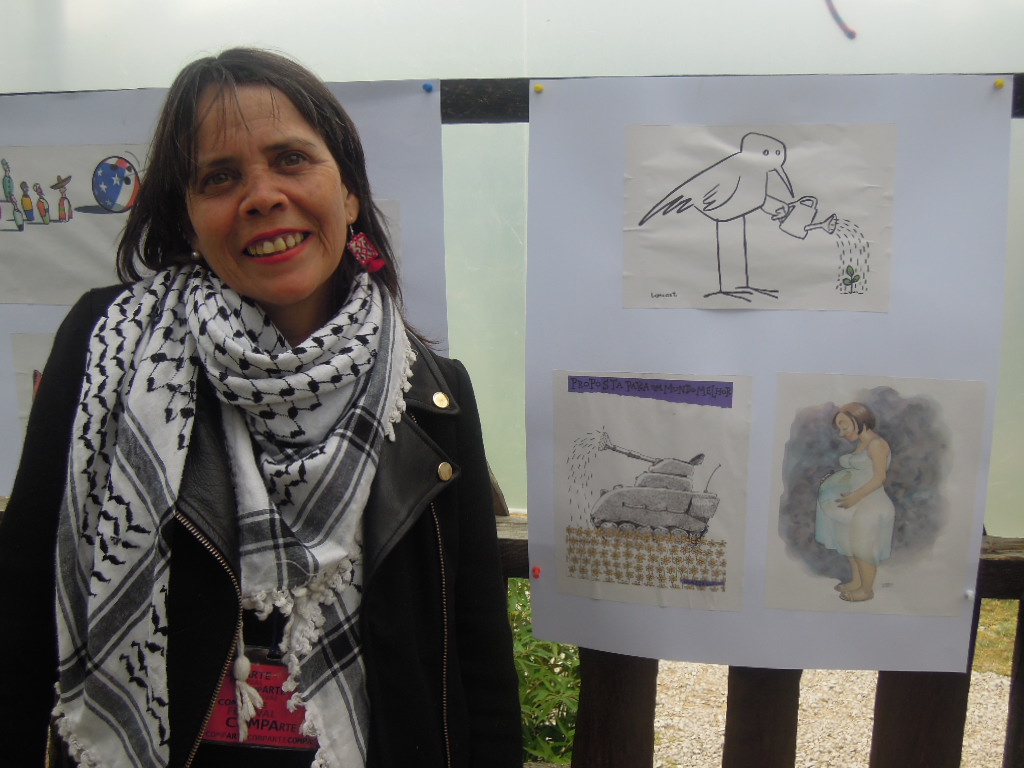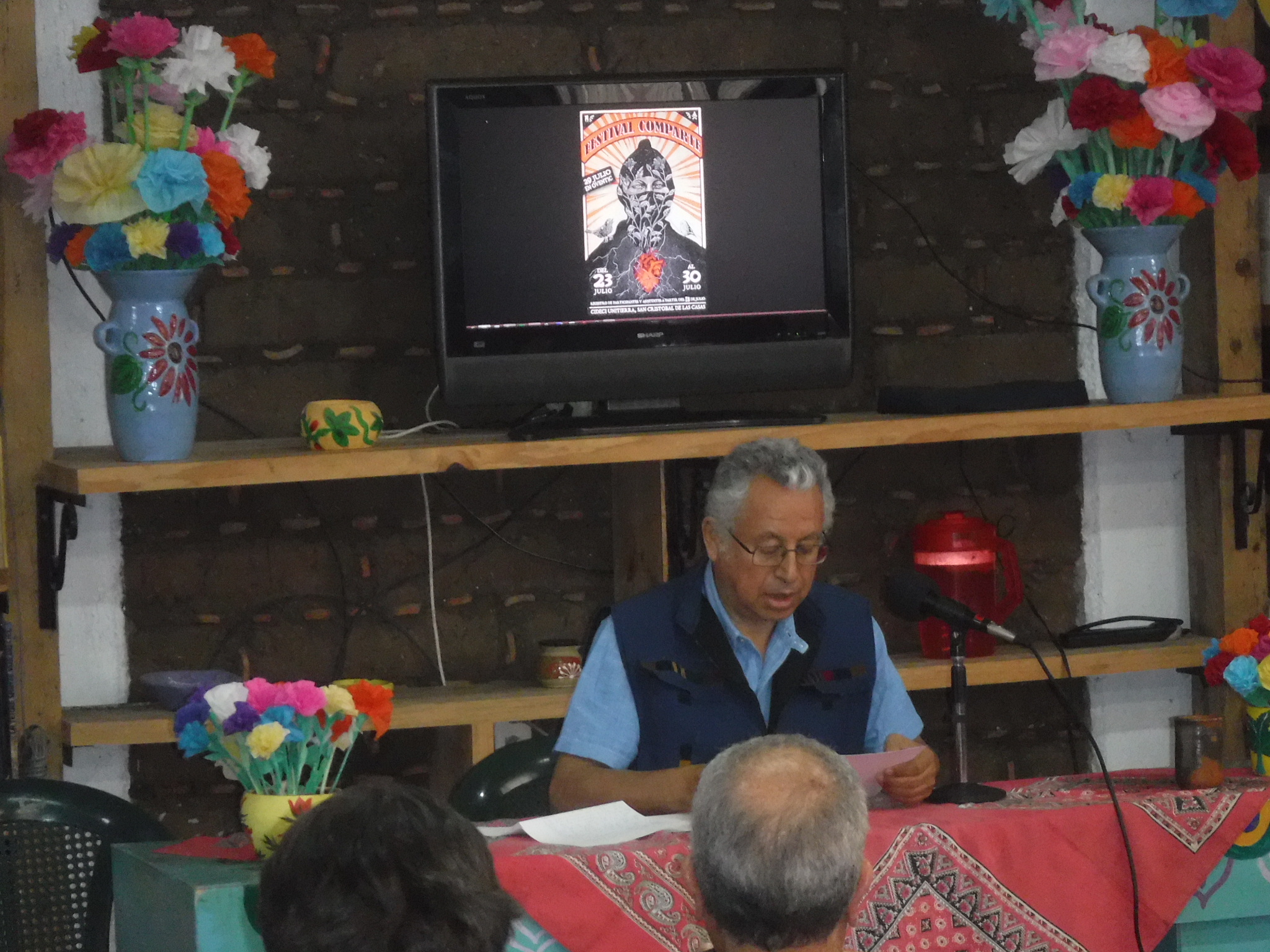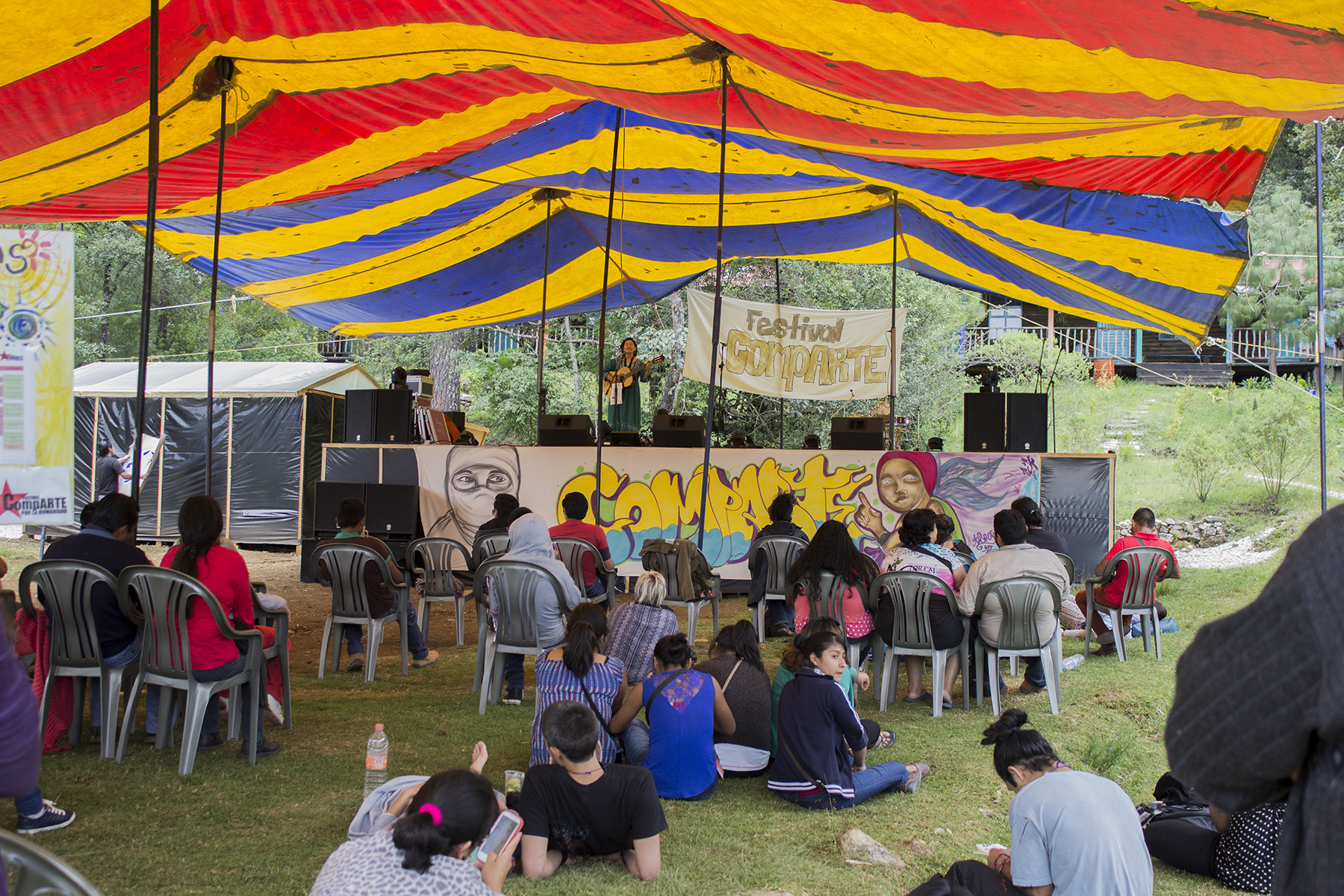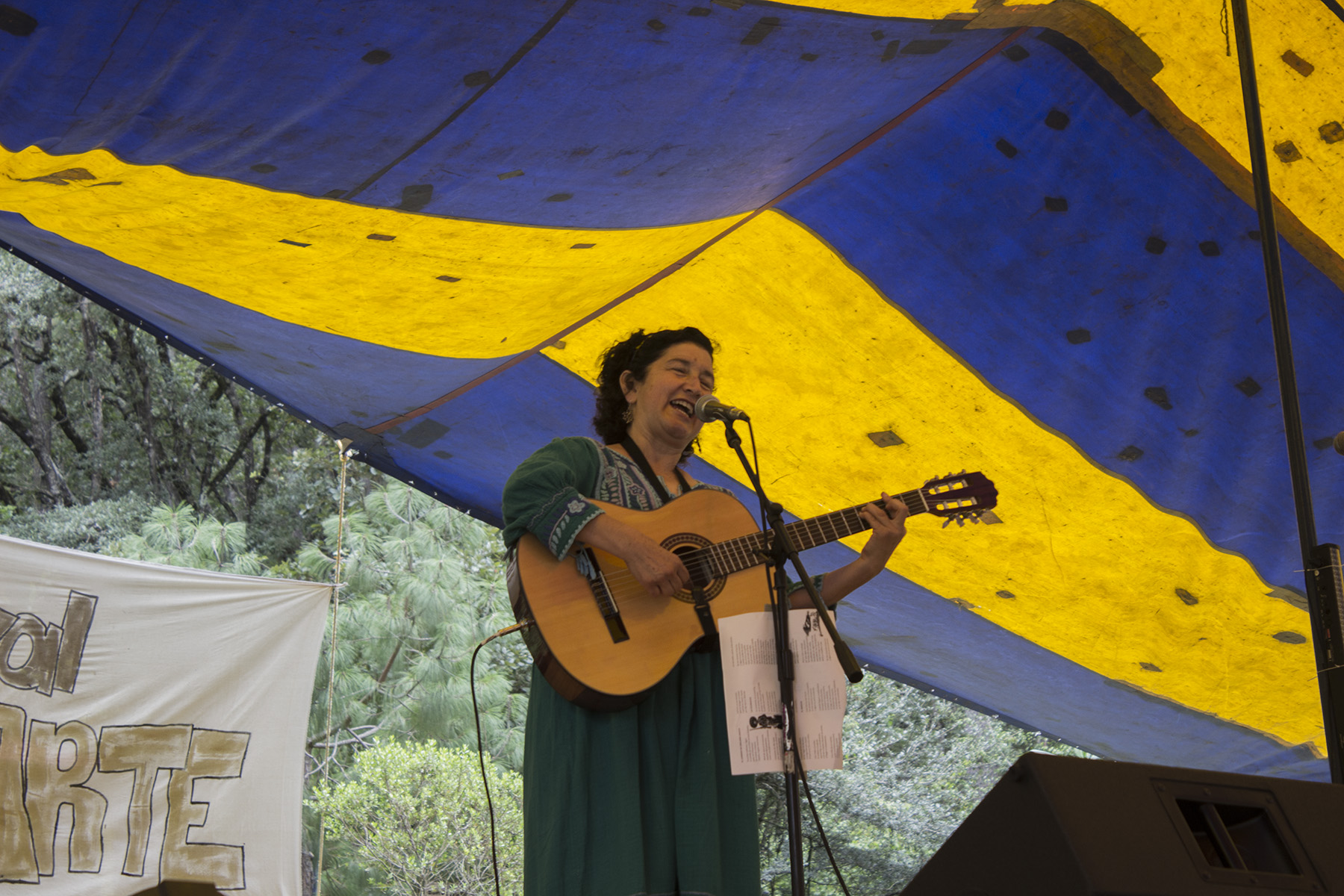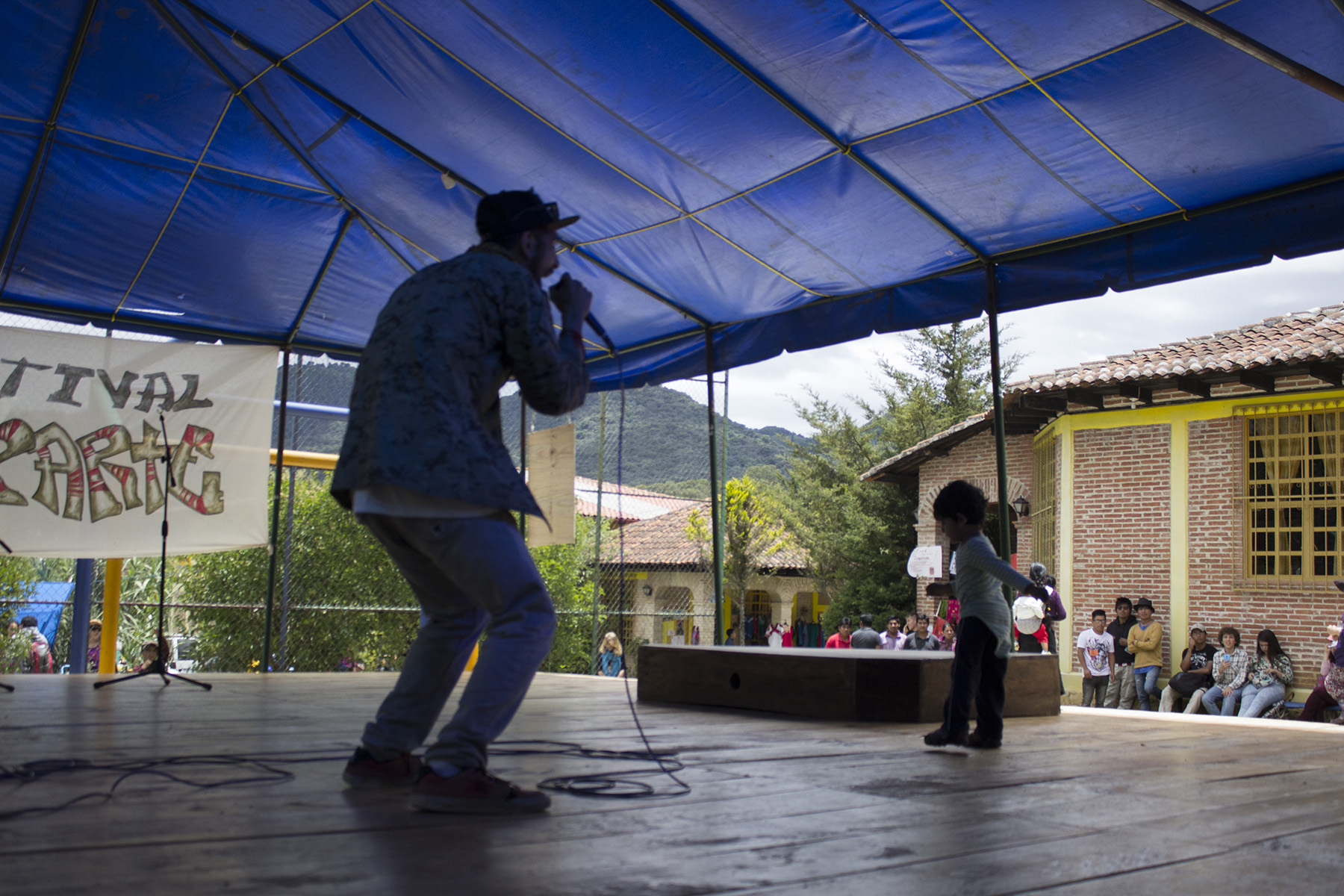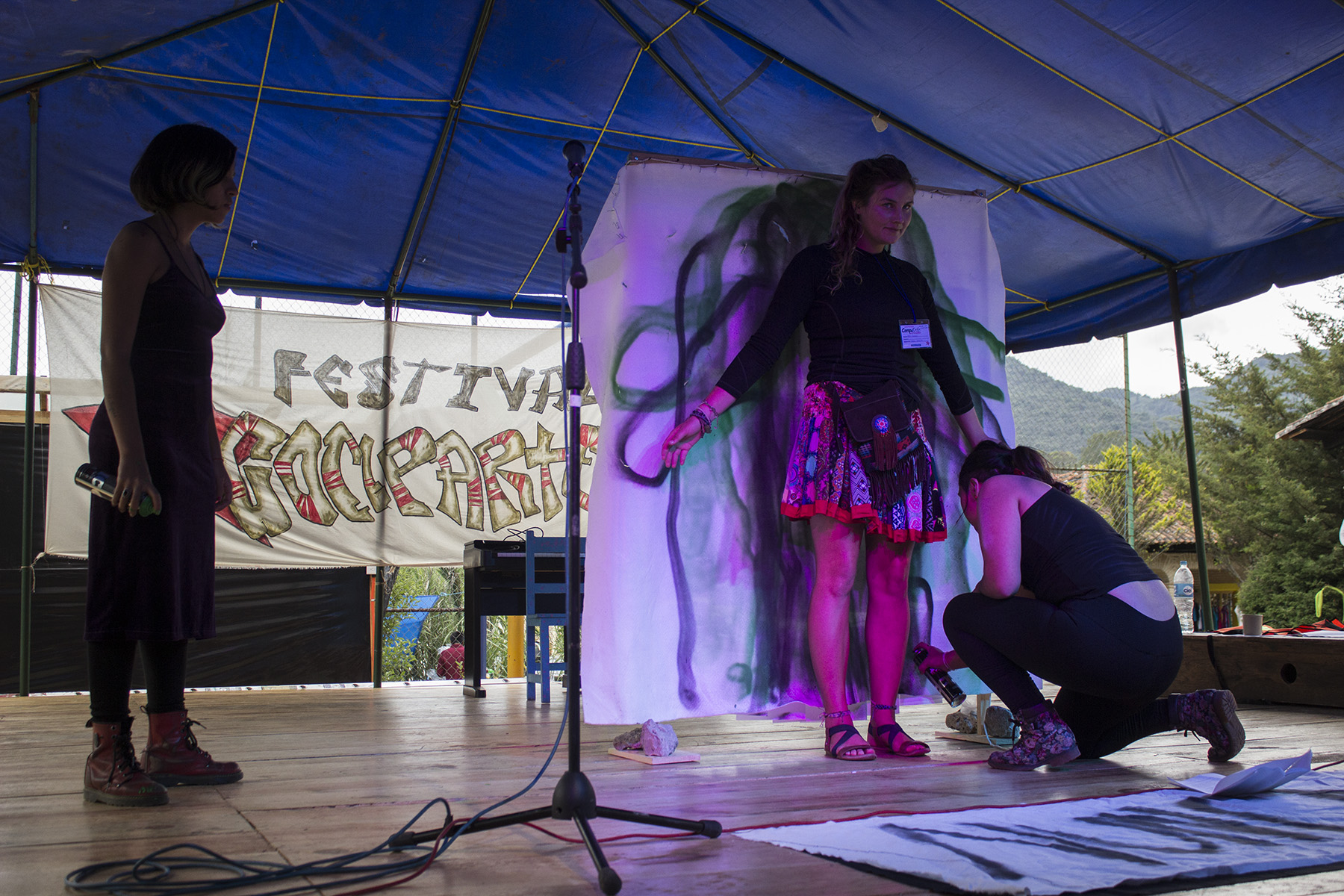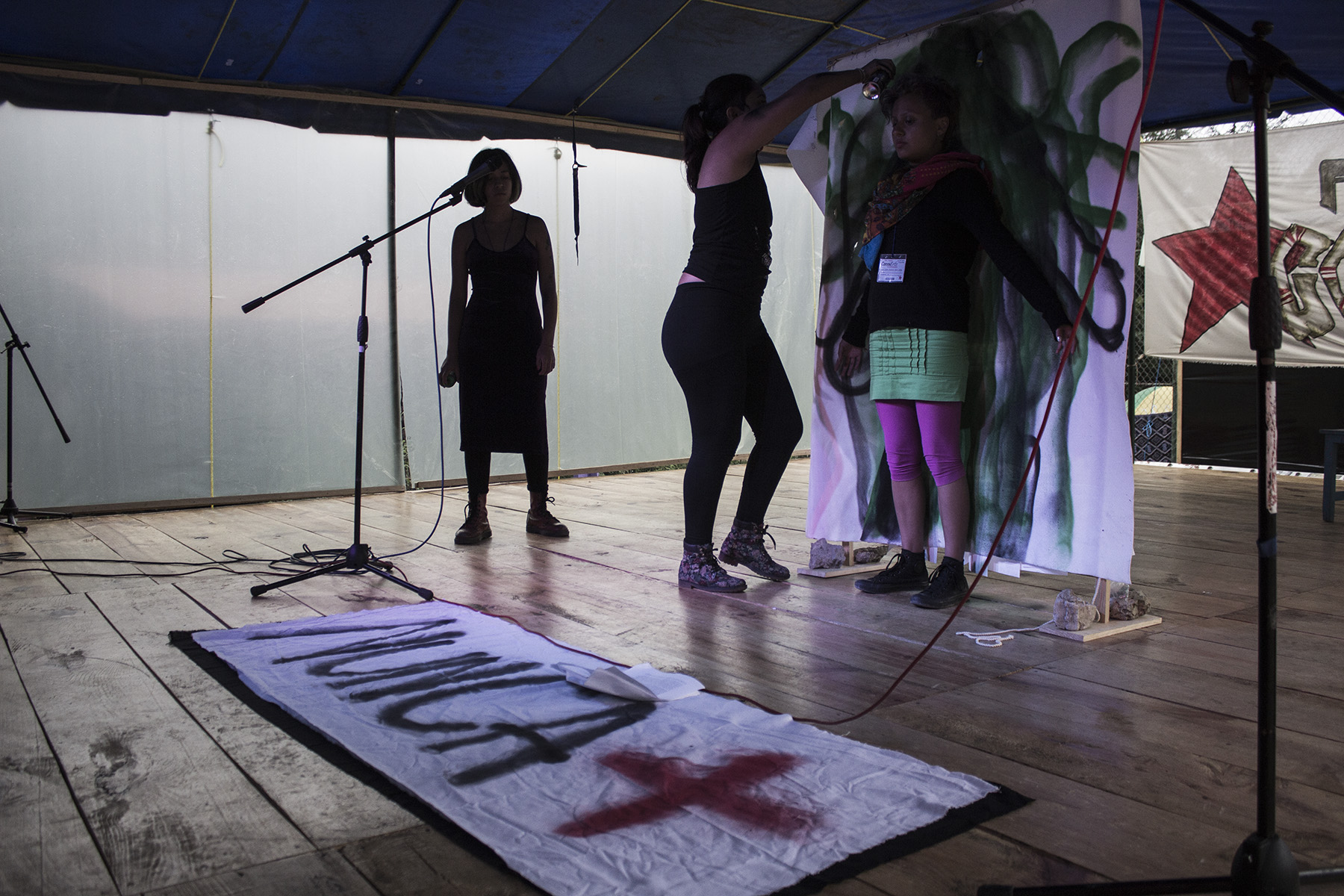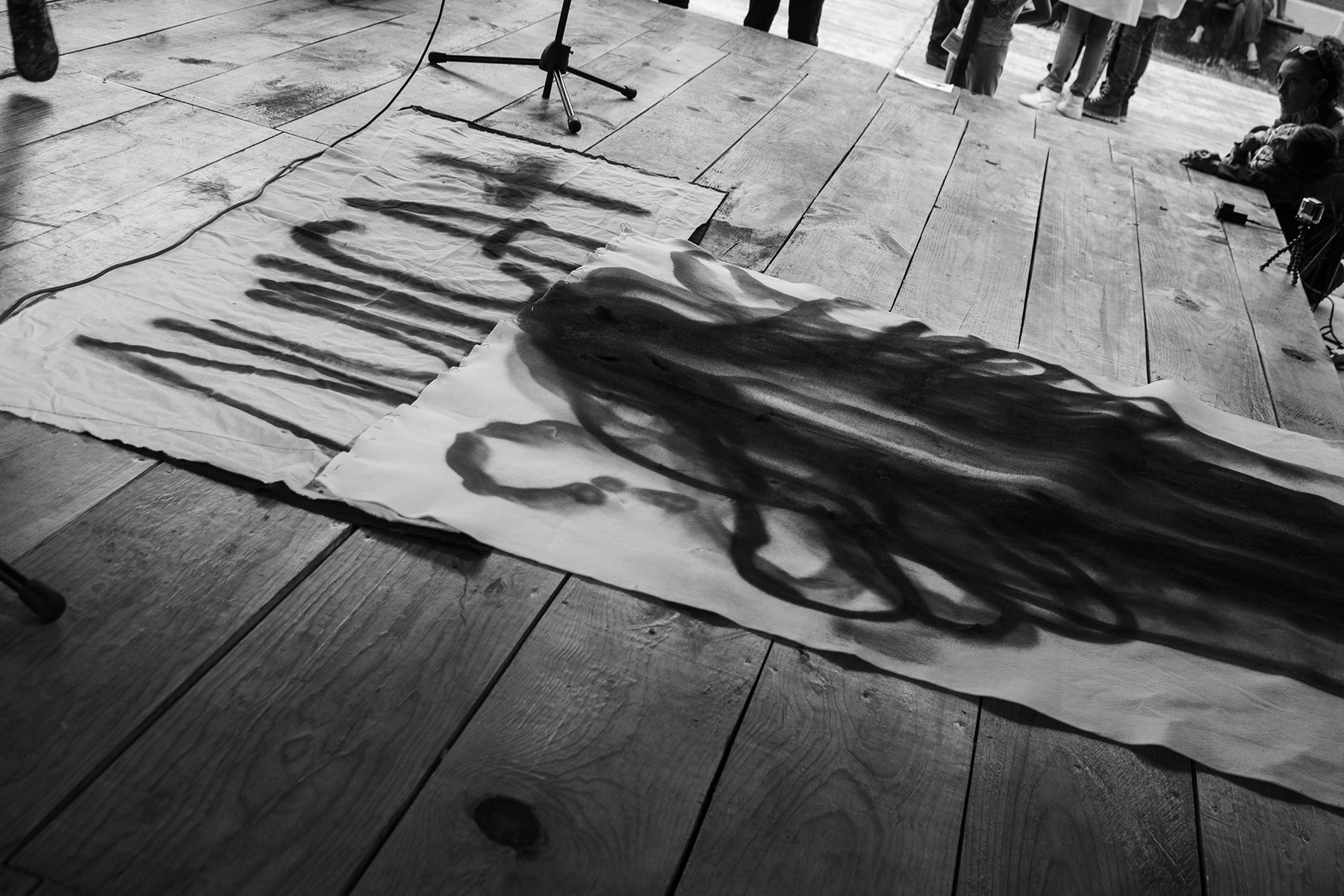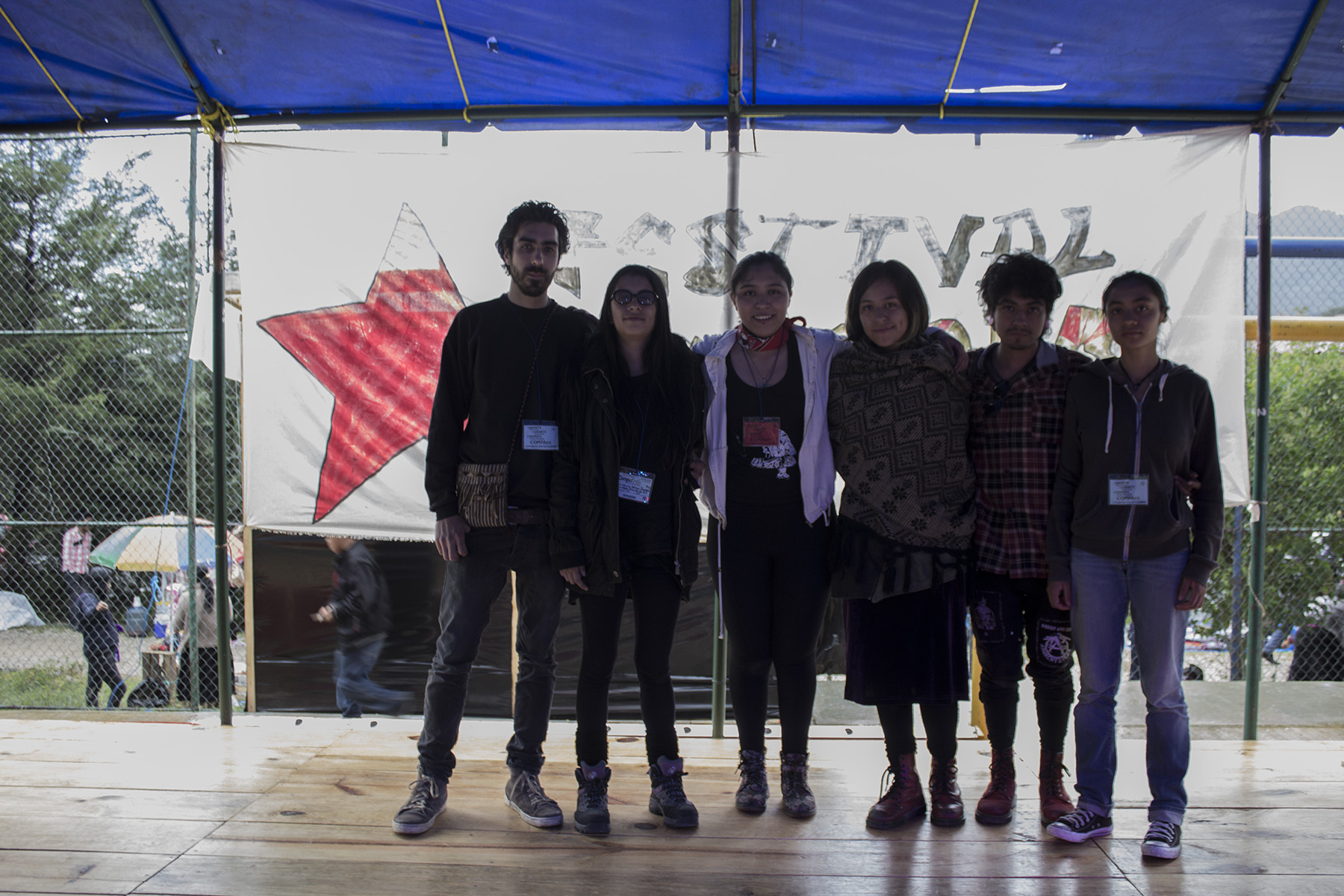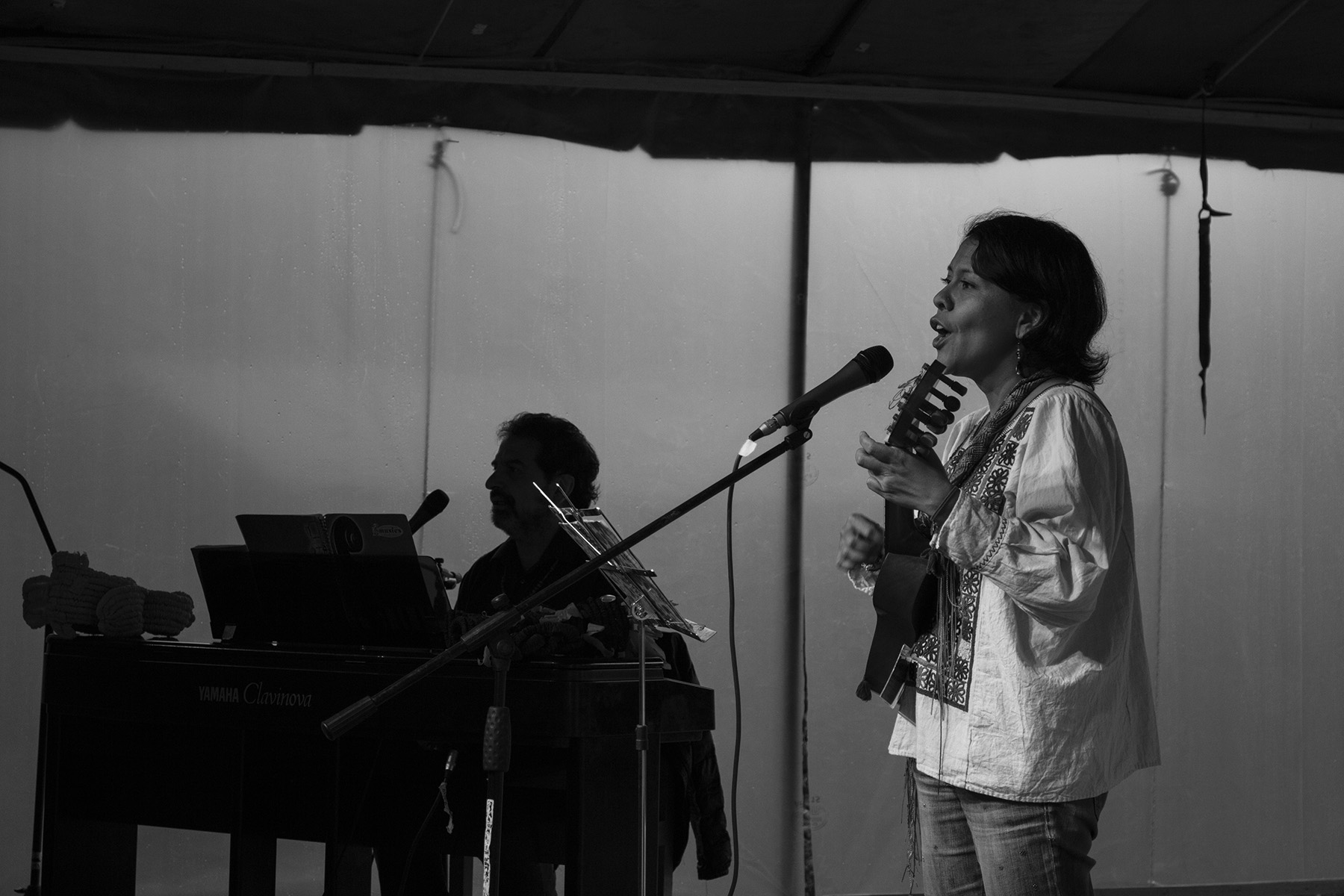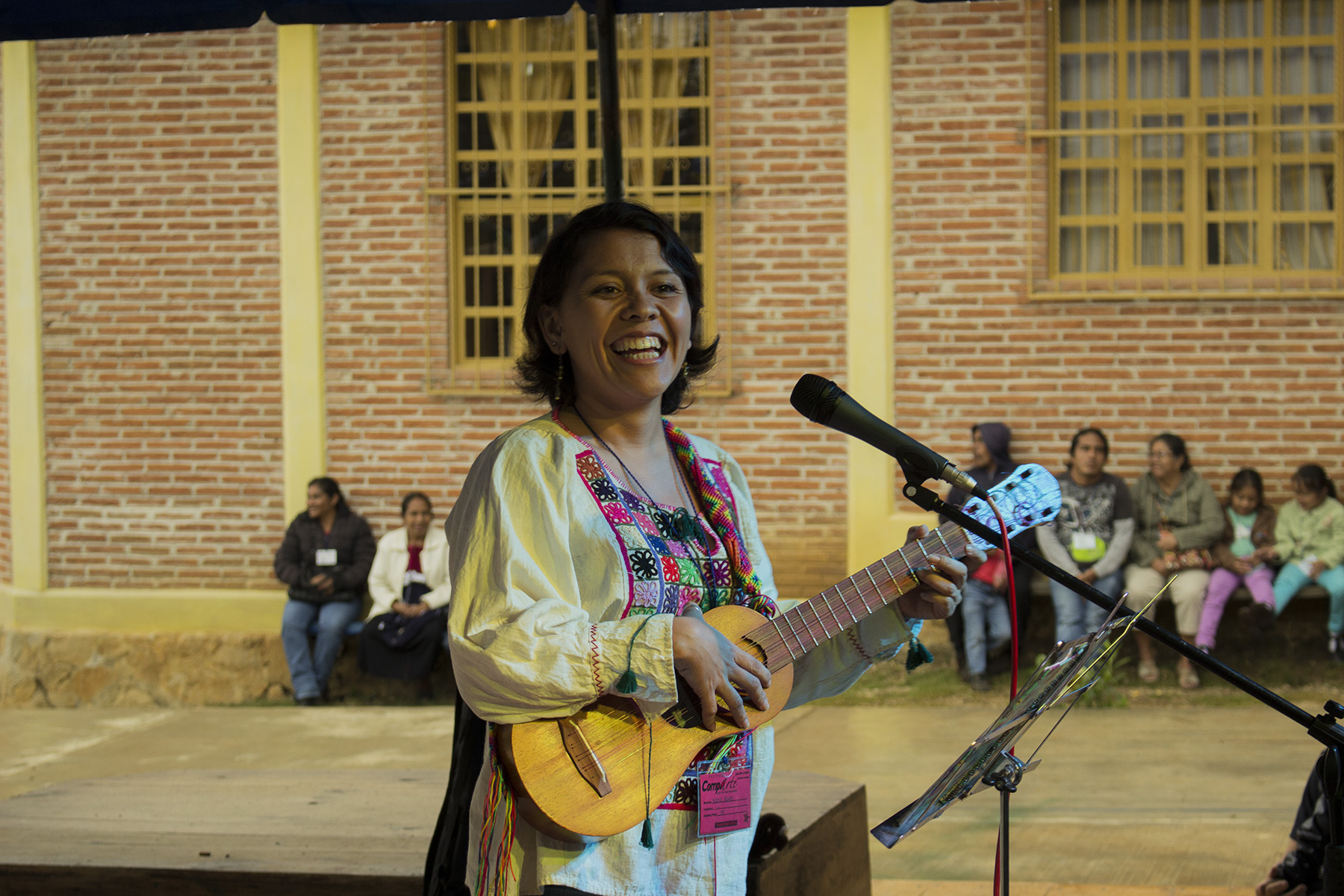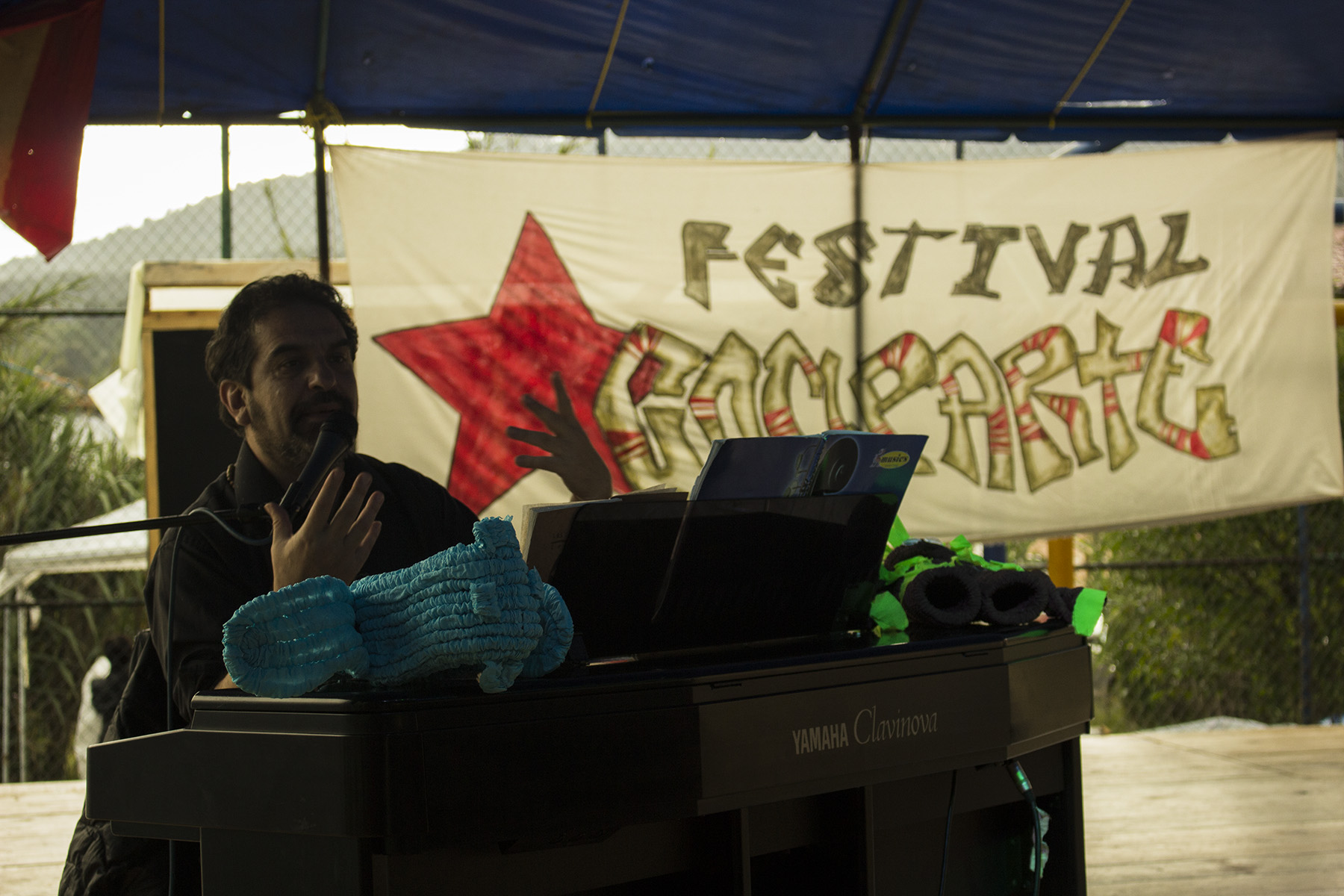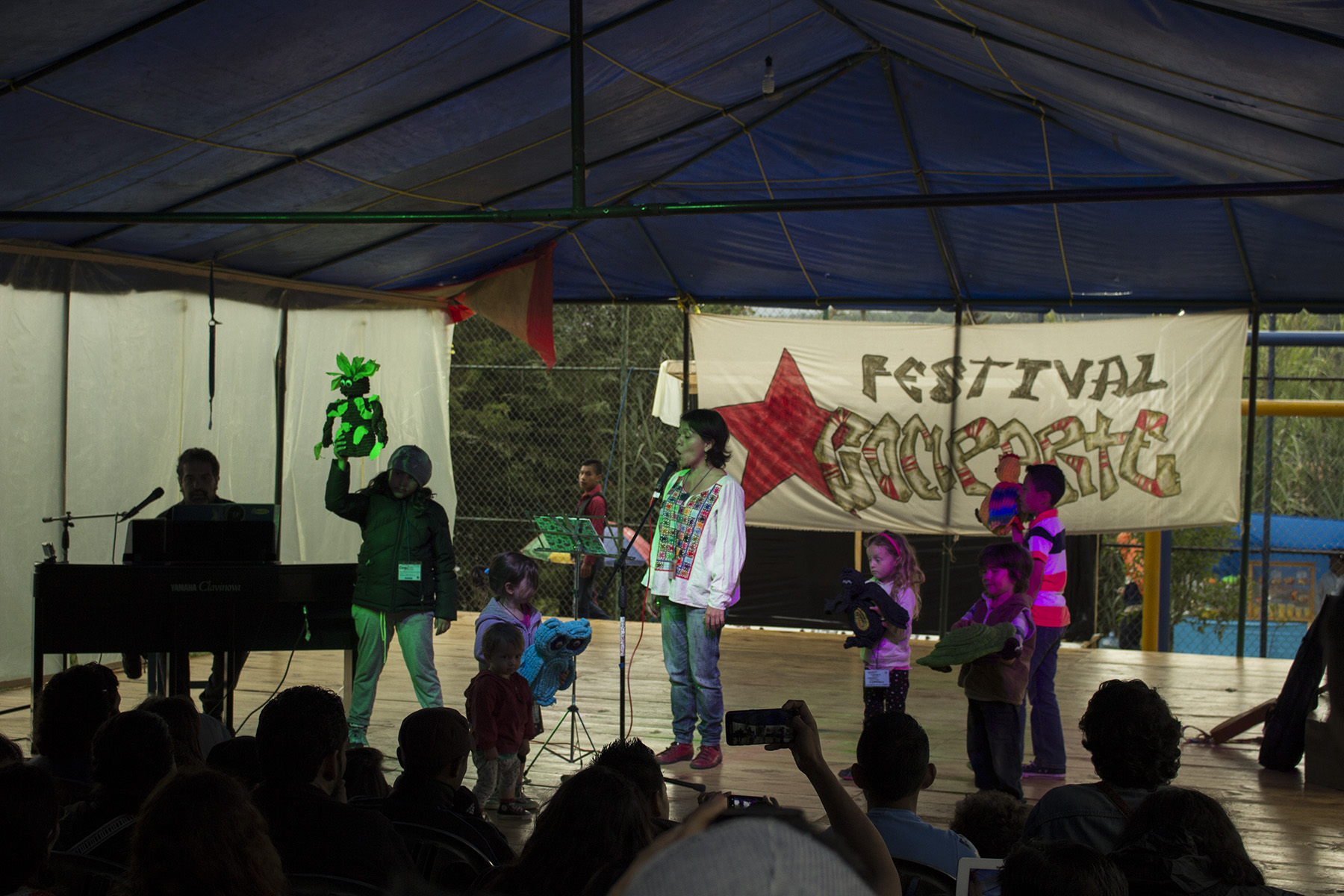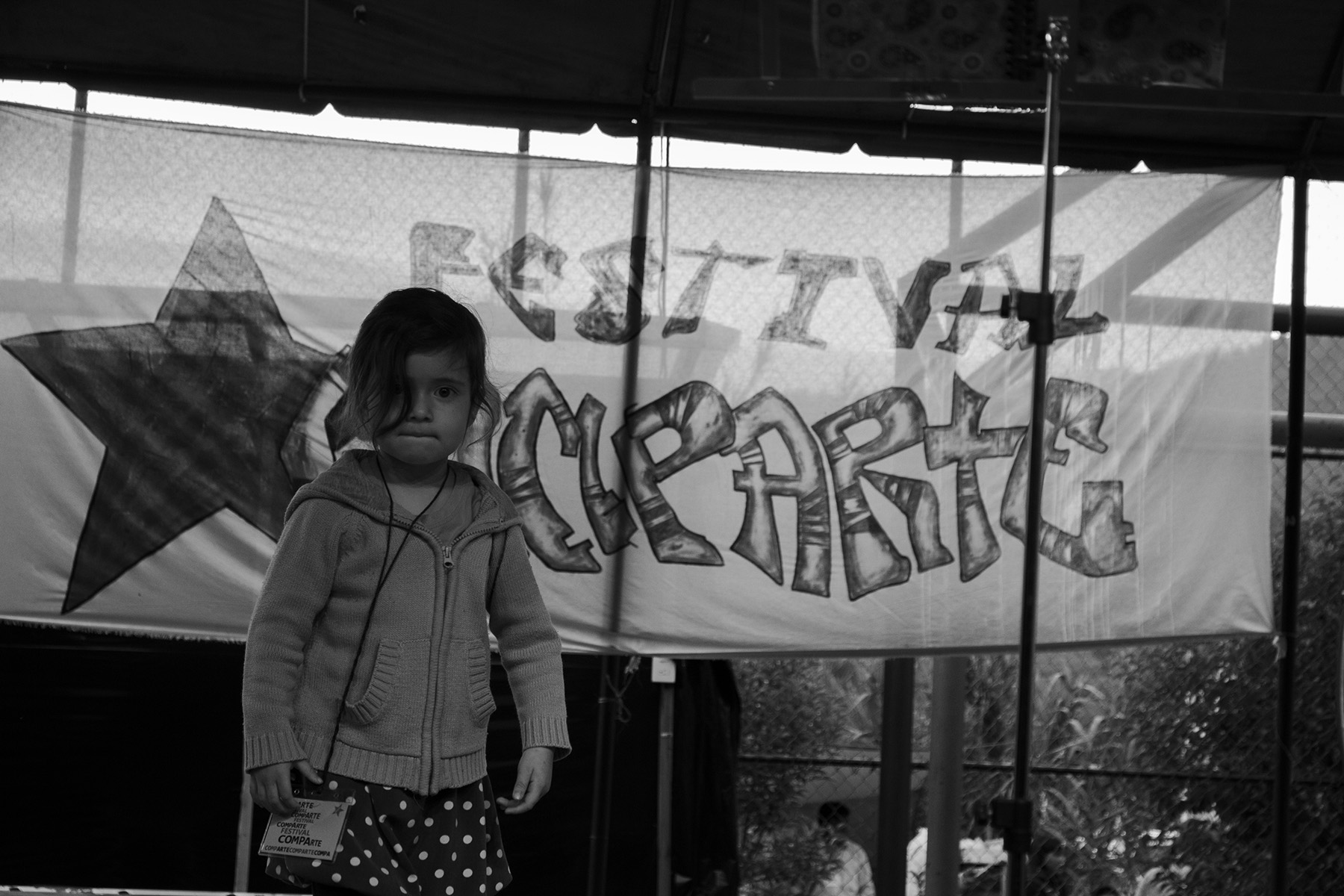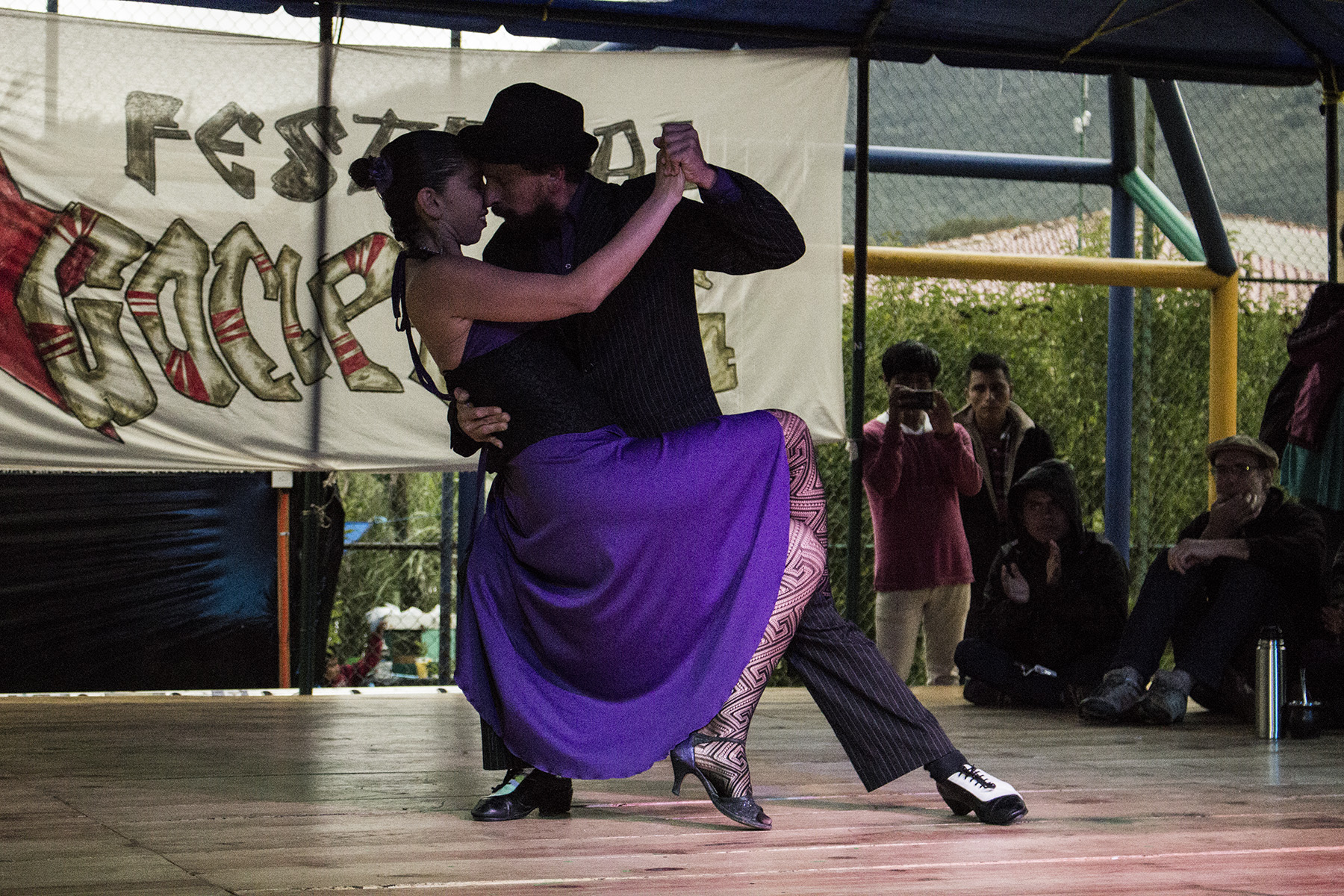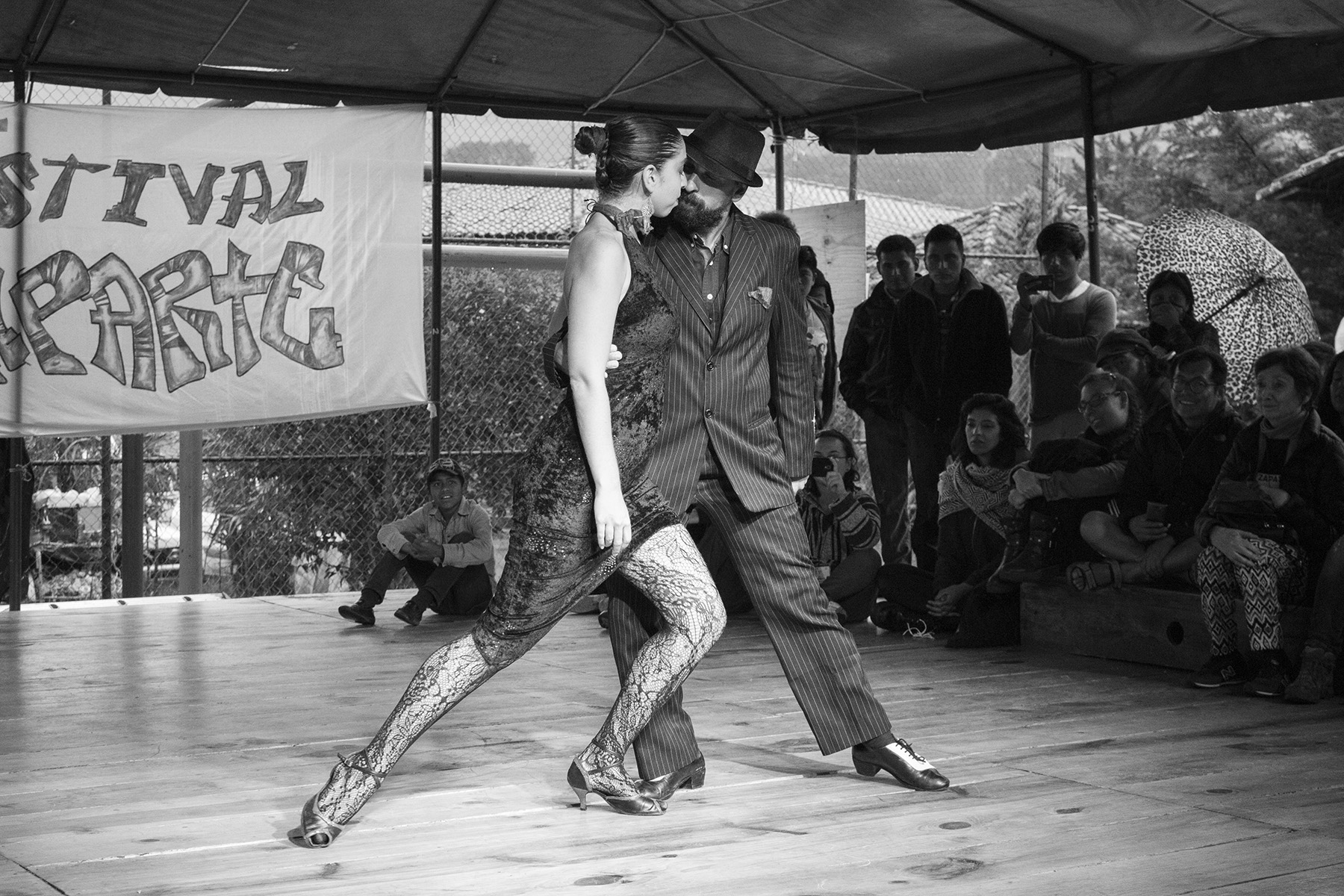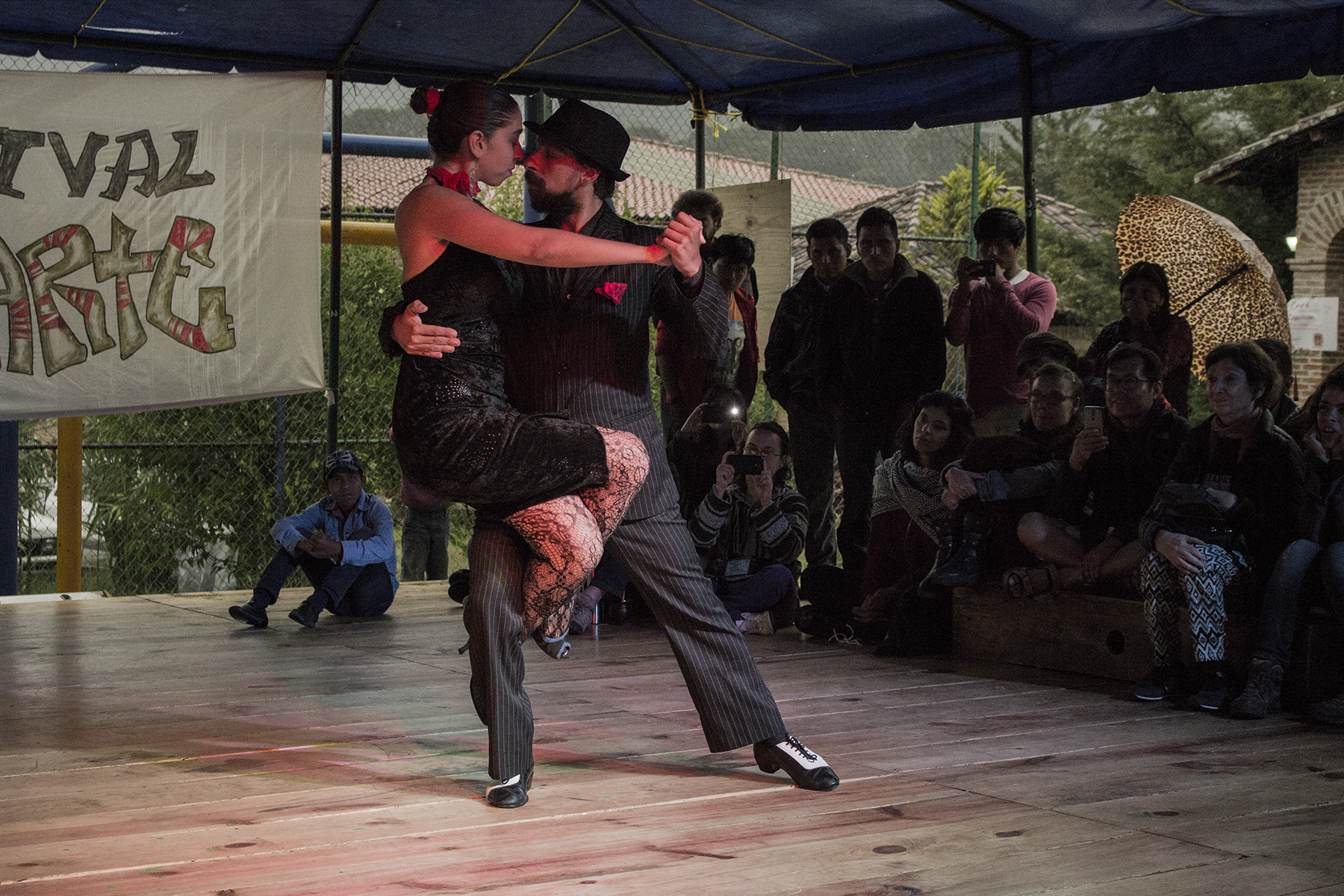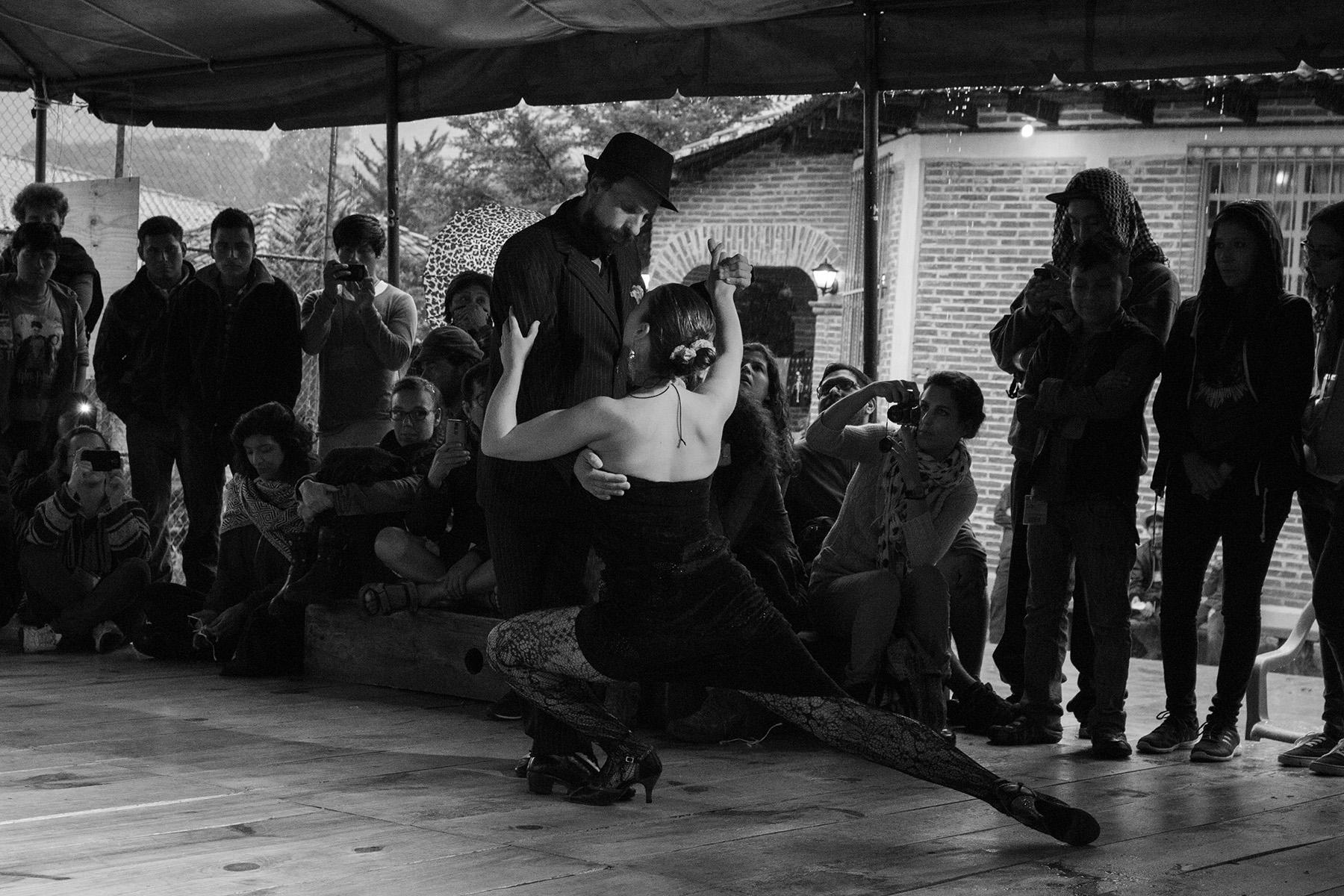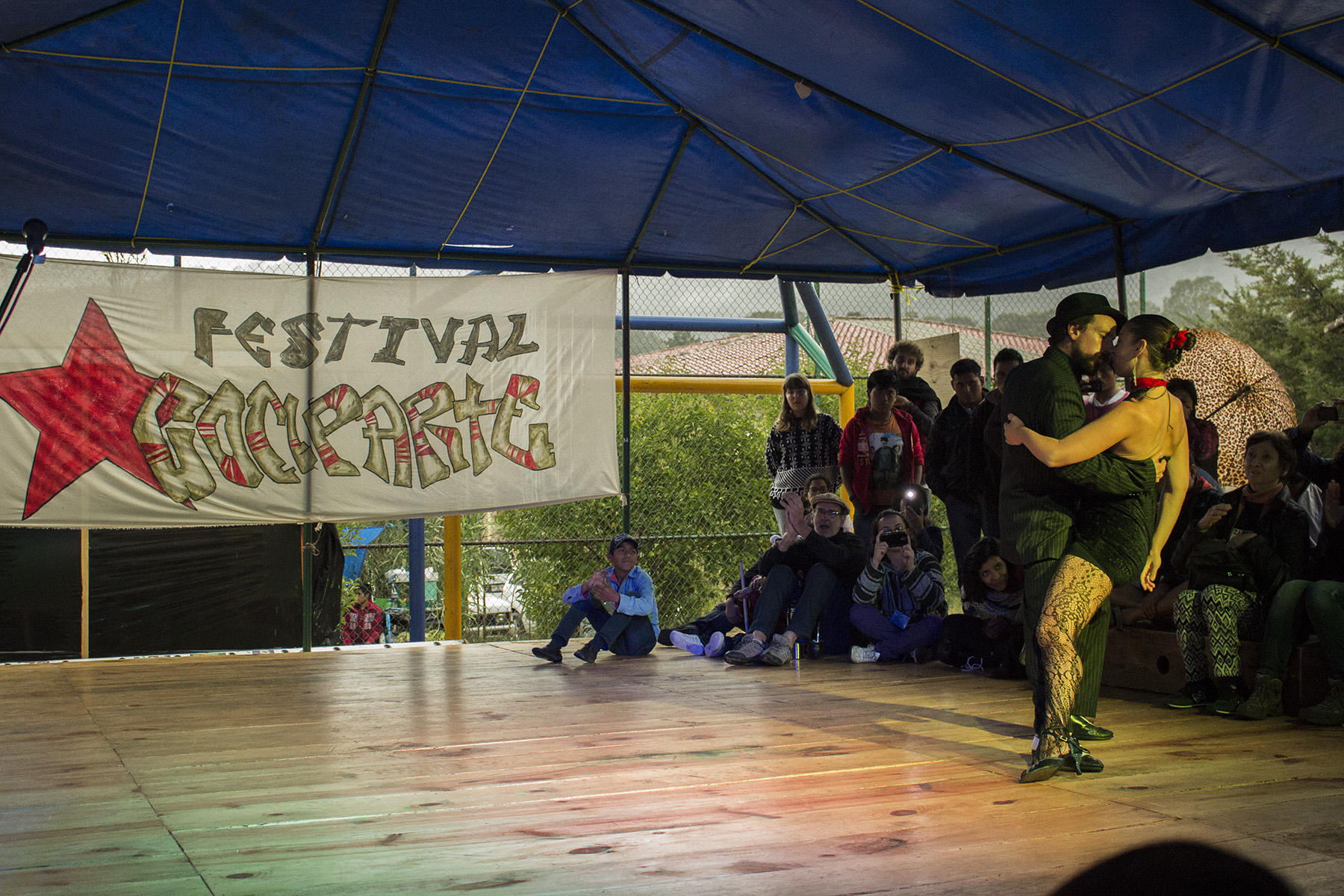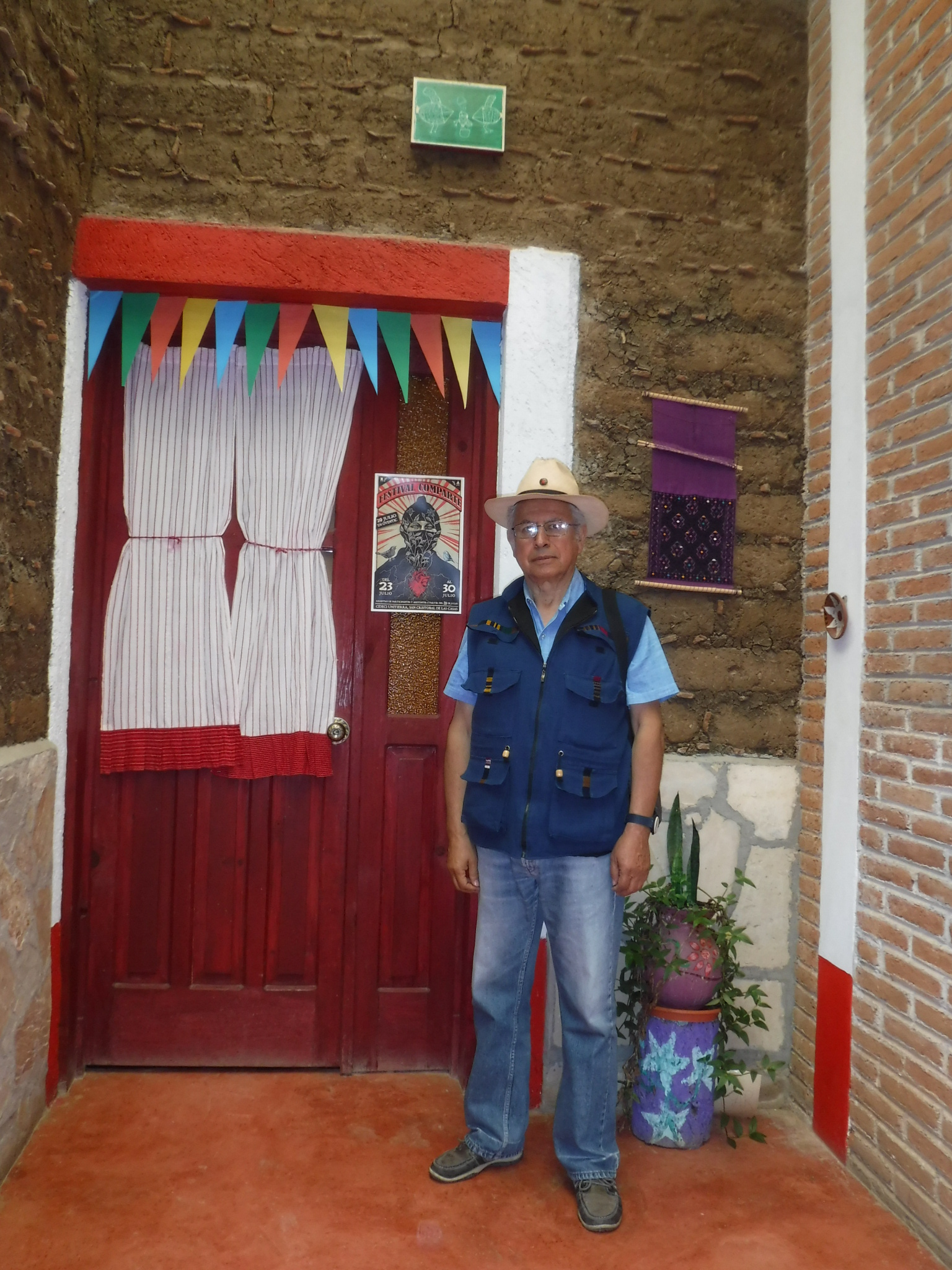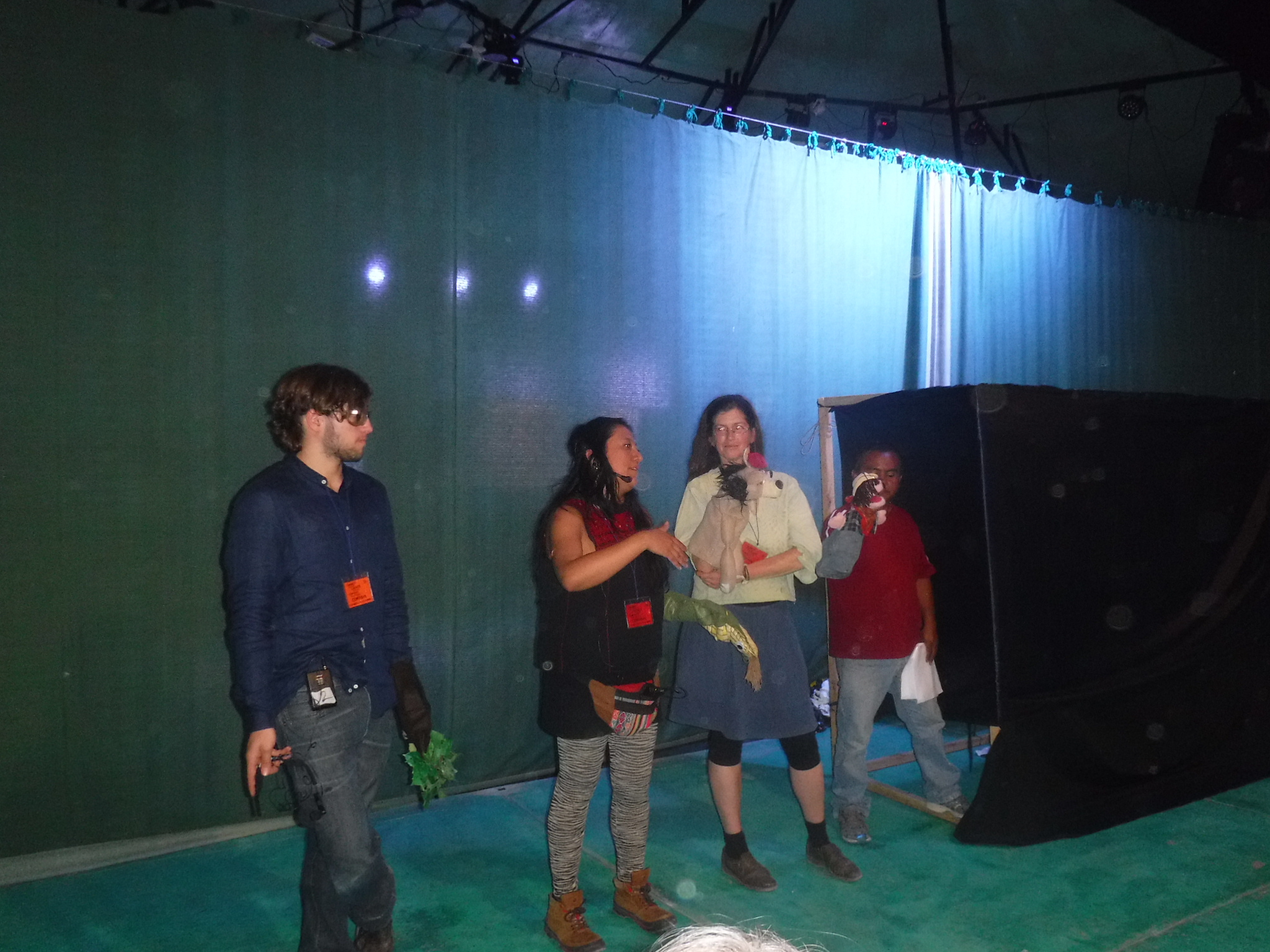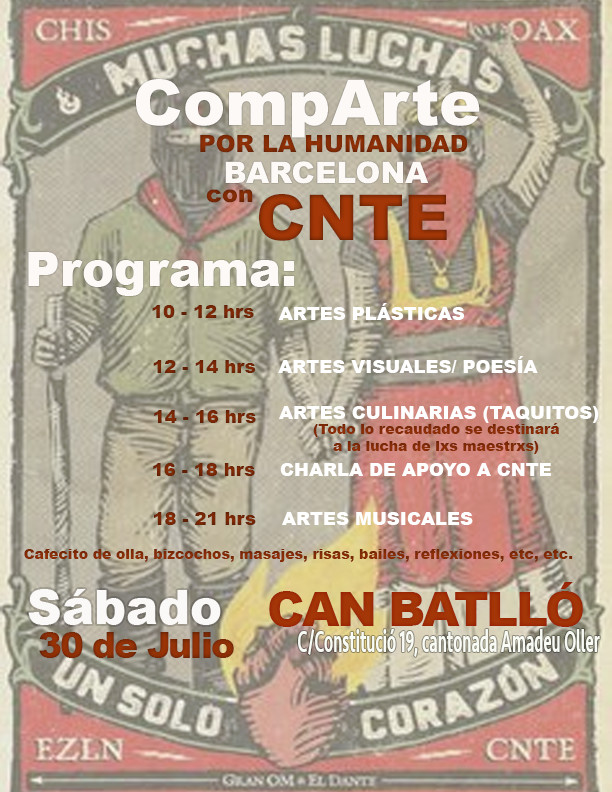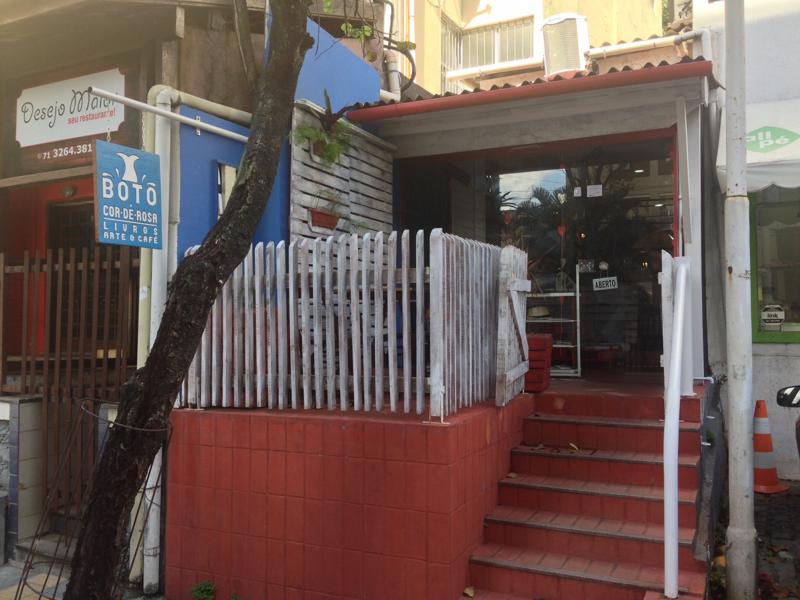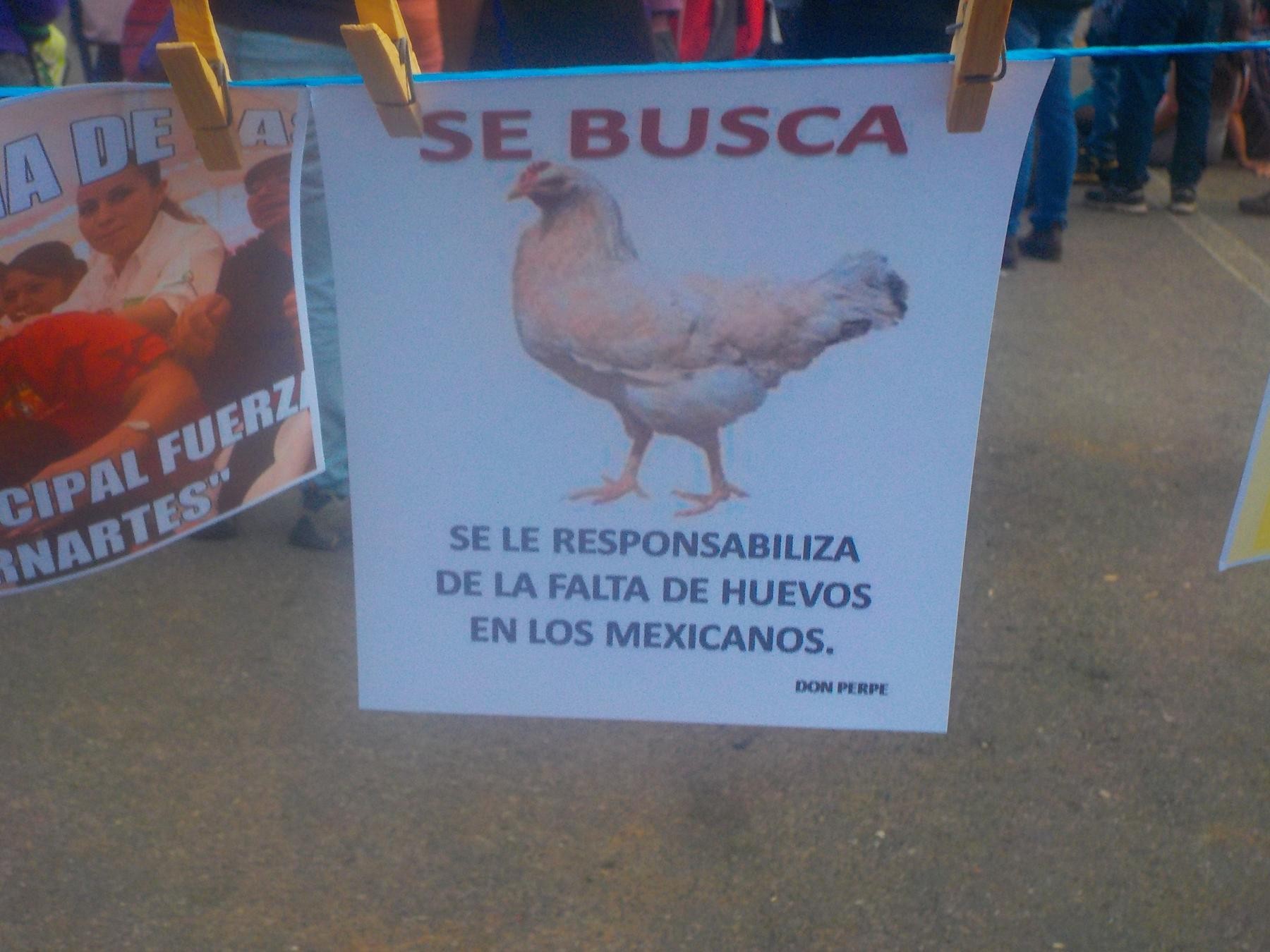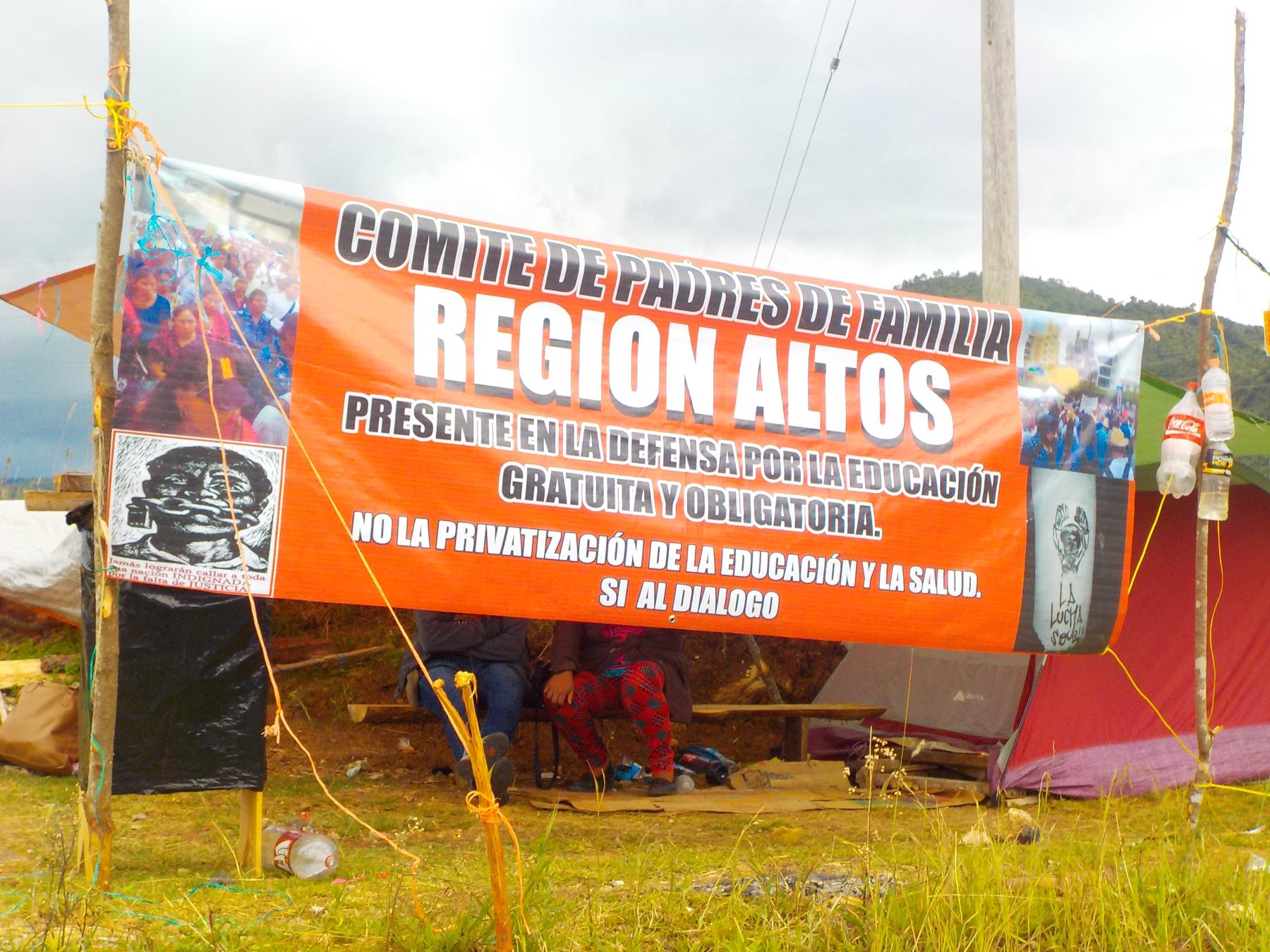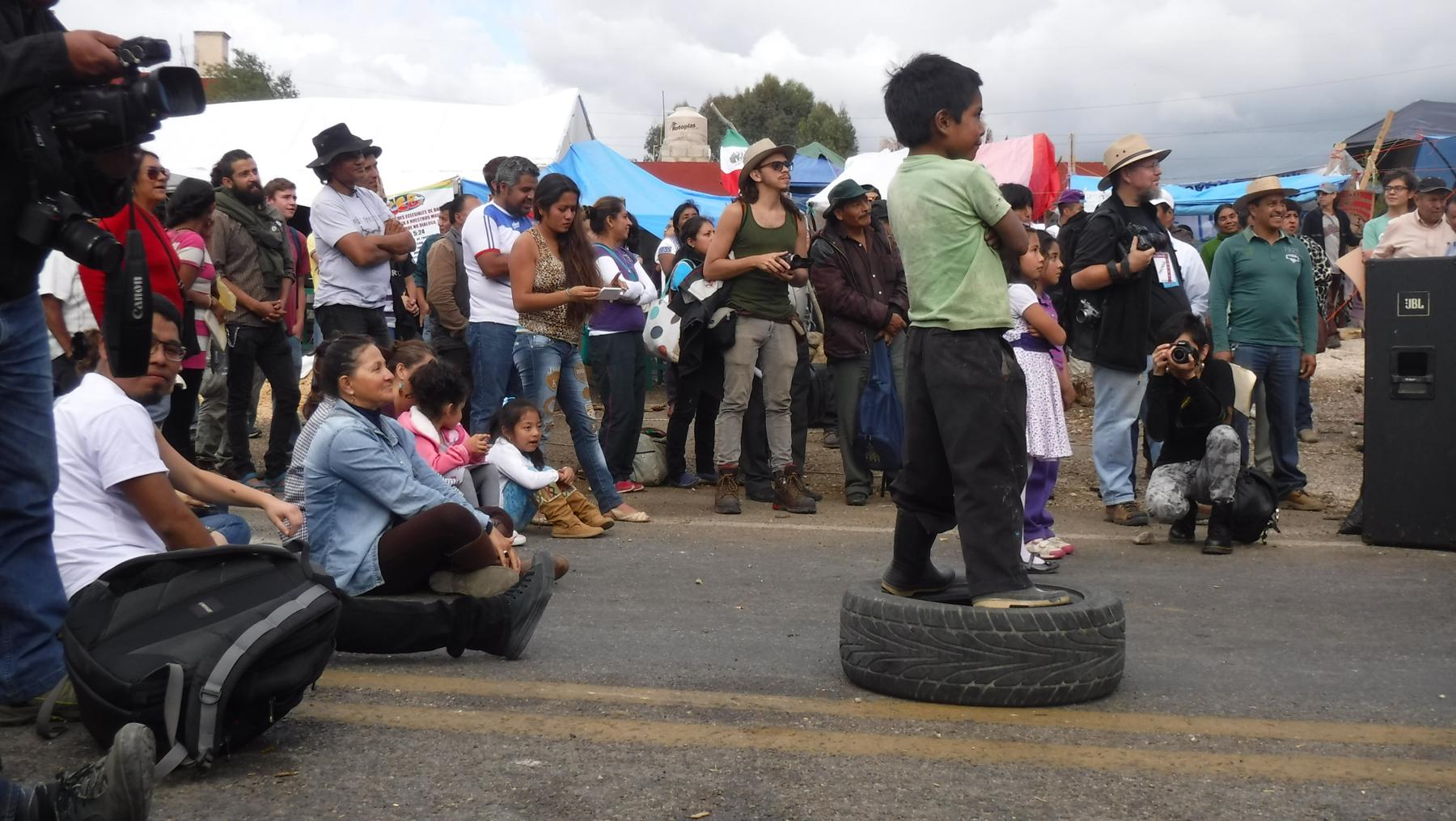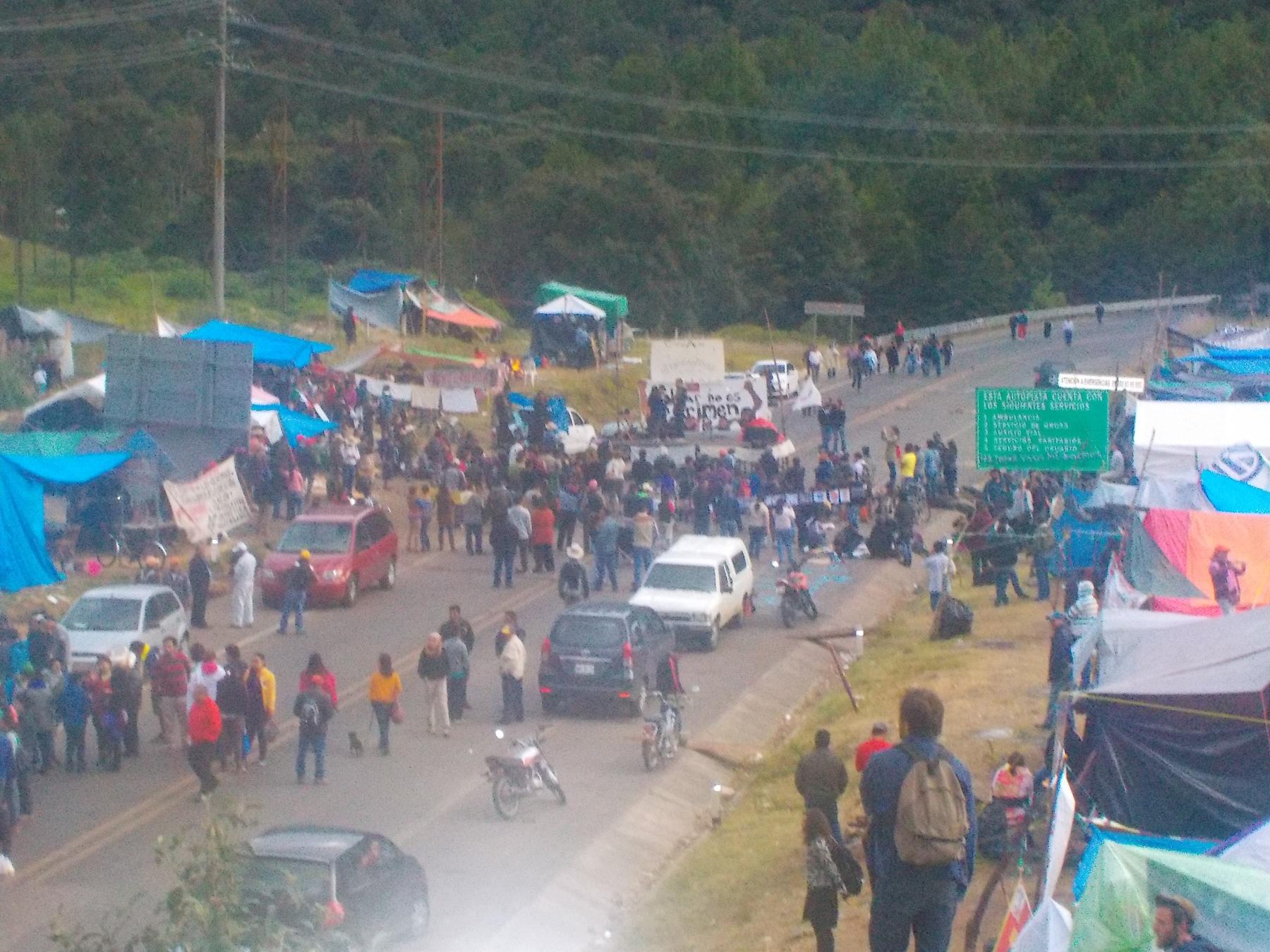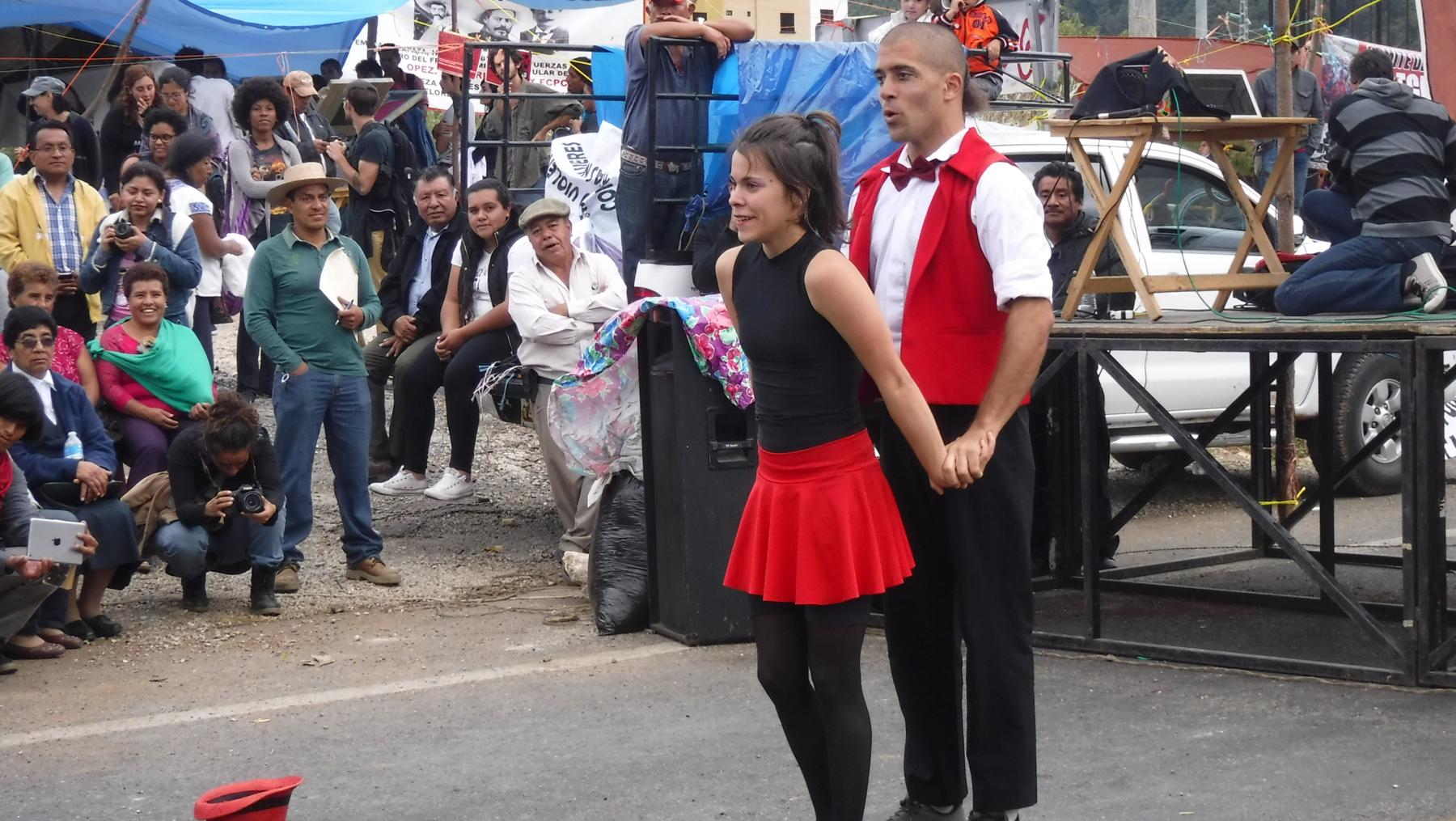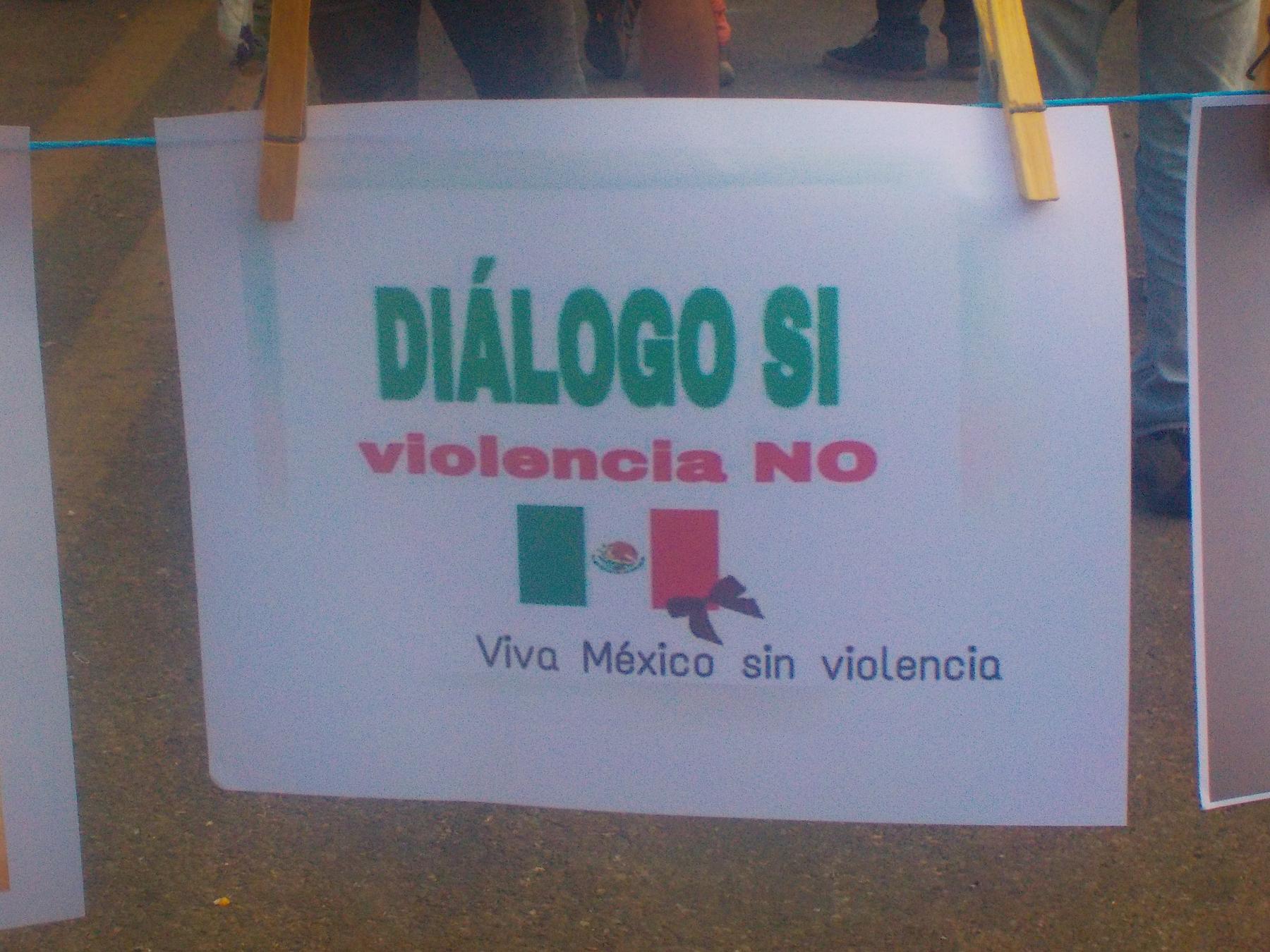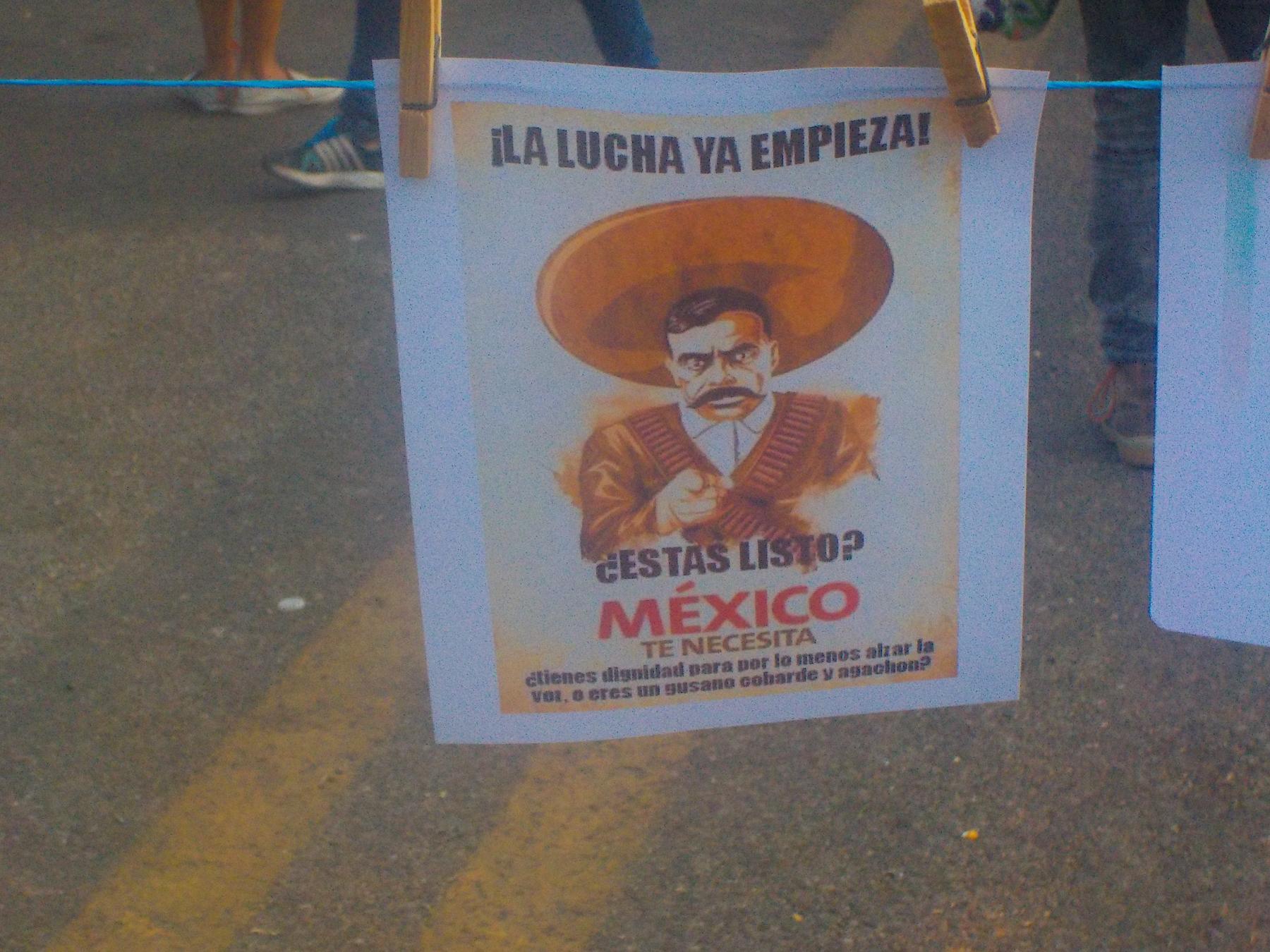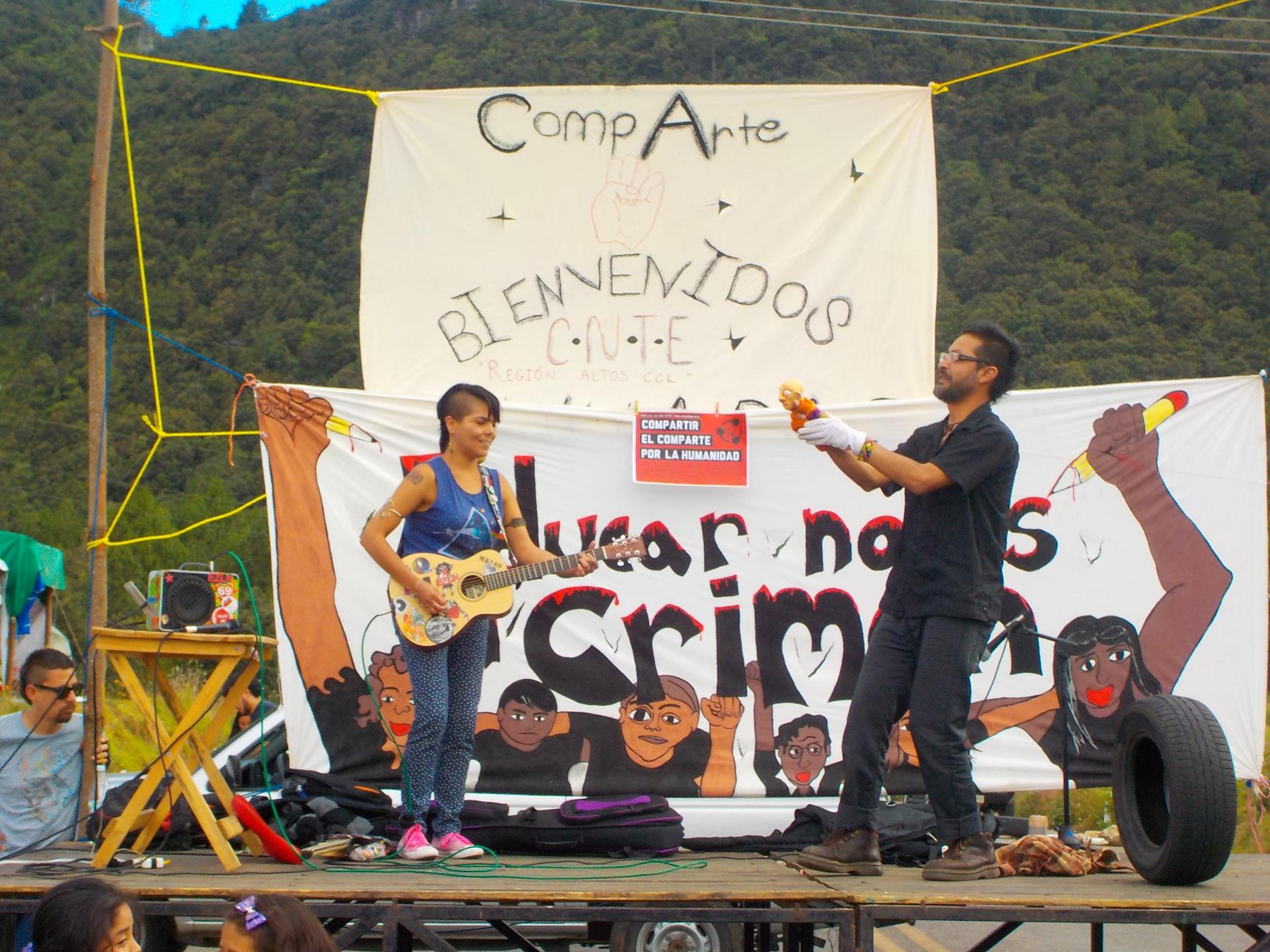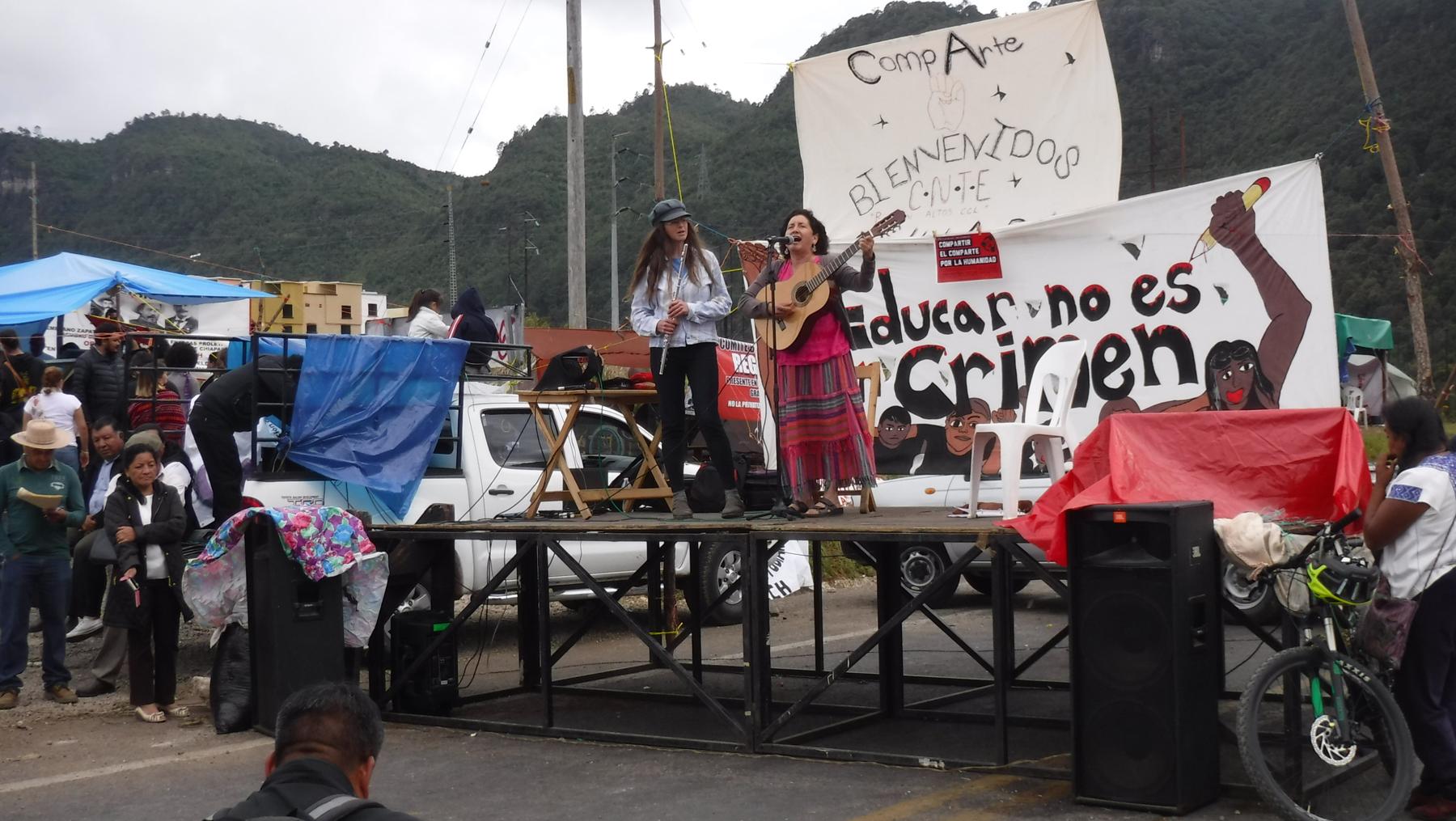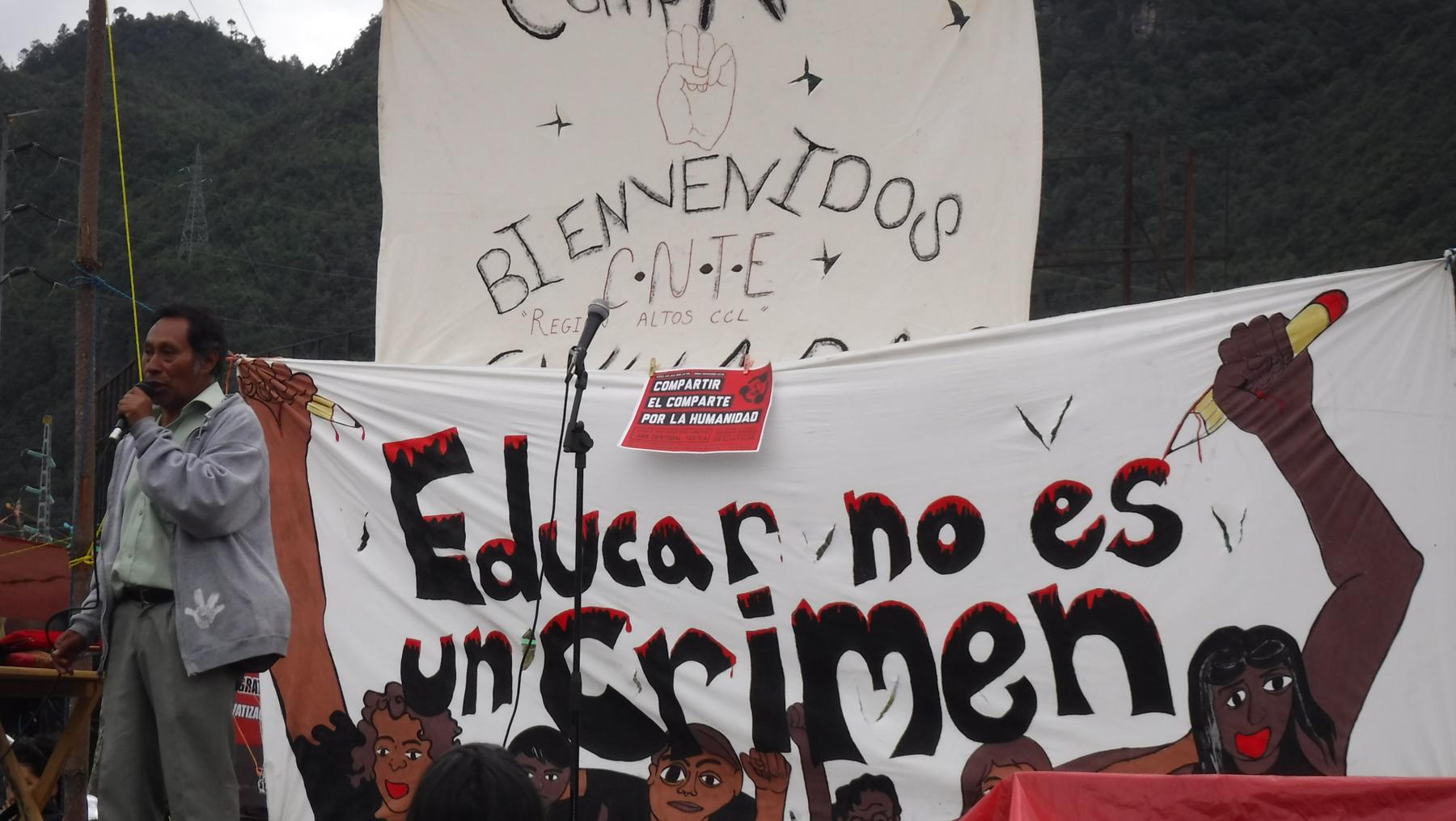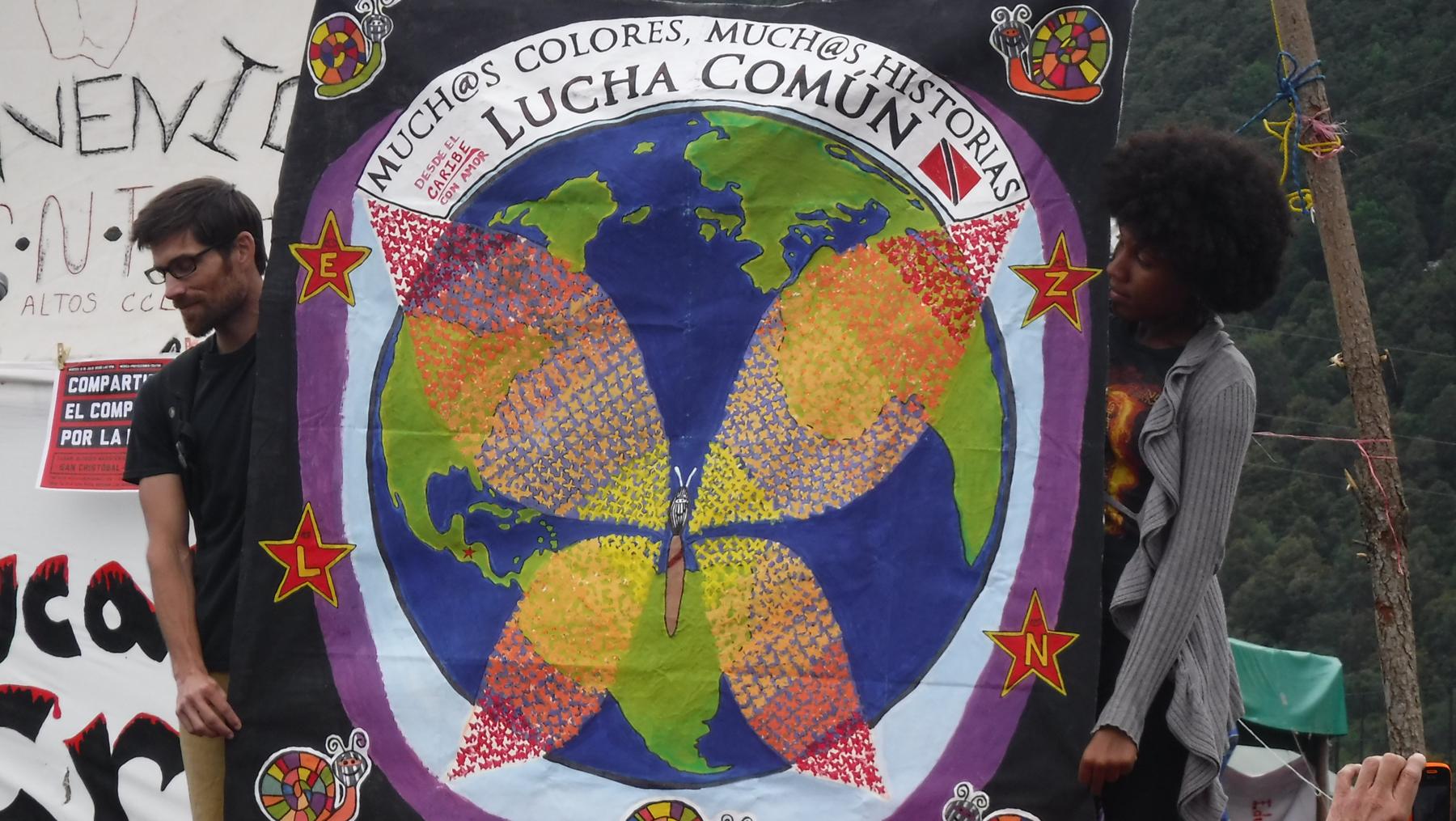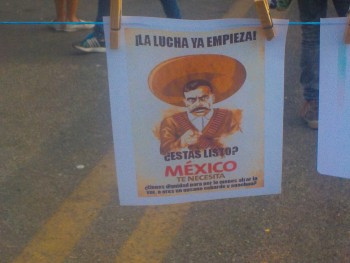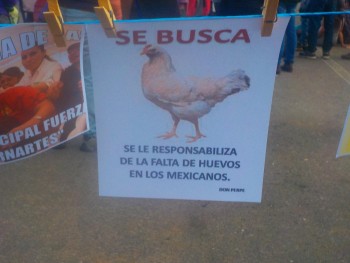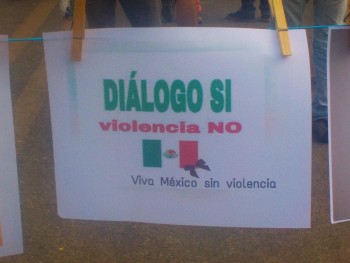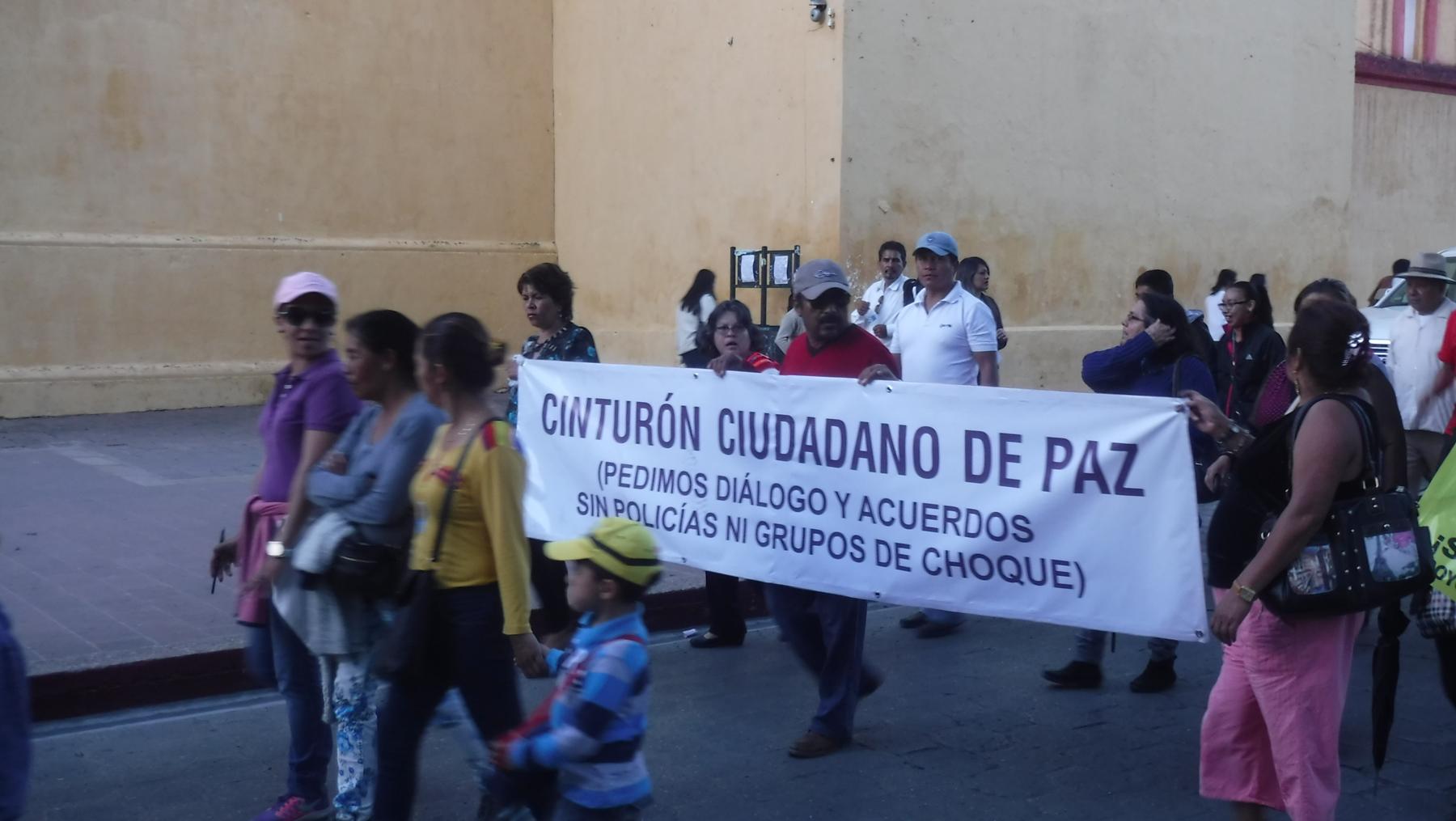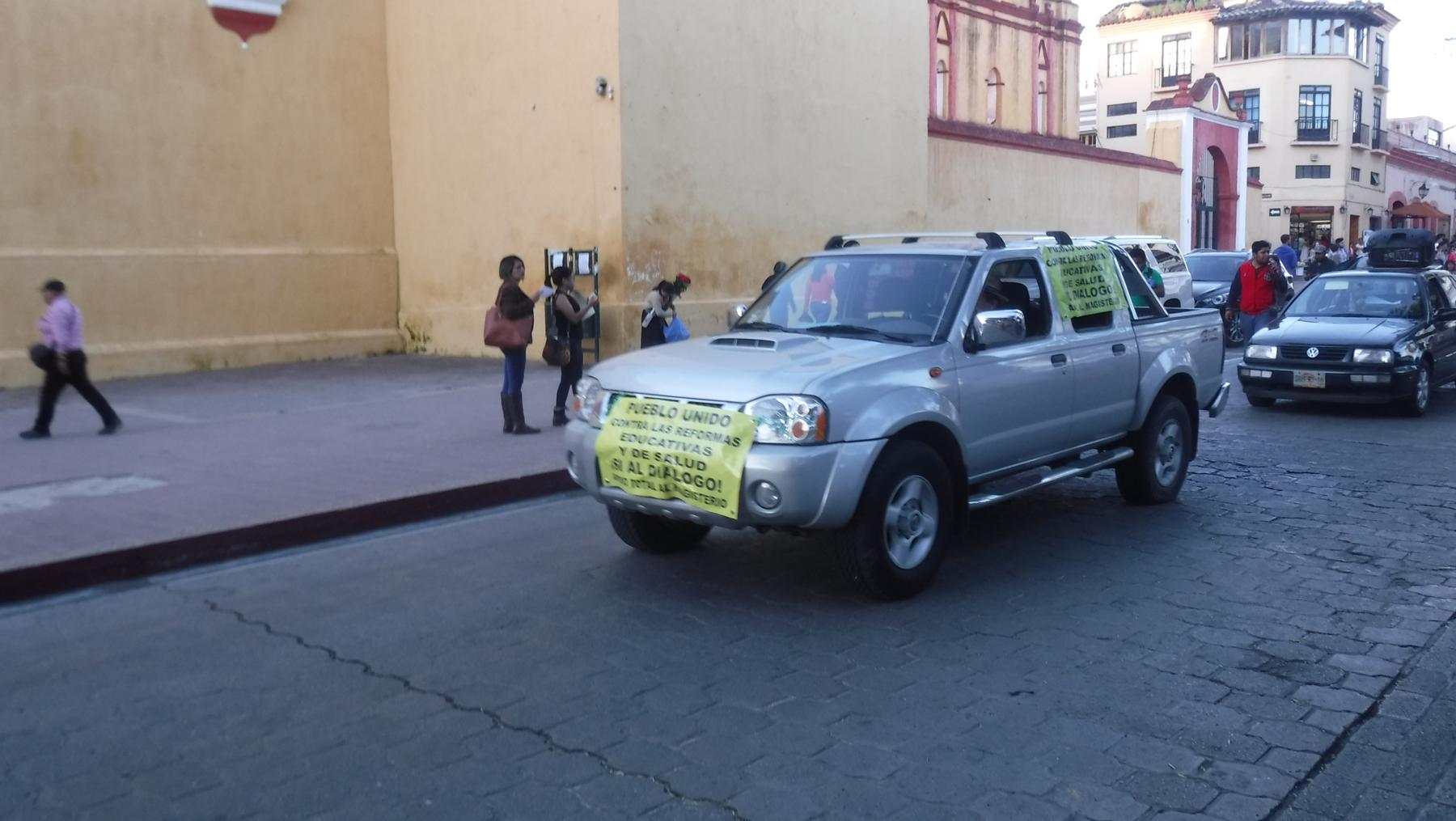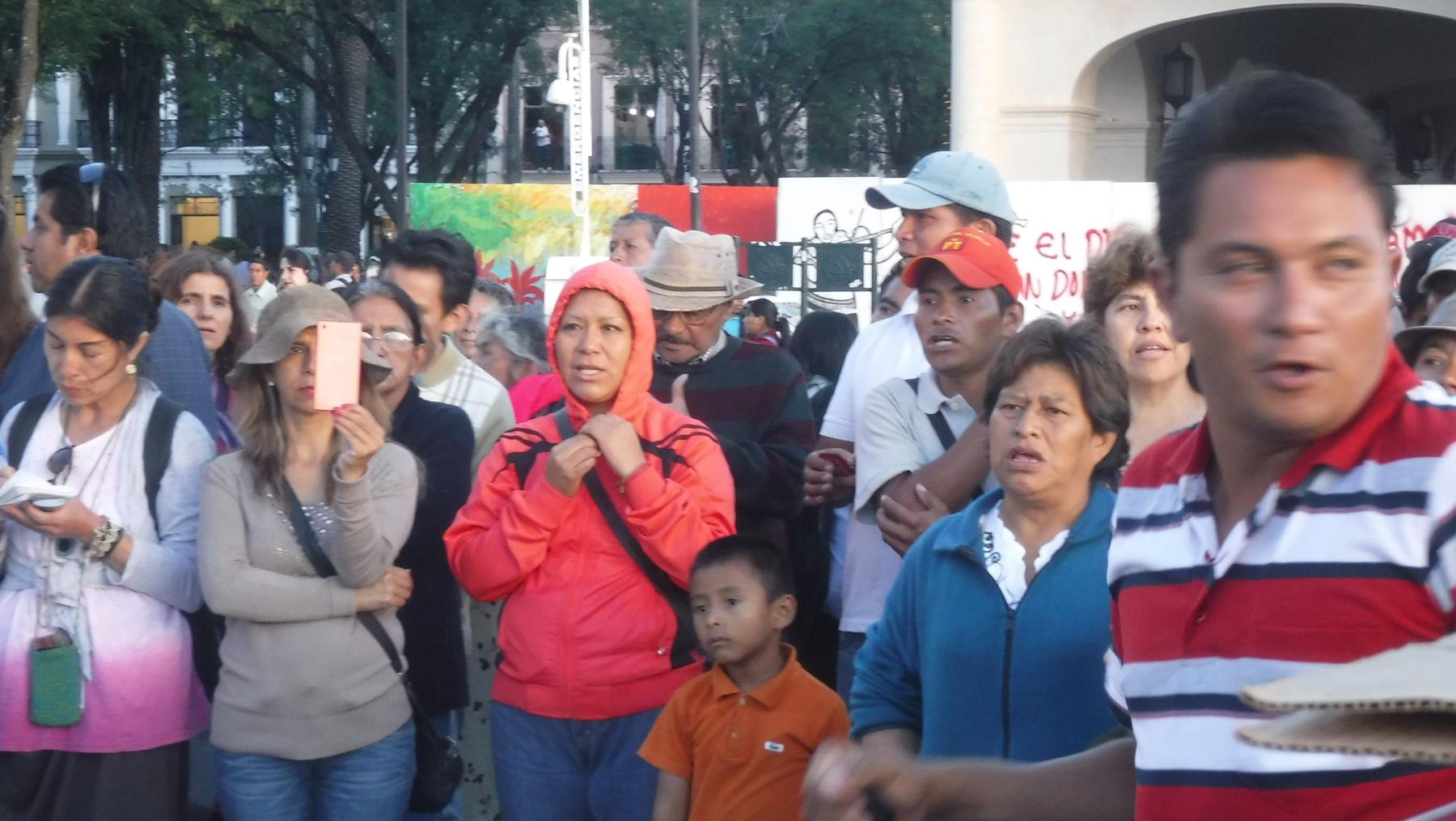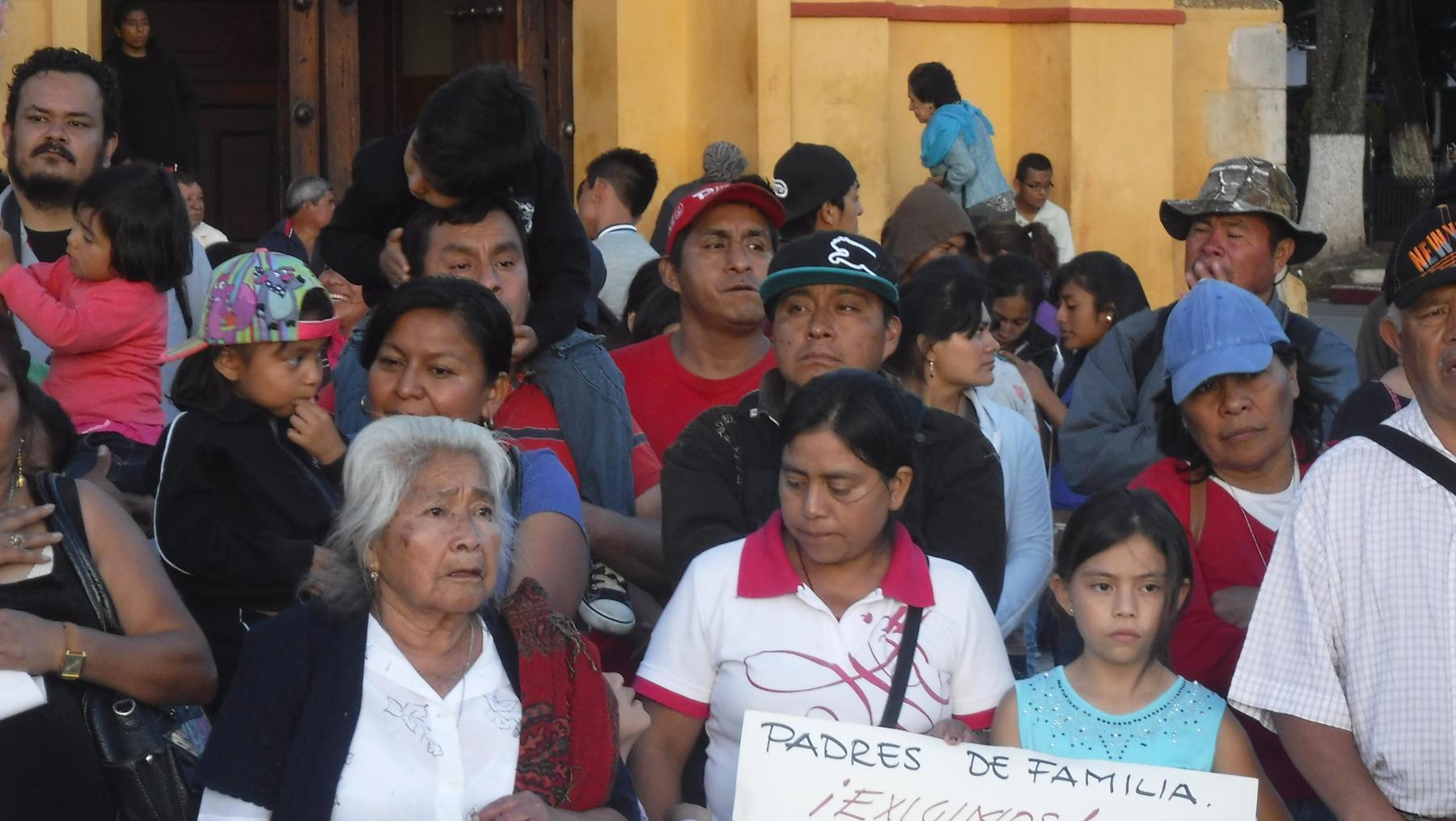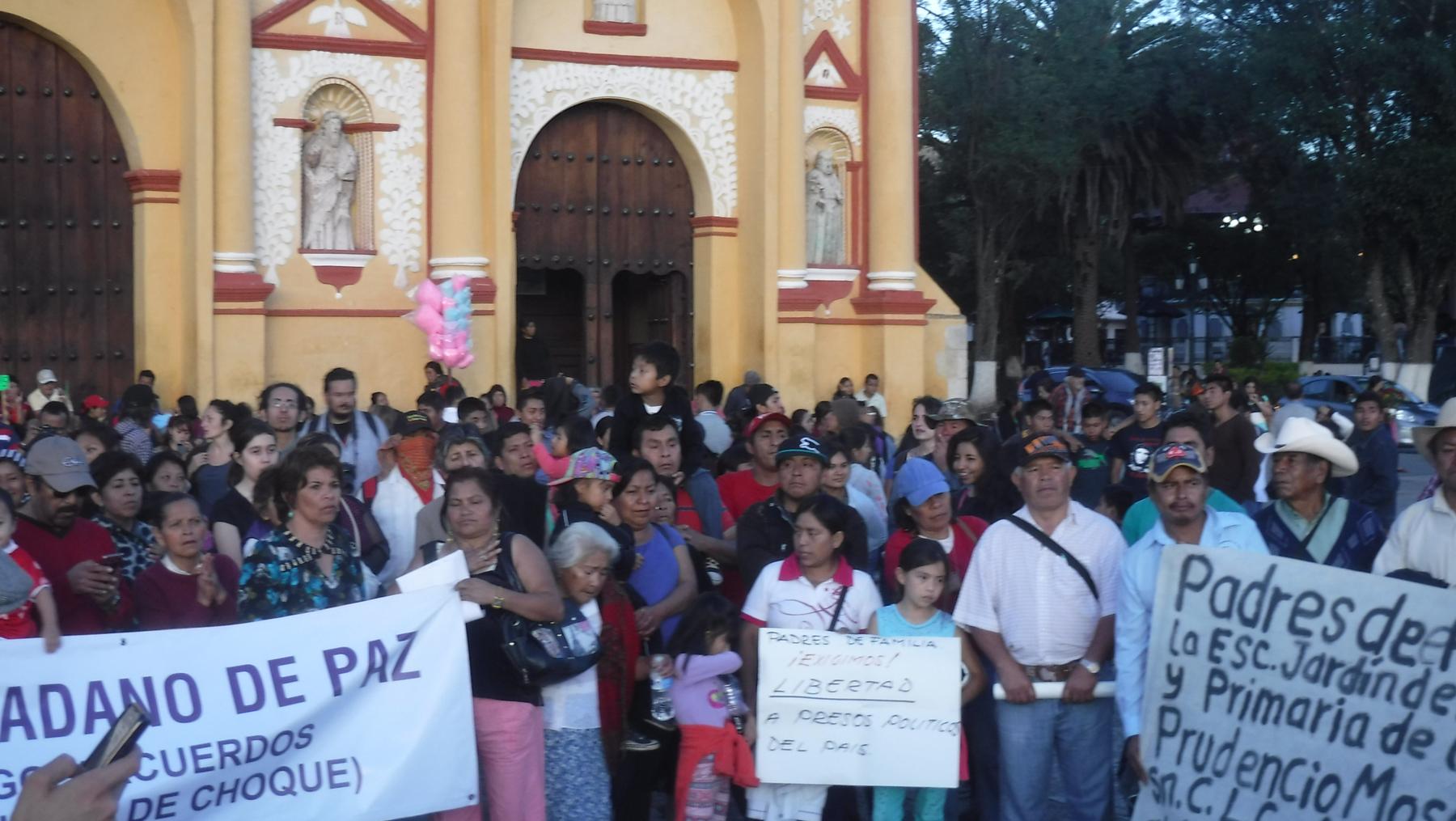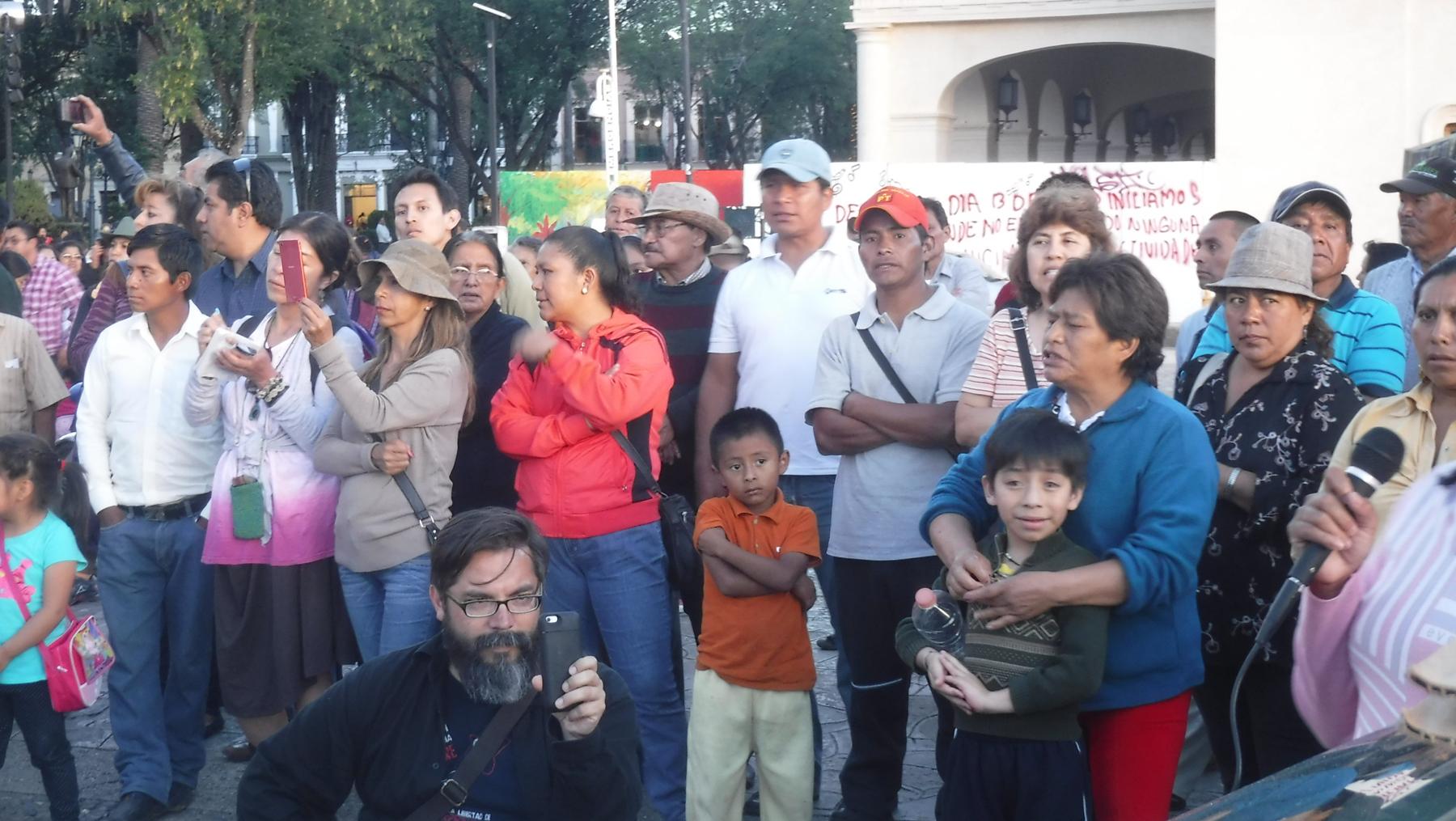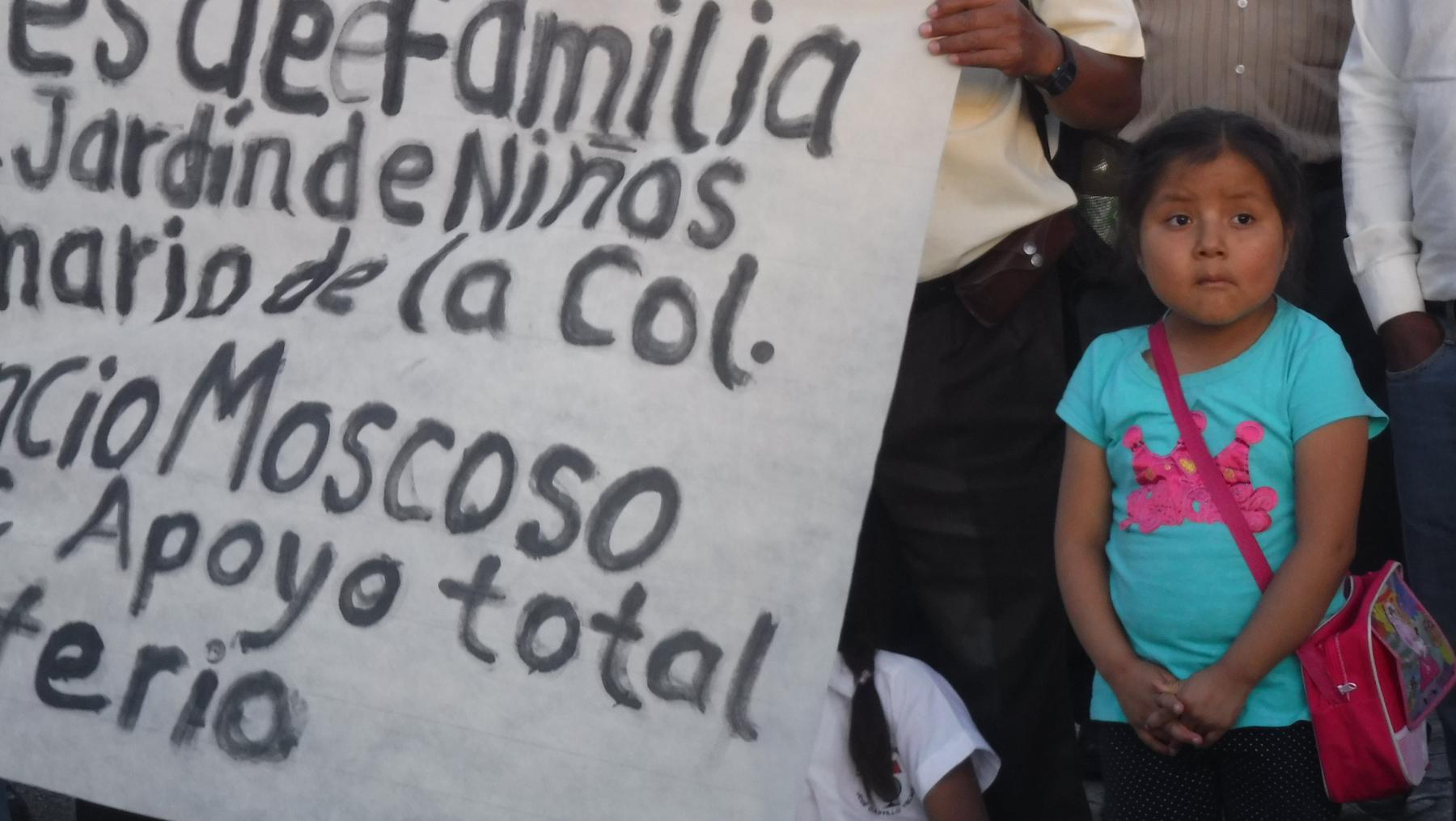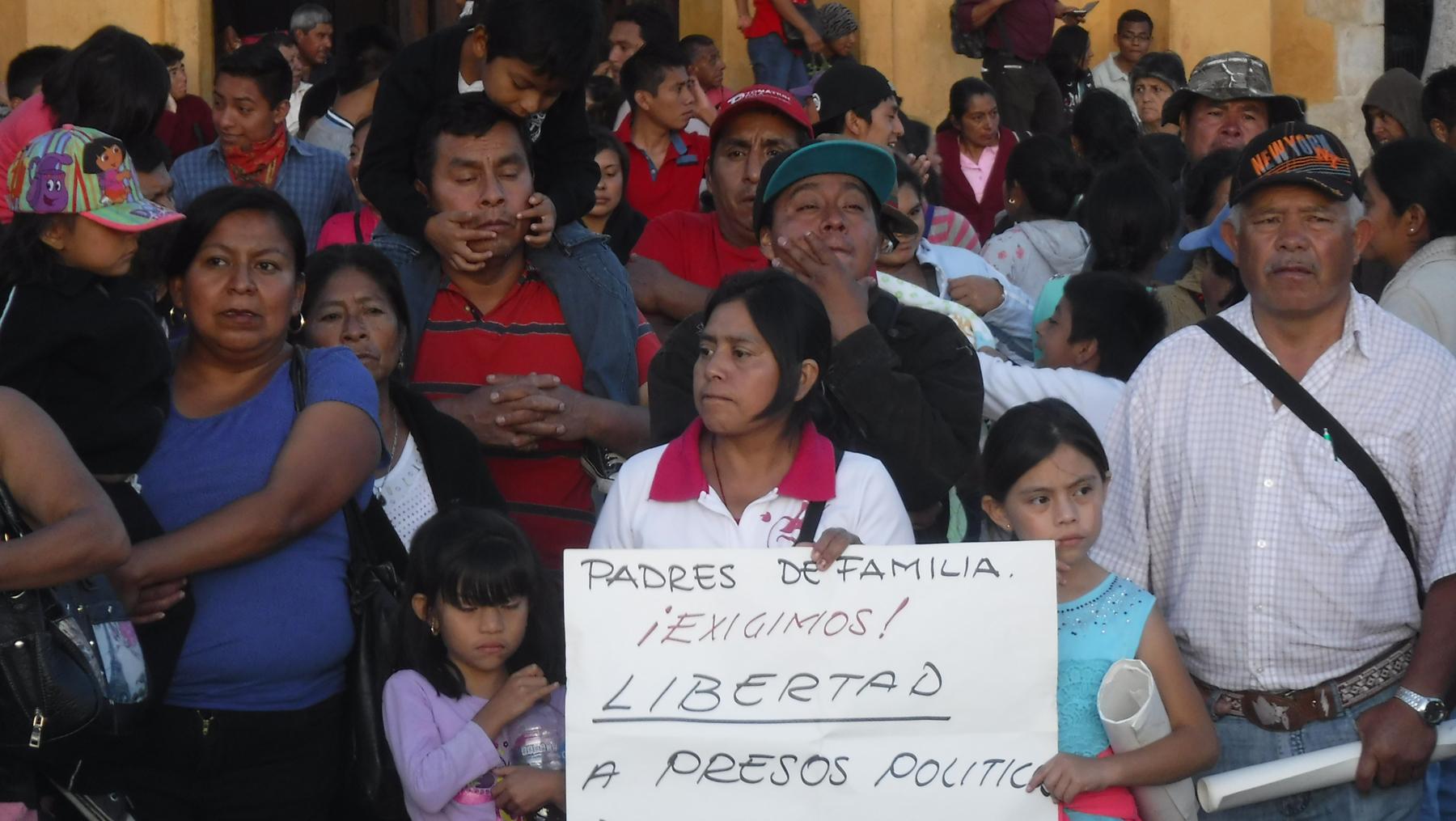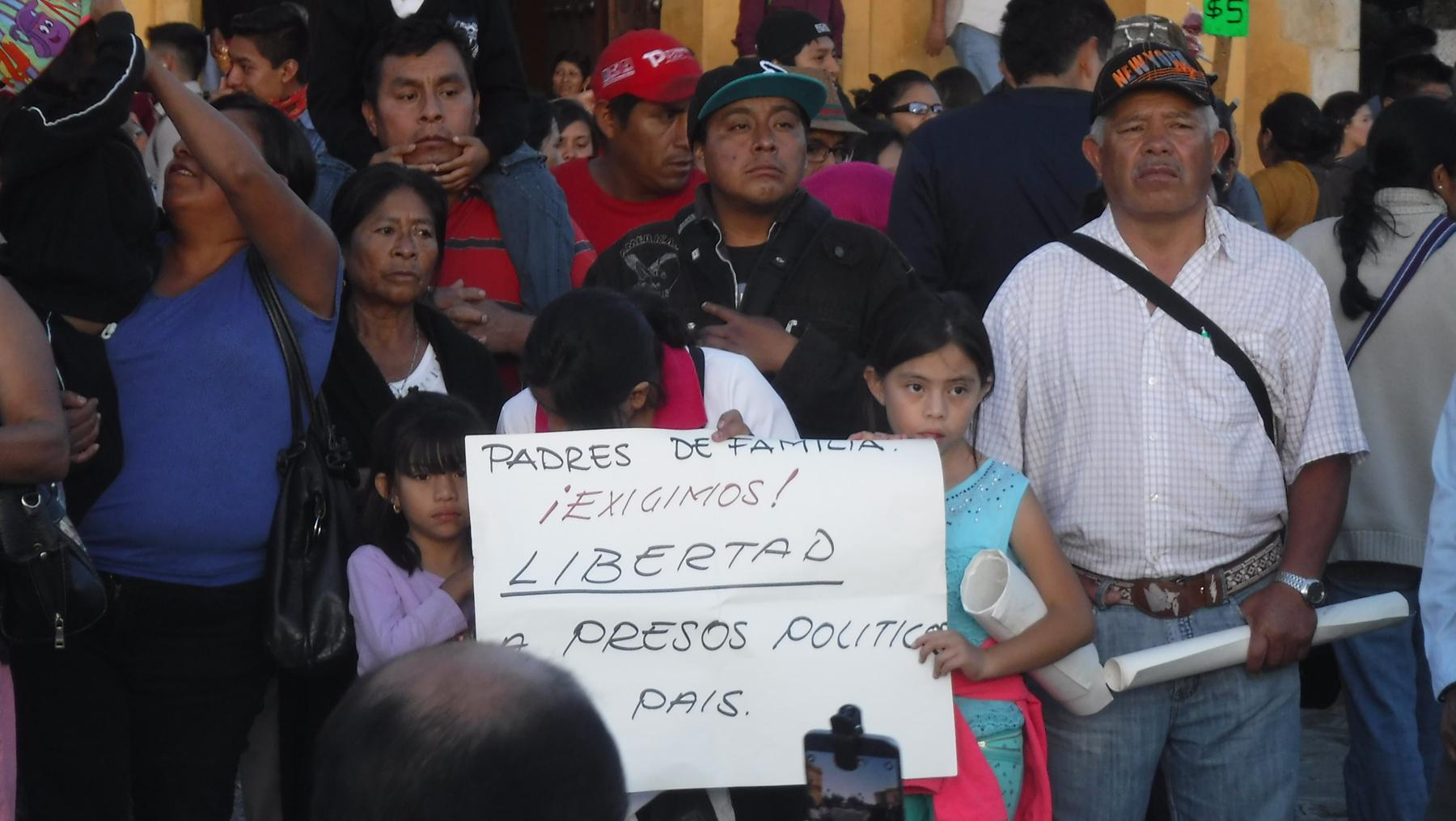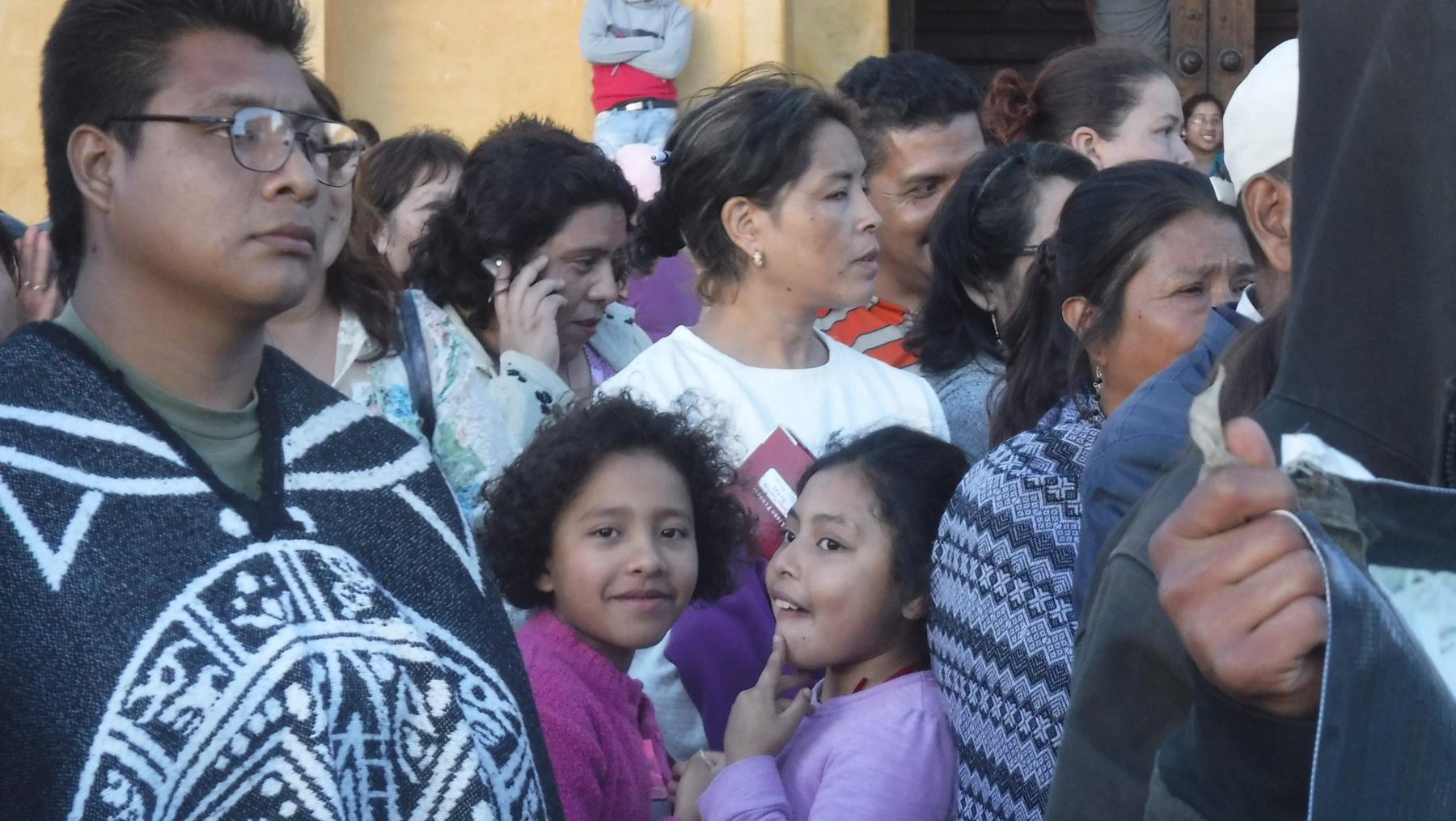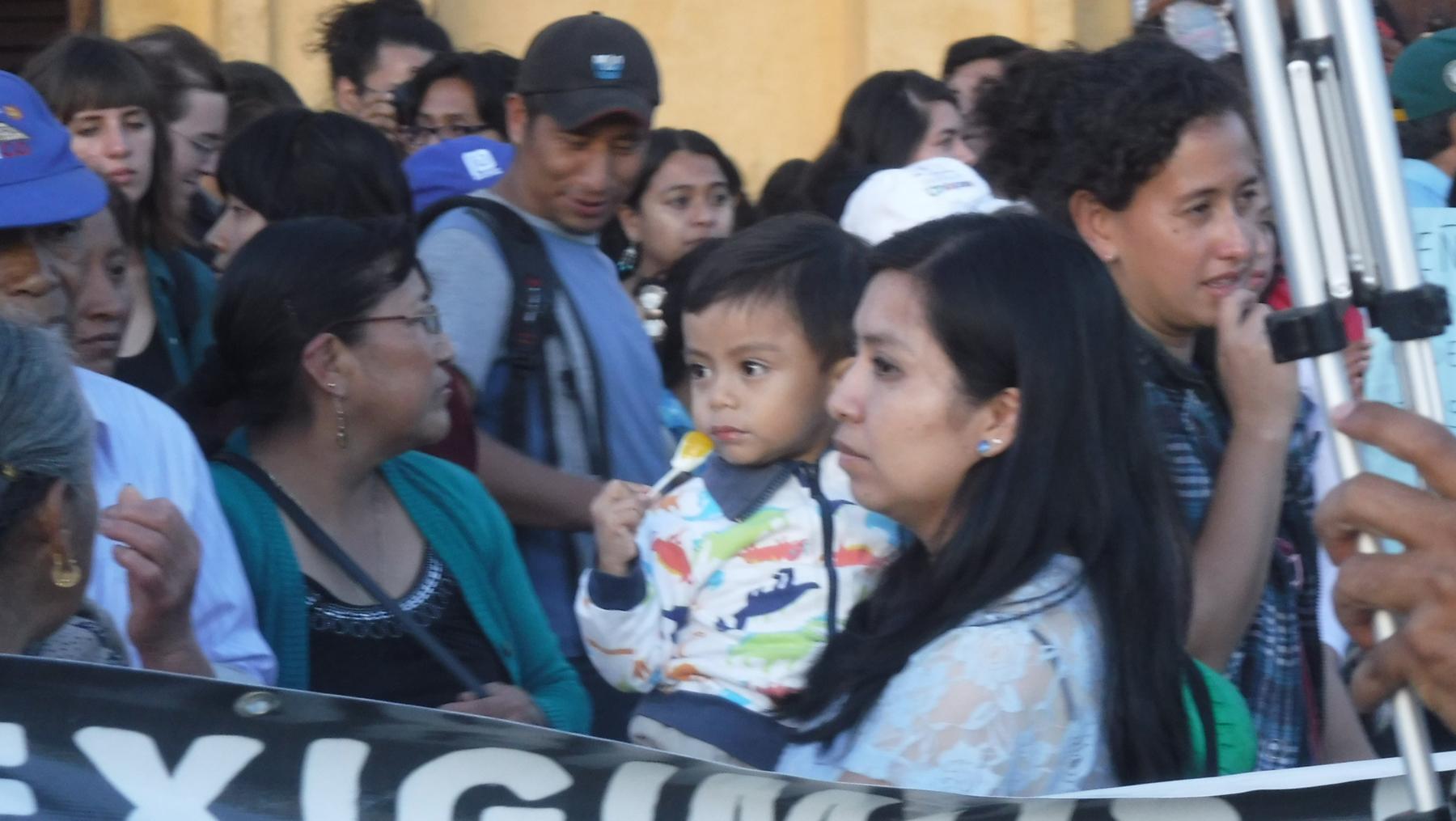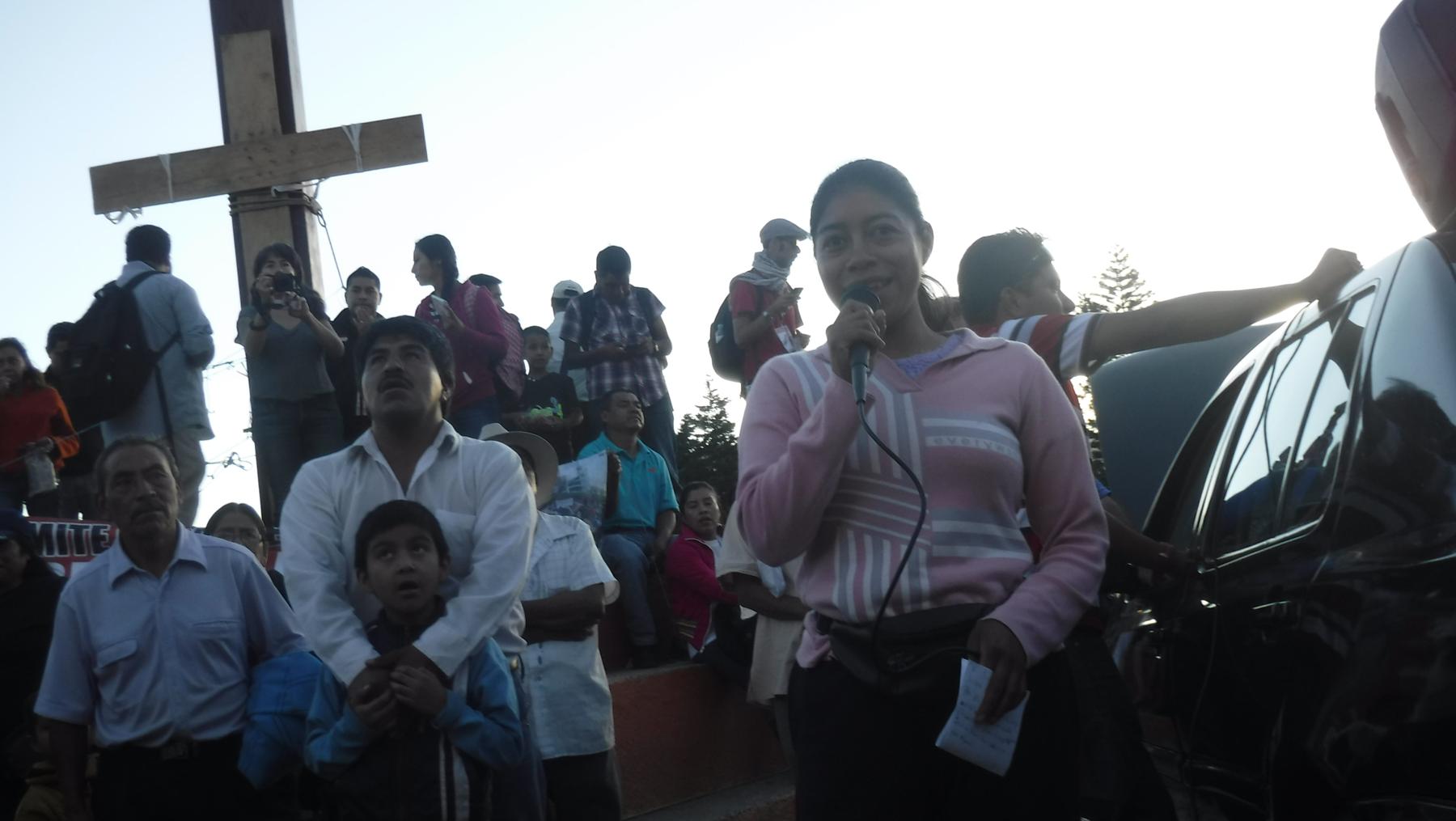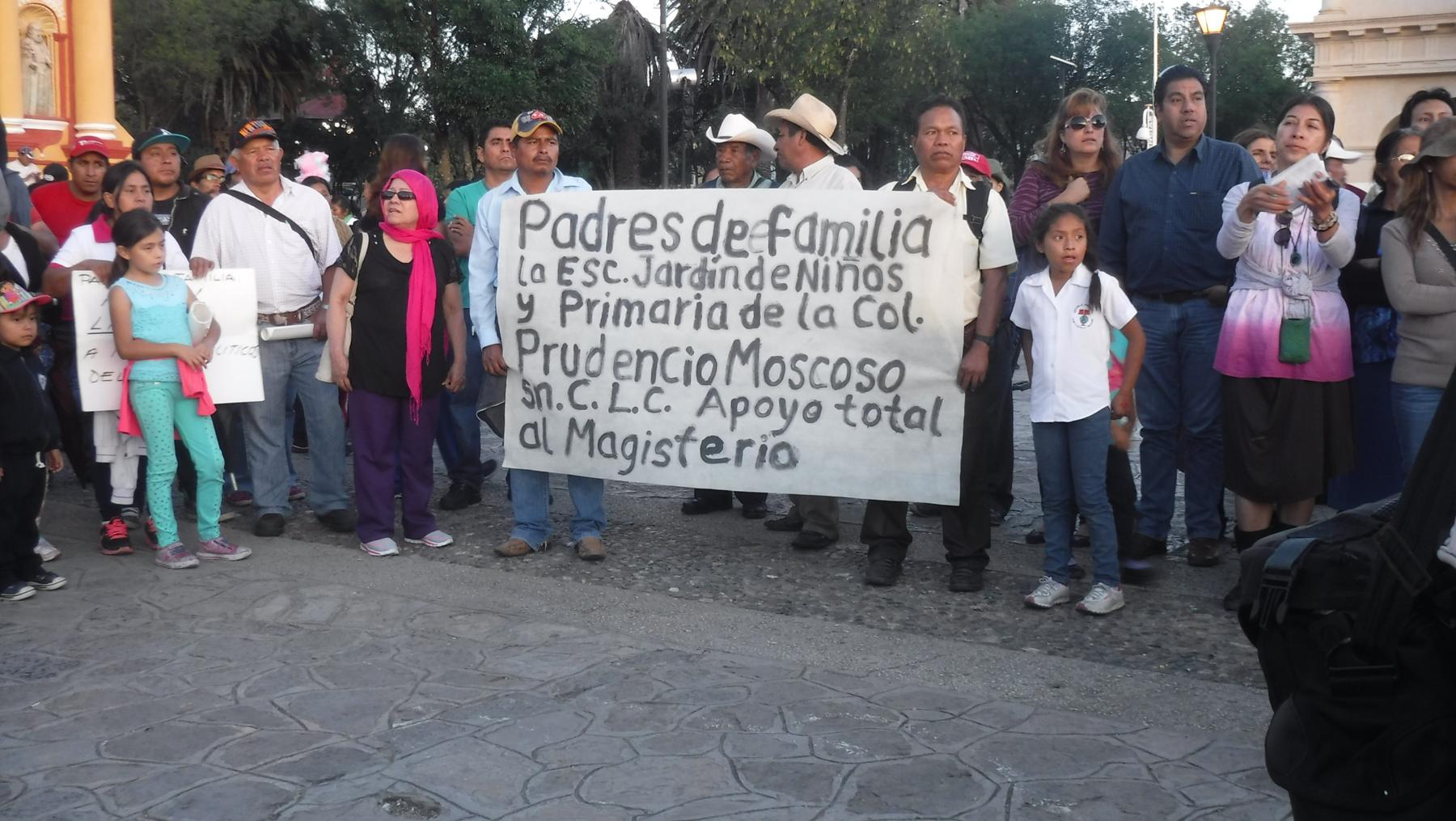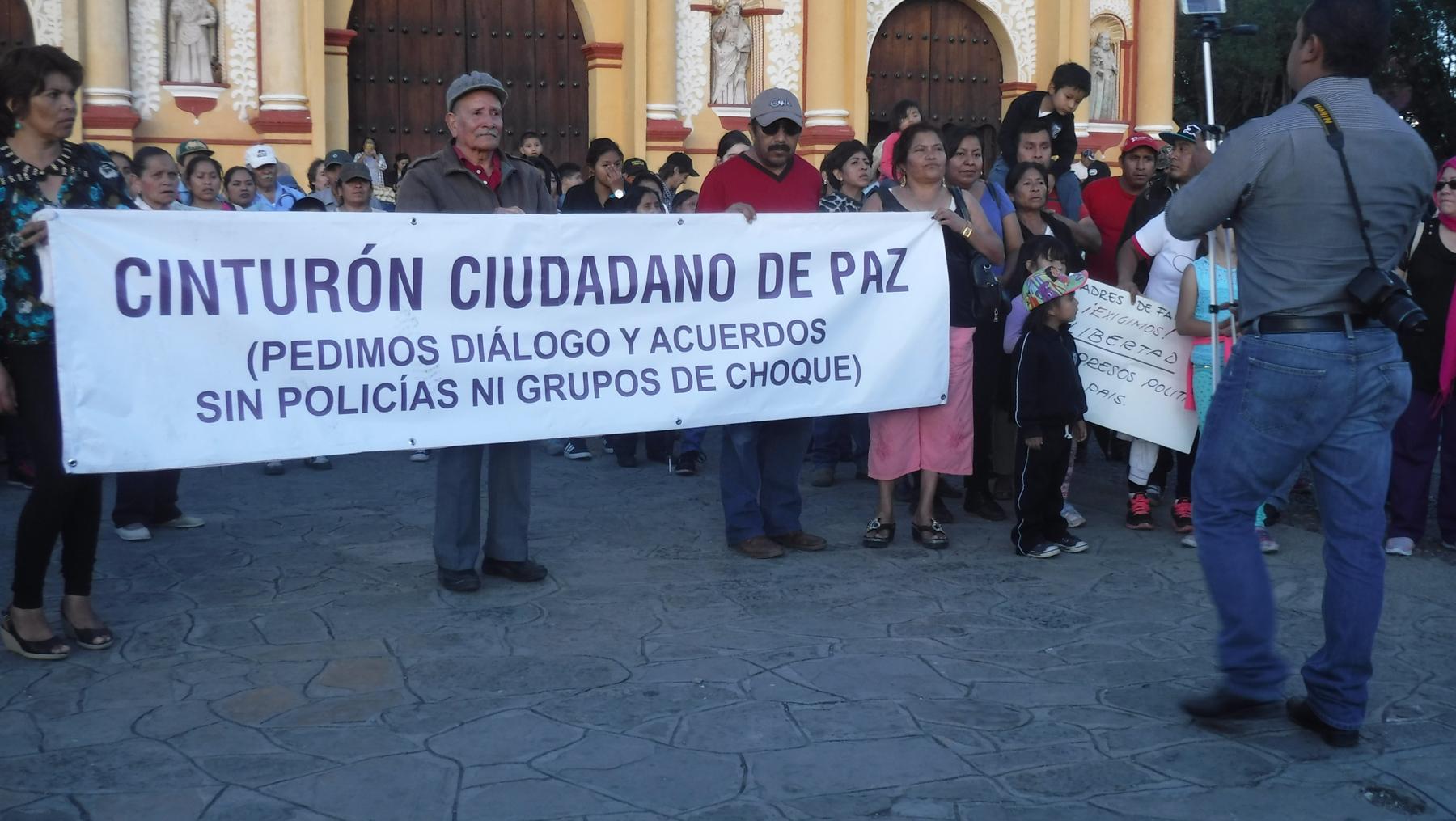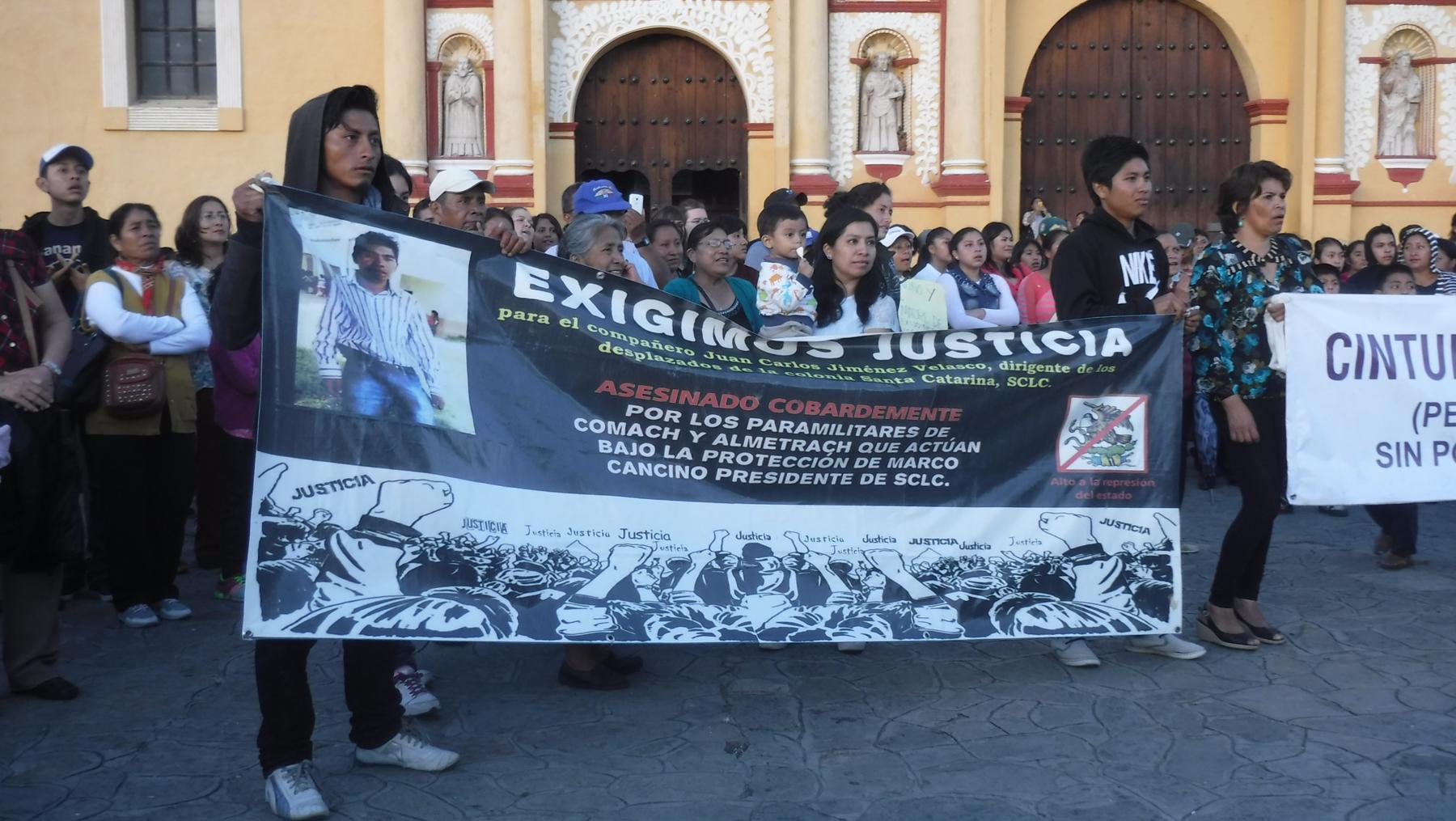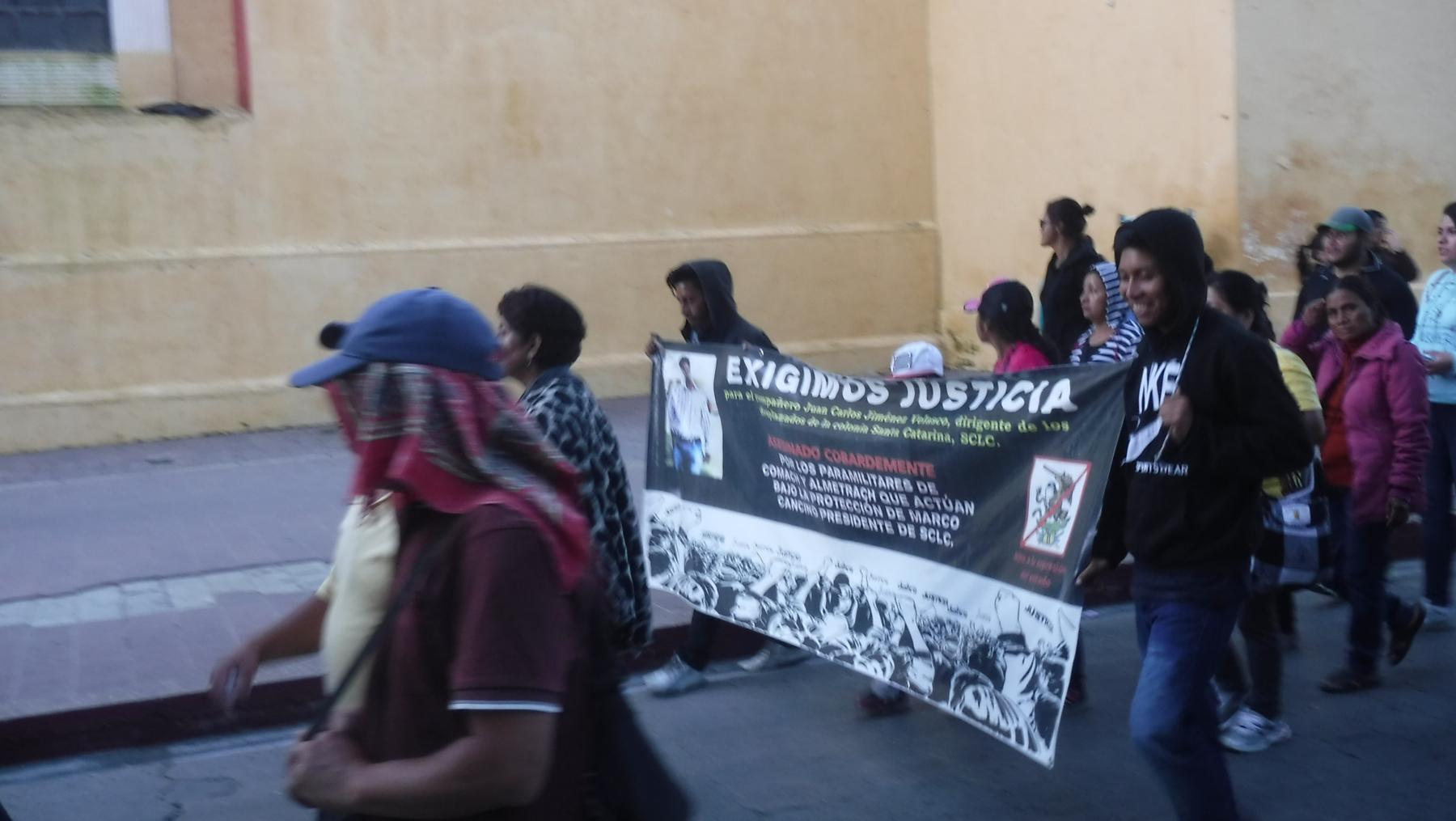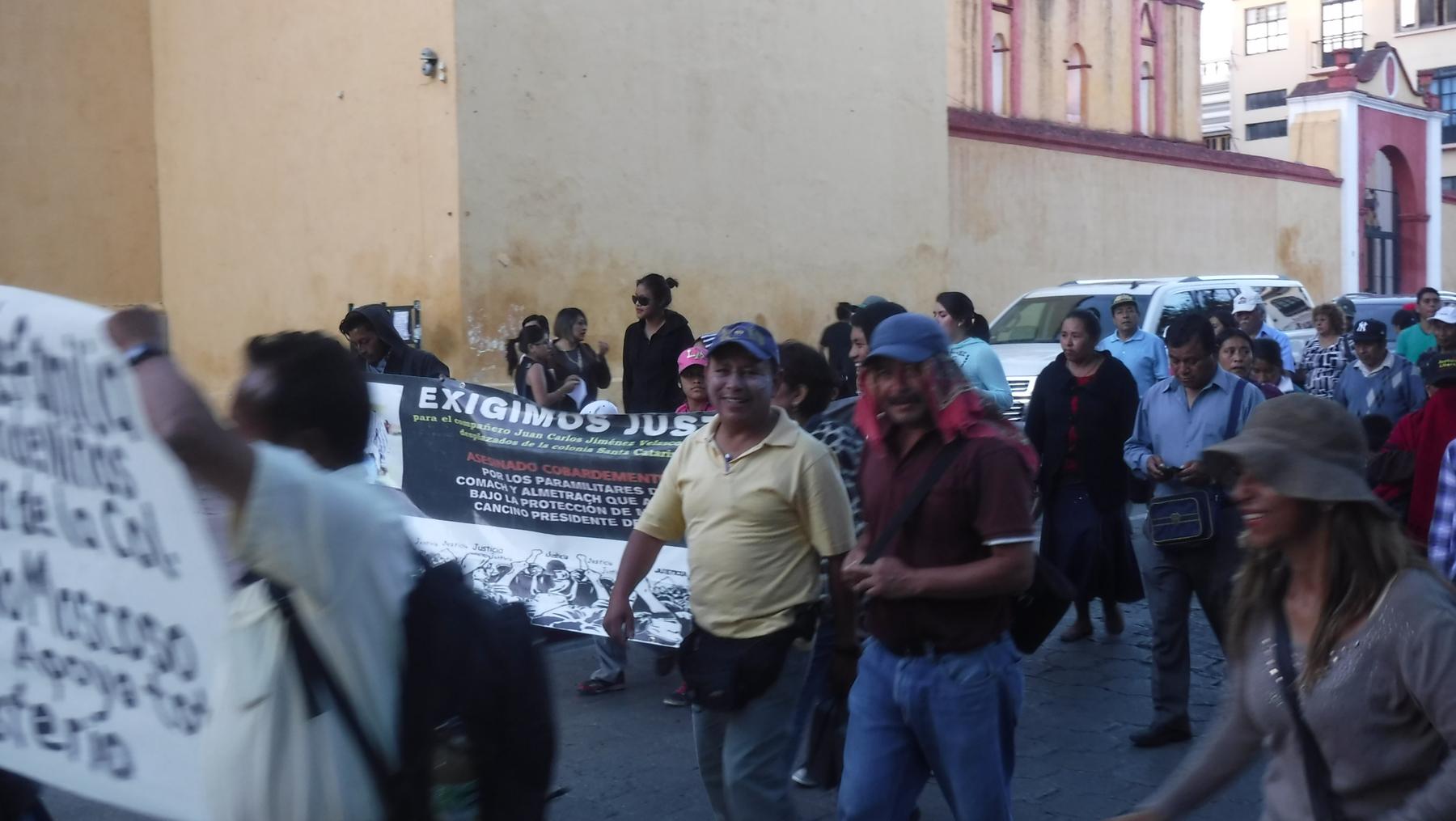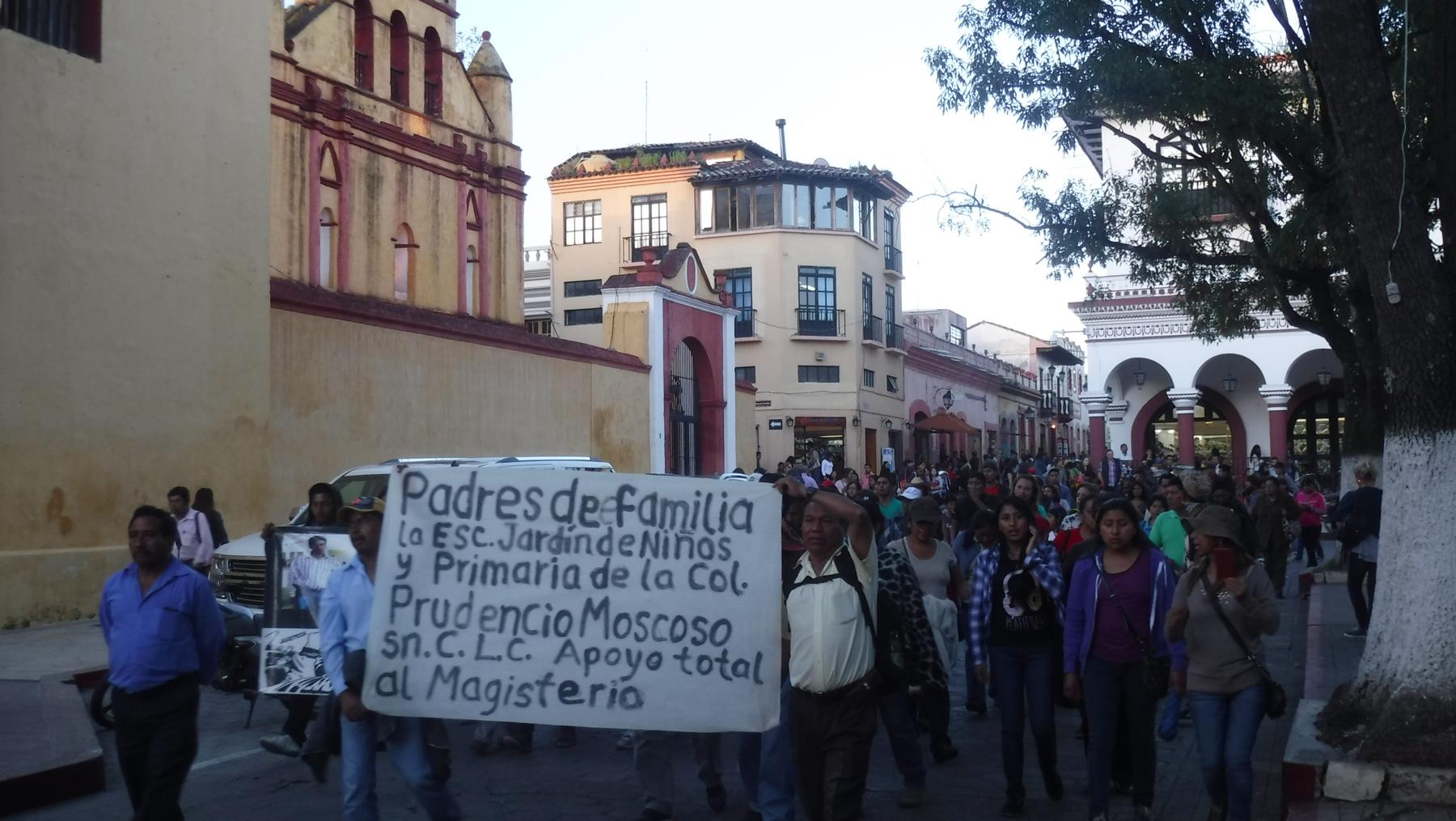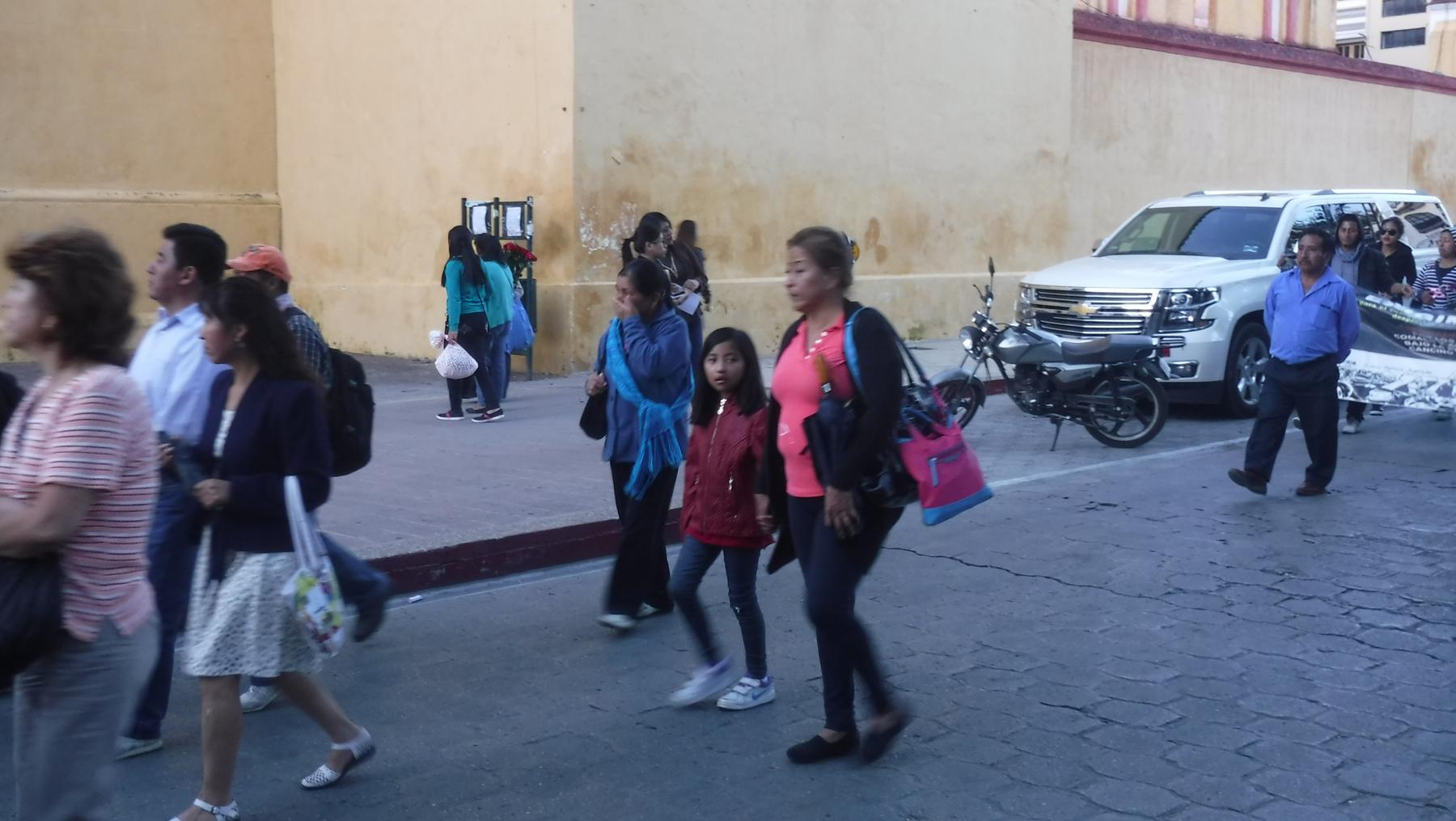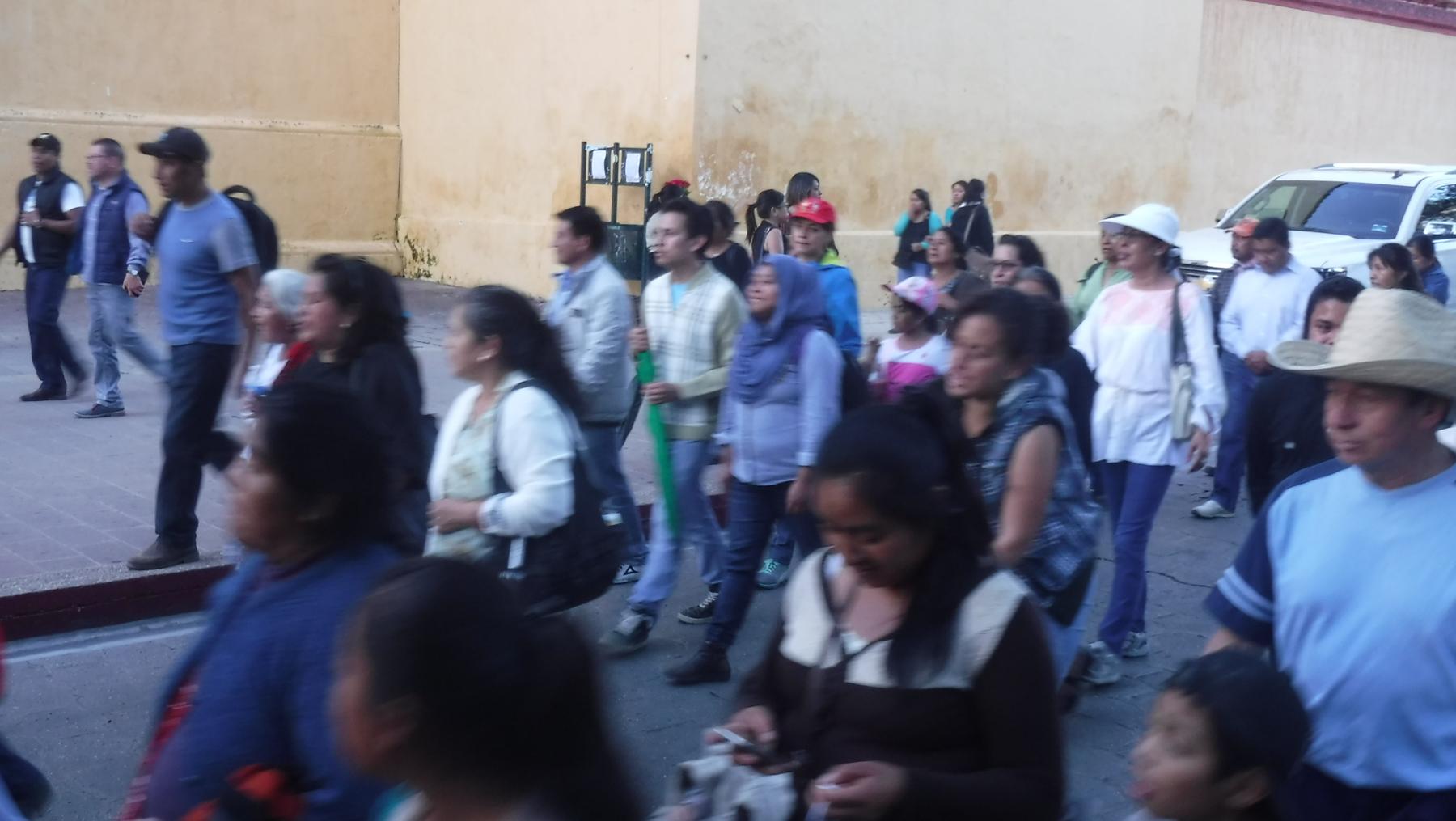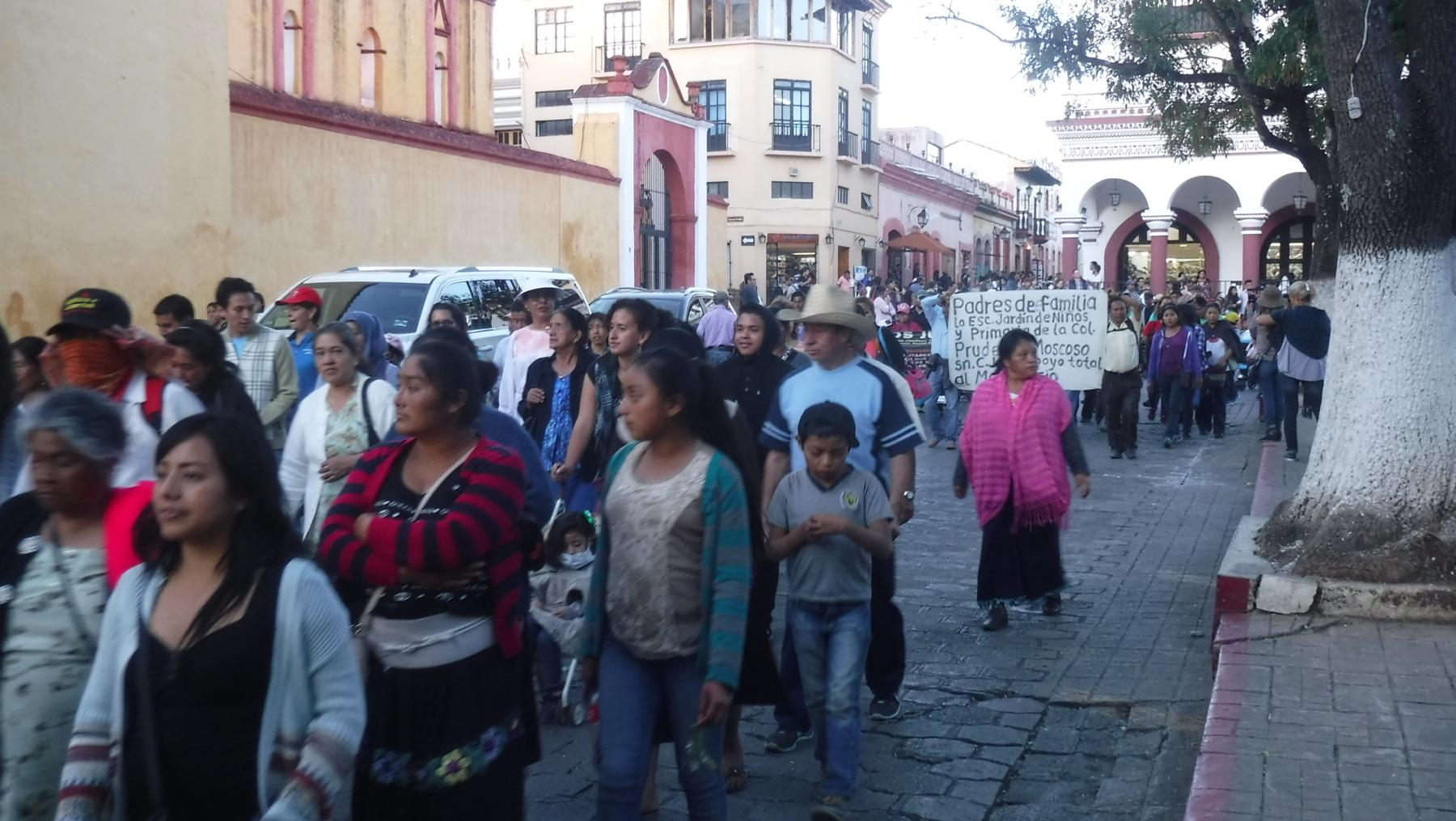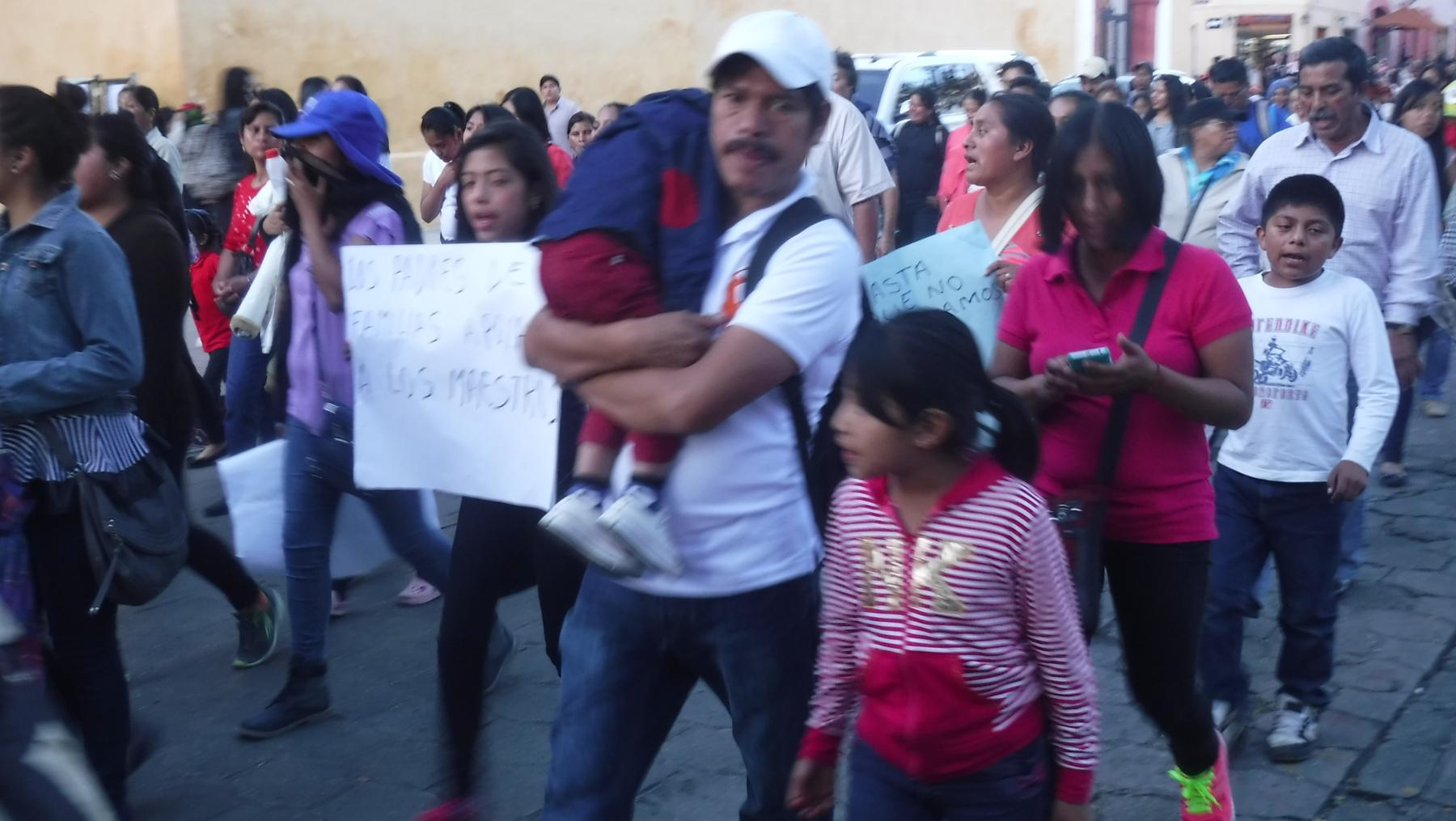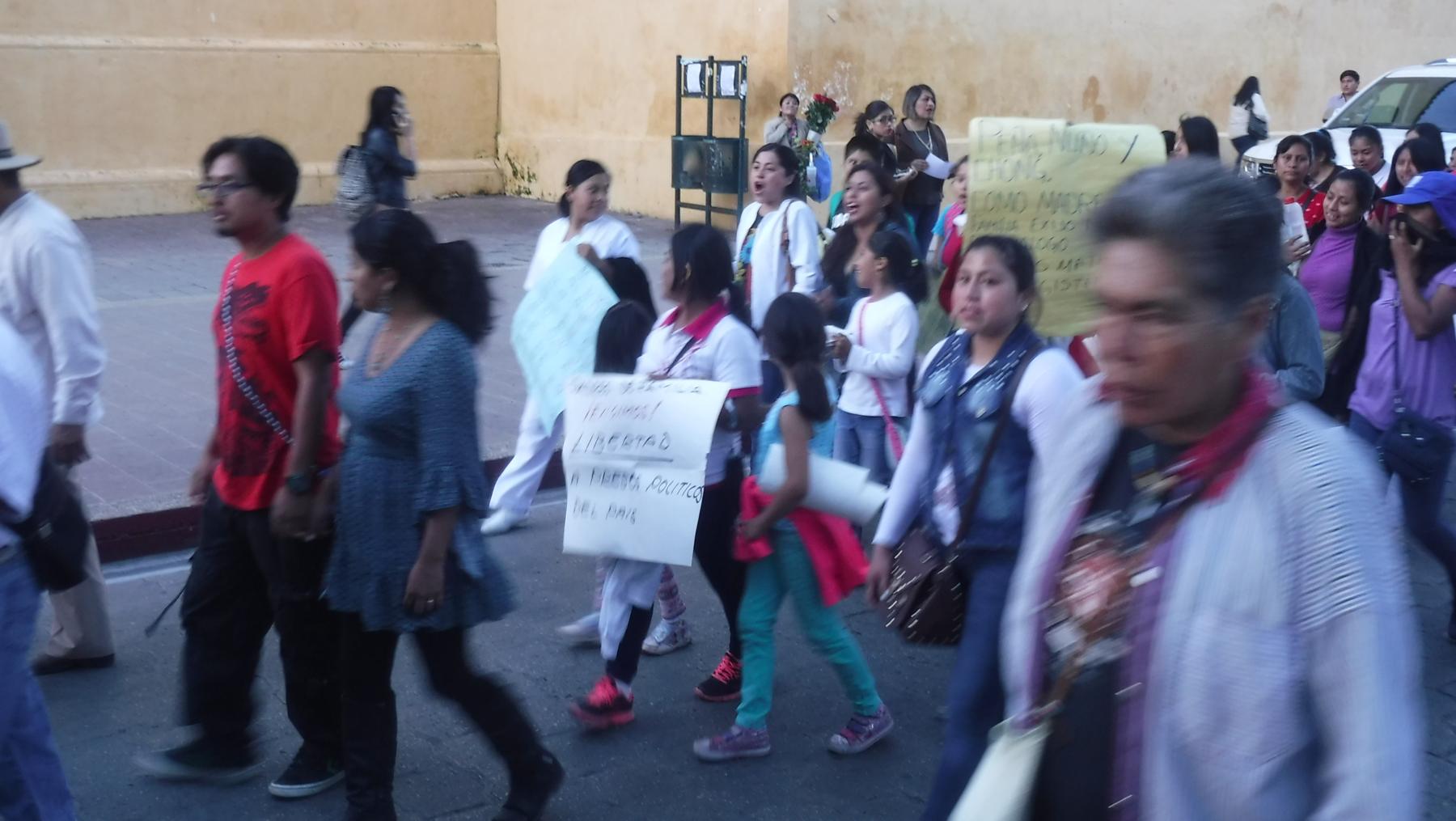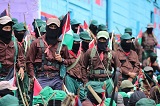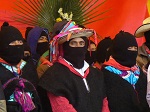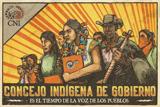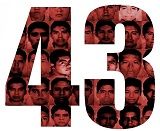Sorry, this entry is only available in Español. For the sake of viewer convenience, the content is shown below in the alternative language. You may click the link to switch the active language.
Desde la Coordinadora Latinoamericana de Cine y Comunicación de los Pueblos Indígenas, expresamos nuestra absoluta indignación por la forma en que actúa y responde el gobierno de México a las justas demandas de diferentes sectores sociales y de la población en general. Estamos muy preocupados y consternados por que dicho gobierno recurre cada día con mayor asiduidad a la fuerza y la represión ante los reclamos de la sociedad mexicana, incluidos los pueblos indígenas de ese país.
Expresamos igualmente, y en este caso de forma específica, nuestro total rechazo y condena por la forma en que el gobierno mexicano ha reprimido al sector magisterial, estudiantil y a las comunidades indígenas de México. El más reciente ejemplo de esto es la masacre de Nochixtlán, el 19 de junio de 2016, en el estado de Oaxaca, donde las fuerzas de seguridad asesinaron a 11 personas y lesionaron a más de 100.
Denunciamos también la infiltración de elementos de la fuerza policial en los movimientos de resistencia pacífica magisterial con la intención de provocar violencia y caos. Con estos actos el estado mexicano evidencia el irrespeto a los derechos humanos individuales y colectivos más elementales y demuestra una política genocida en vez de solucionar el conflicto de manera pacífica y dialogada.
Los bloqueos carreteros se han intensificado de manera acelerada. La sociedad está a punto de colapsarse si el gobierno sigue en ese planteamiento de cerrarse a la revisión de la reforma educativa partiendo de consultar y escuchar al movimiento magisterial y a la sociedad civil mexicana.
Ante toda esta situación, desde la Coordinadora Latinoamericana de Cine y Comunicación de los Pueblos Indígenas:
Exigimos al gobierno mexicano y a su presidente Enrique Peña Nieto que resuelva el conflicto de manera inteligente y pacífica, con cordura y diálogo.
Igualmente, exigimos al gobierno de México que depure entre las fuerzas policiales las responsabilidades por la brutal represión ejercida injustificadamente contra nuestros hermanos del magisterio.
Hacemos un llamado a la Corte Interamericana de Derechos Humanos para que mantenga una observancia rigurosa y continua de los procesos que se vayan dando en la situación actual de México y del continente americano.
Por último, expresamos desde esta Coordinación Continental nuestro solidaridad, respeto y apoyo a las justas demandas de los/as maestros/as de México y nos posicionamos a su lado en la lucha que llevan adelante.
Coordinadora Latinoamericana de Cine y Comunicación
de los Pueblos Indígenas – CLACPI- Coordinación General
Org. Tseltal Bachajón Comunicación. México.
Consejo de Sabios
Org. Chirapaq Centro de Culturas Indígenas del Perú. Perú.
Org. Muestra de Cine Indígena de Venezuela. Venezuela
Org. Mapu express. Chile.
Comisión de Formación, Sudamérica
Org. Asociación Comunitaria Indígena de Comunicación. Argentina.
Comisión de Formación, Mesoamérica
Red Tz’ikin. Guatemala.
Miembros activos y fraternos
Proyecto Videoastas Indígenas de la Frontera Sur (PVIFS), Chiapas, México.
Centro de Formación y Realización Cinematográfica. Bolivia
Coordinadora Audiovisual Indígena de Bolivia. Bolivia
Centro de Comunicación e Investigación Indígena, Chaski Nairampi. Chile.
Centro de Estudios y Comunicación Mapuche Lulul Mawidha. Chile
Centro de Comunicación Mapuche, Kona producciones. Argentina
Fundación Cine Documental. Colombia
Organización Nacional Indígena de Colombia. Colombia
Televisión Serrana. Cuba
Confederación de Nacionalidades Indígenas de Ecuador. Ecuador
Corporación de Productores Audiovisuales de las Nacionalidades y Pueblos. Ecuador
Asociación de Mujeres Comunicadoras Mayas, Nutsij. Guatemala
Asociación para la Comunicación, el arte y la cultura, Comunicarte. Guatemala
Ojo de Tigre. México
Asociación Interétnica de Desarrollo de la Selva Peruana. Perú
Org. CLACPI Venezuela. Venezuela
Fundación Luciérnaga. Nicaragua
Tejido de Comunicación Asociación de Cabildos Indígenas del Norte del Cauca. Colombia
Periódico Mapuche Azkintuwe. Chile
Video en las Aldeas. Brasil
Pro Comunidades Indígenas. Paraguay
Yoochel Kaaj. México
Coordinadora Audiovisual de la Argentina. Argentina
Wapikoni Video Movile. Canadá
Apatapela. Francia
Organización Yanama Wayuu. Colombia
Federación por la Autodeterminación de Pueblos Indígenas. Paraguay
Promedios de Comunicación Comunitaria. México
Ojo de agua Comunicación. México
Is production. Nación Hopi. Estados Unidos
Jvfjen Mapu. Chile
Red de Comunicadores de Ayacucho. Perú
Asociación de Producciones Kichwas. Ecuador
ADKIMVN. Chile
Red Centroamericana de Comunicación
Consejo de Pueblos Indígenas de Nicaragua. Nicaragua
Escuela de Cine Comunitario-Asociación de Capacitación e Investigación para la Salud Mental. El Salvador
Revista Jallalla. Bolivia
Parlamento Rionegro. Argentina
Mugarik Gabe. País Vasco
